
Southwest USA
Retirement Trip
September 2019
29 Days – 6,500 Miles – 19 States
7 National Parks
Several State Parks – 6,000+ Photos
1 Trillion Insects Squished by Car Windshield
From 108 Degrees to Snow
From 282 Feet Below Sea Level to 12,000+ Feet
Bison, Elk, Prairie Dogs, Lizards, Wild Horses
Elvis, Aliens, John Wayne Westerns
Walking In The Footsteps of Forrest Gump
And More!

Mesa Verde National Park, Colorado
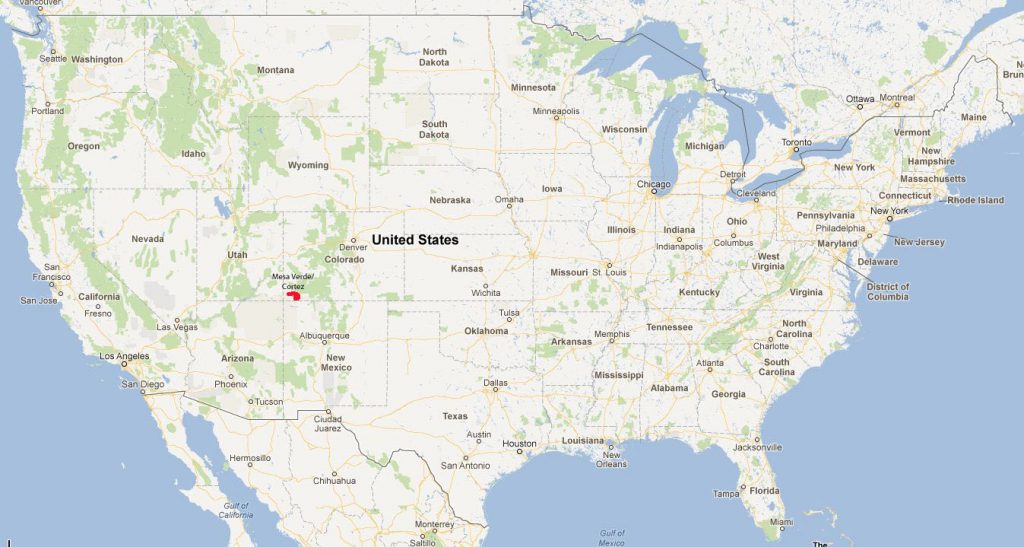
Established by Congress in 1906, Mesa Verde NP occupies over 52,000 acres. With more than 5,000 sites, including 600 cliff dwellings, it is the largest archaeological preserve in the United States. Cliff Palace is thought to be the largest cliff dwelling in North America.
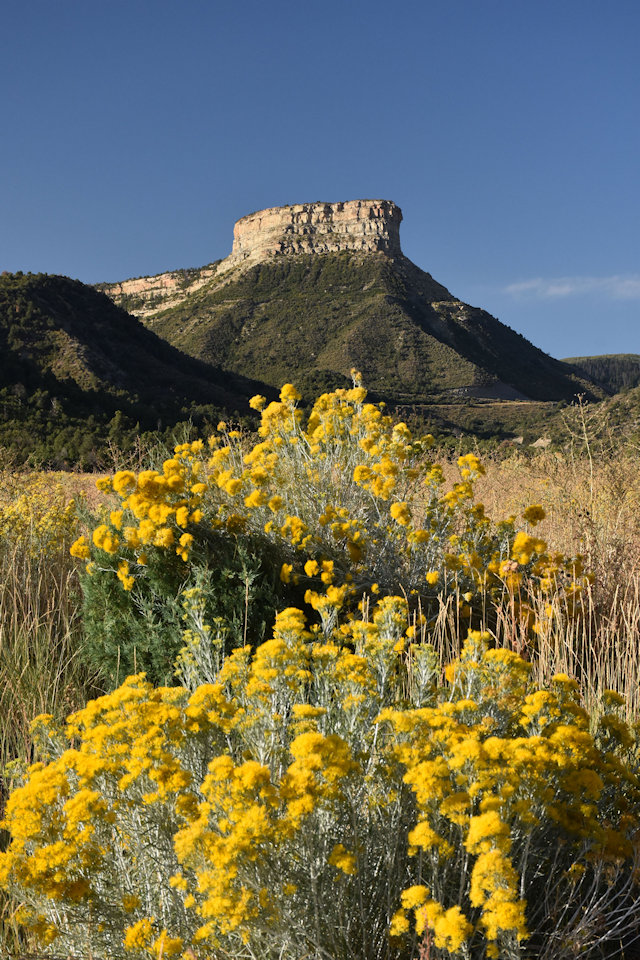
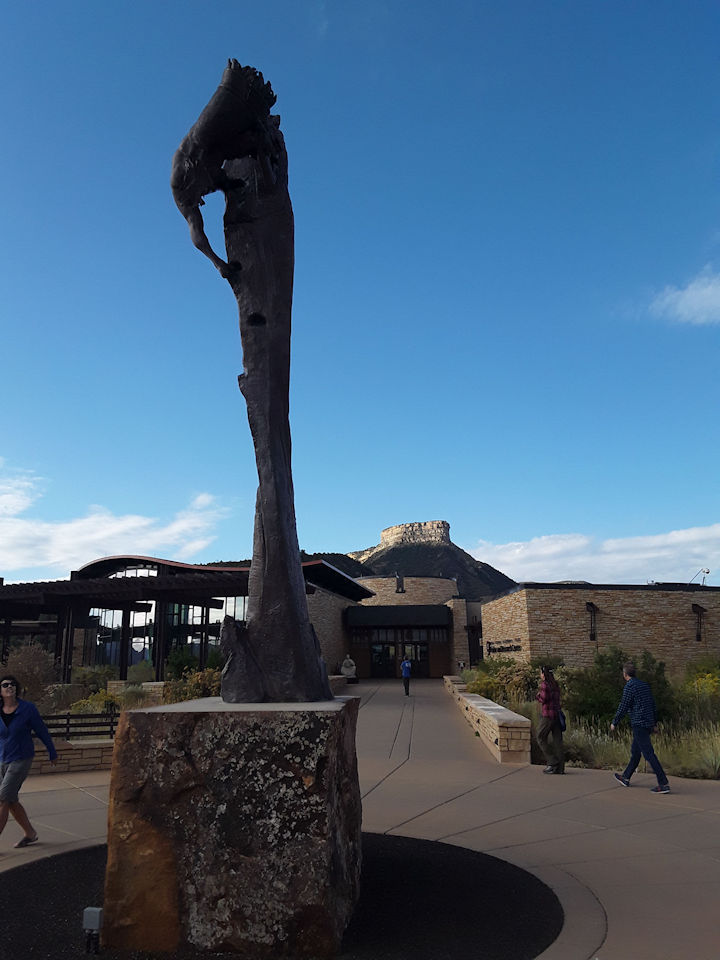
Sculpture “The Ancient Ones” was created by Edward J. Fraughton and gifted to the park. It depicts an ancestral Puebloan climbing up a cliff face using hand and toe holds while carrying a bundle of wood for fuel.
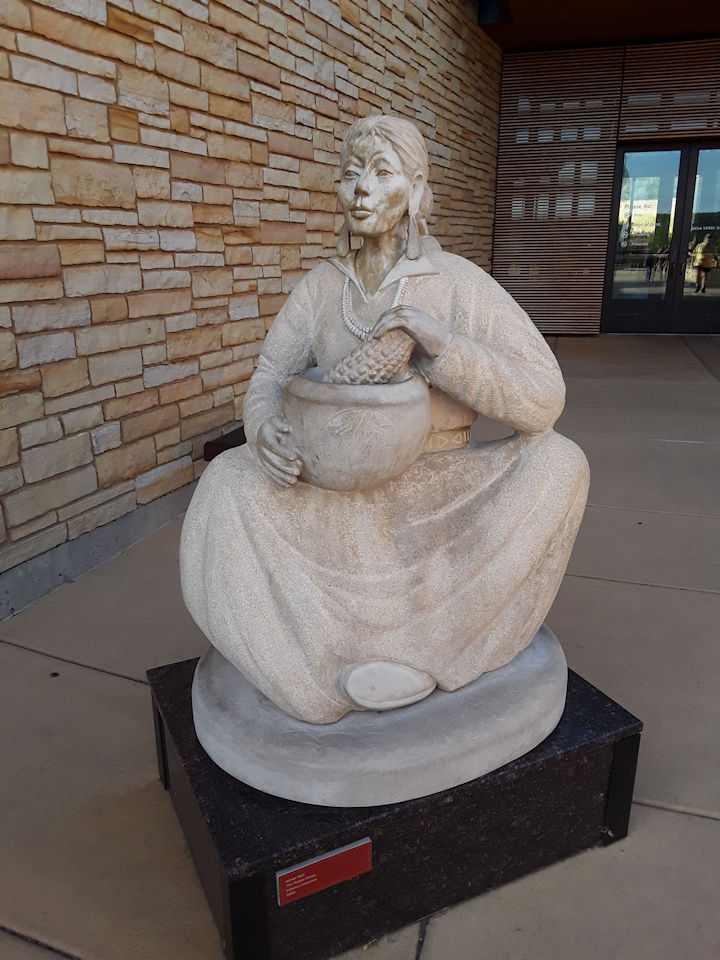
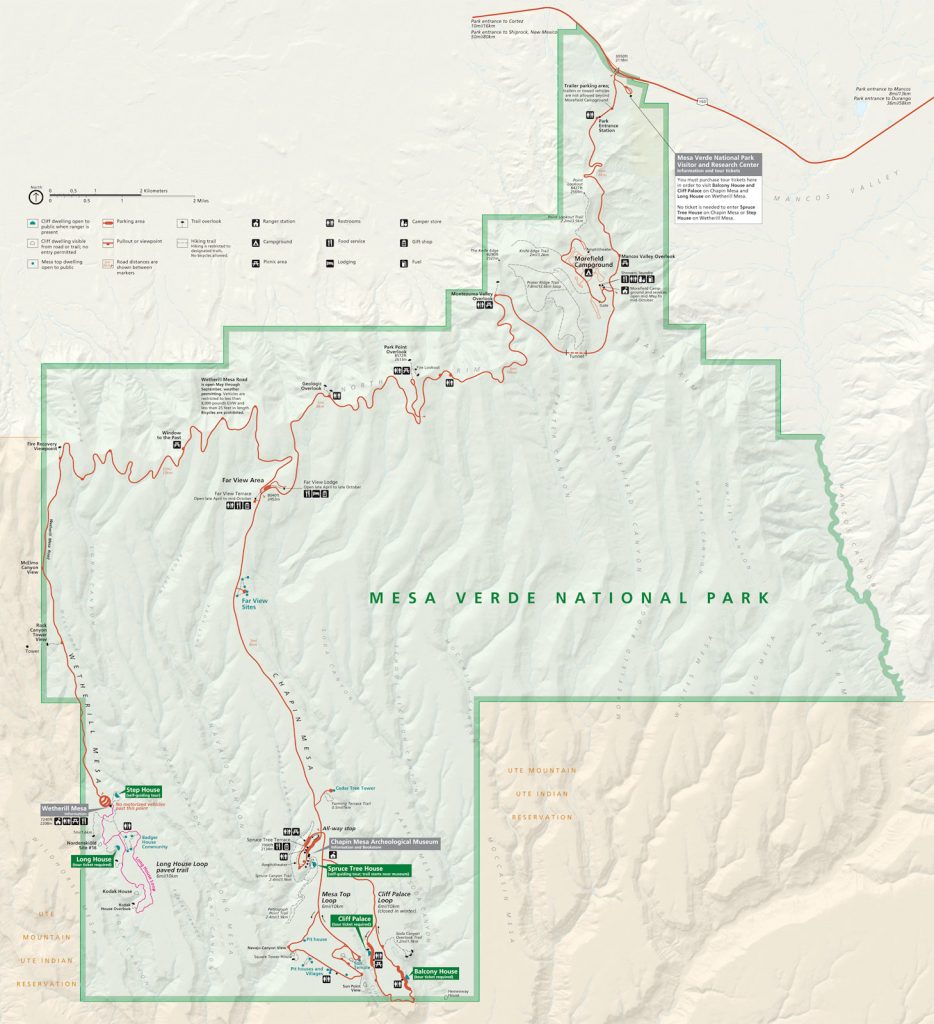
After getting maps and figuring out our plan for the day, we headed out from the Visitor Center.
First, we will head straight to the bottom of the map and visit Mesa Top Loop and Cliff Palace Loop.
It’s about 25-30 miles, so there is plenty to see along the way.
Later, we will backtrack to the middle and go down Wetherill Mesa to the Step House on the western edge.
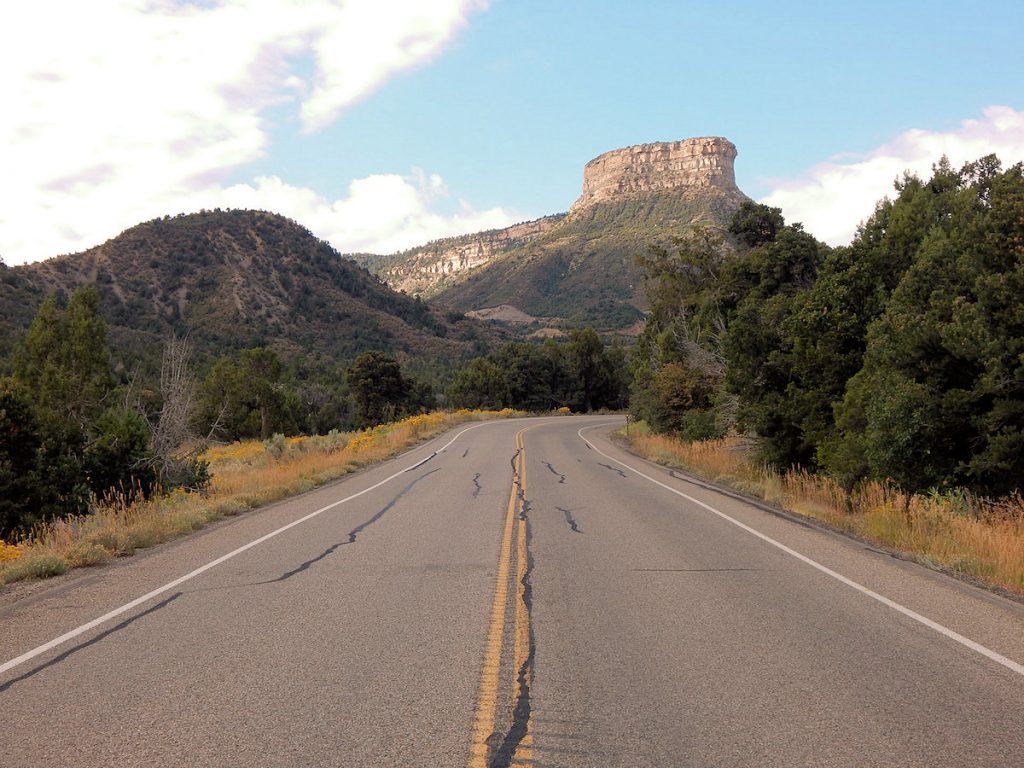
We got to enjoy the view of Point Lookout on the way up.
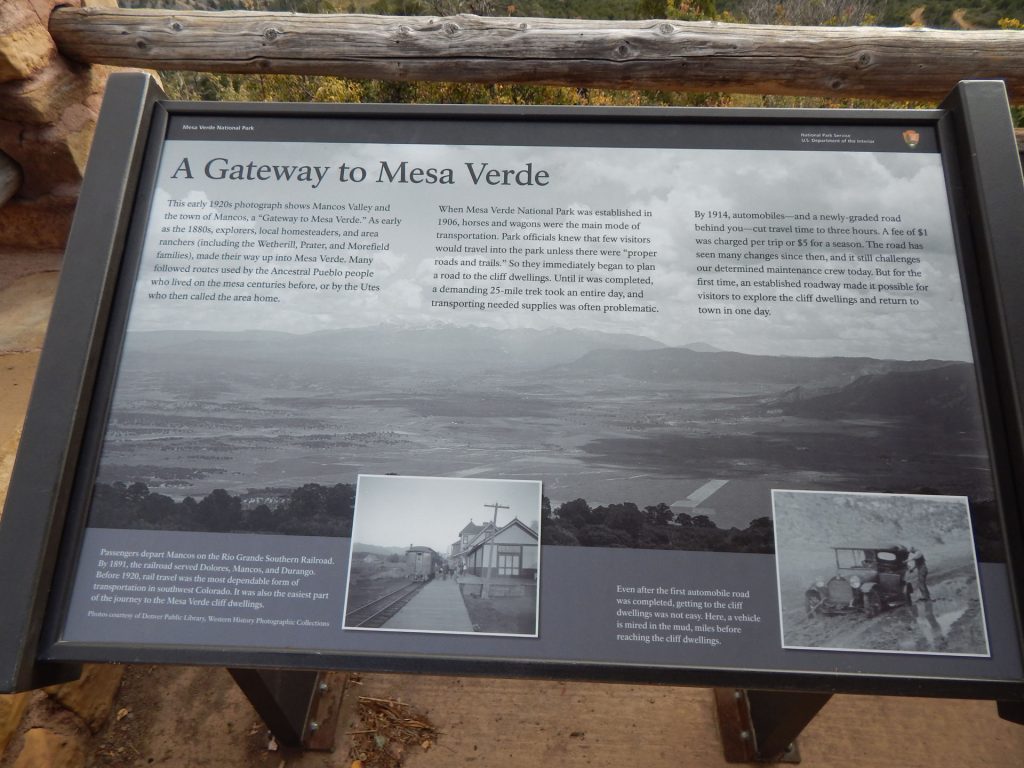
This sign gives some history of the area.
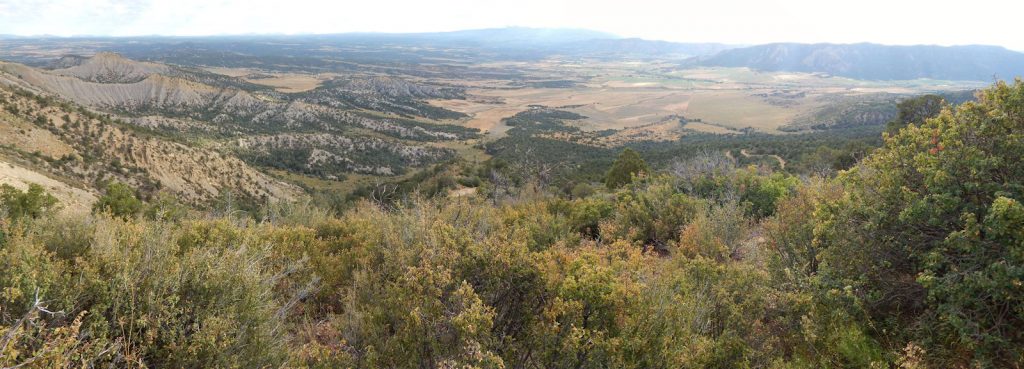
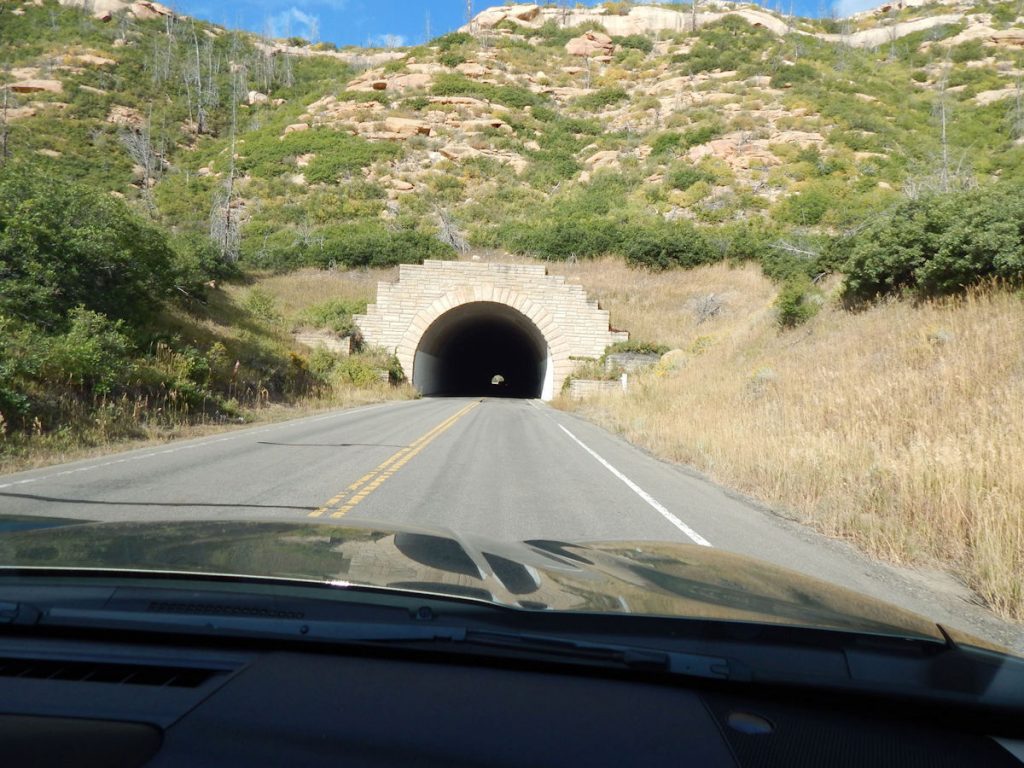
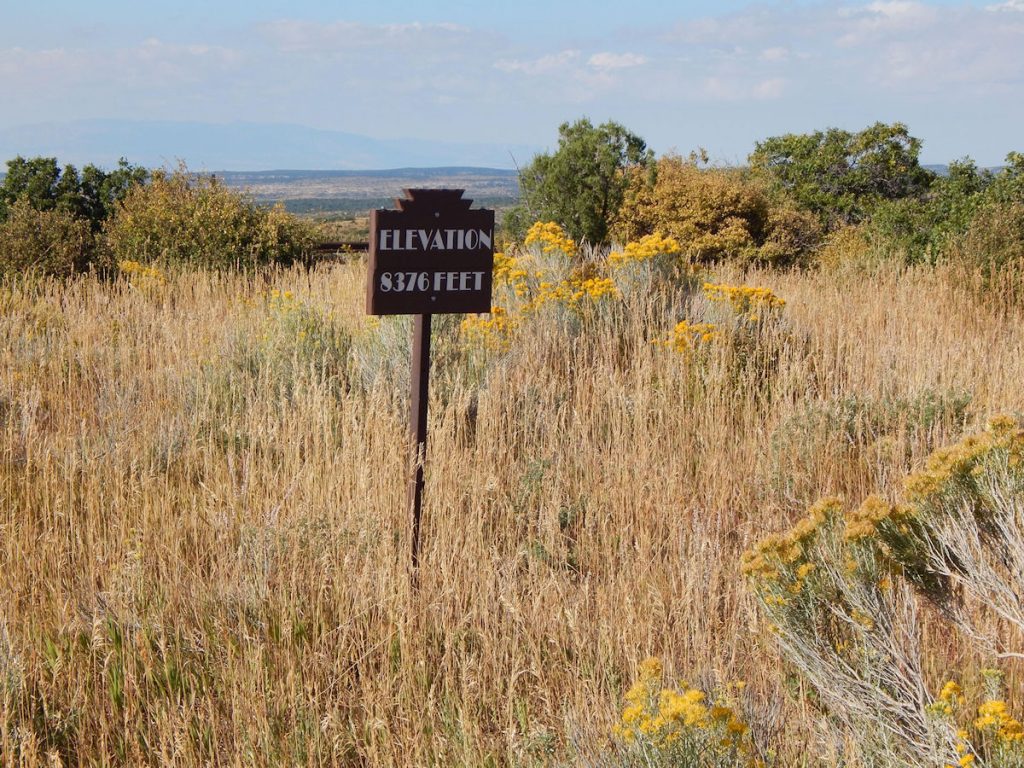
Only by about 200 feet, though. In a few hours, this one will be bumped to second place.
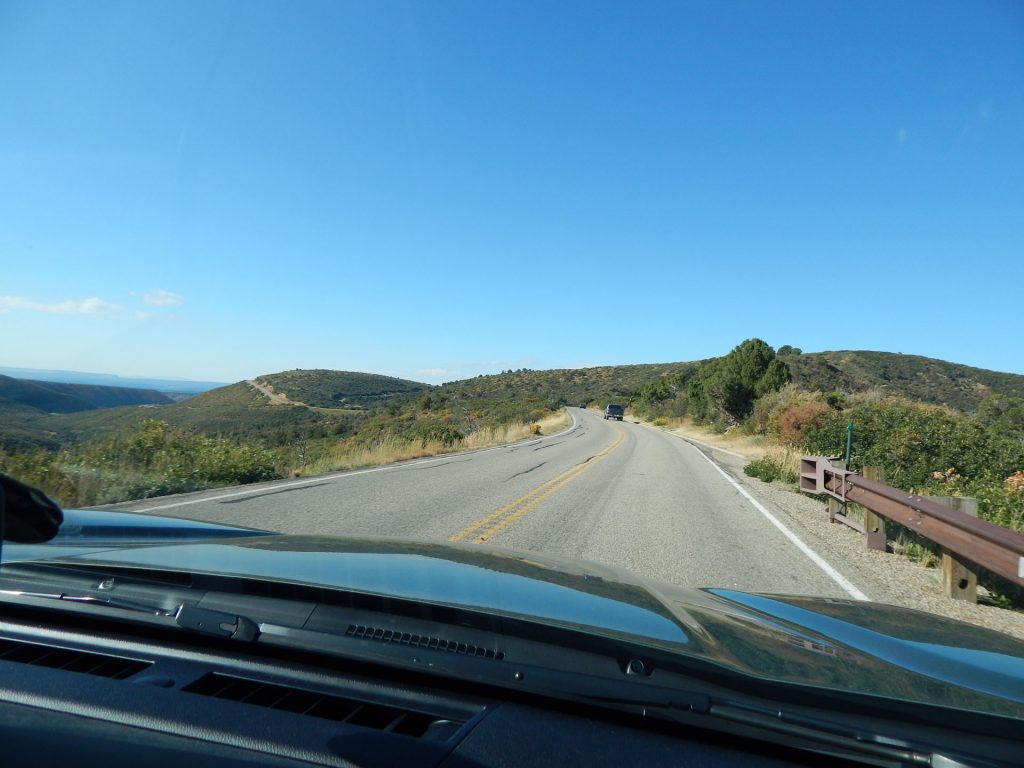
MONTEZUMA VALLEY OVERLOOK
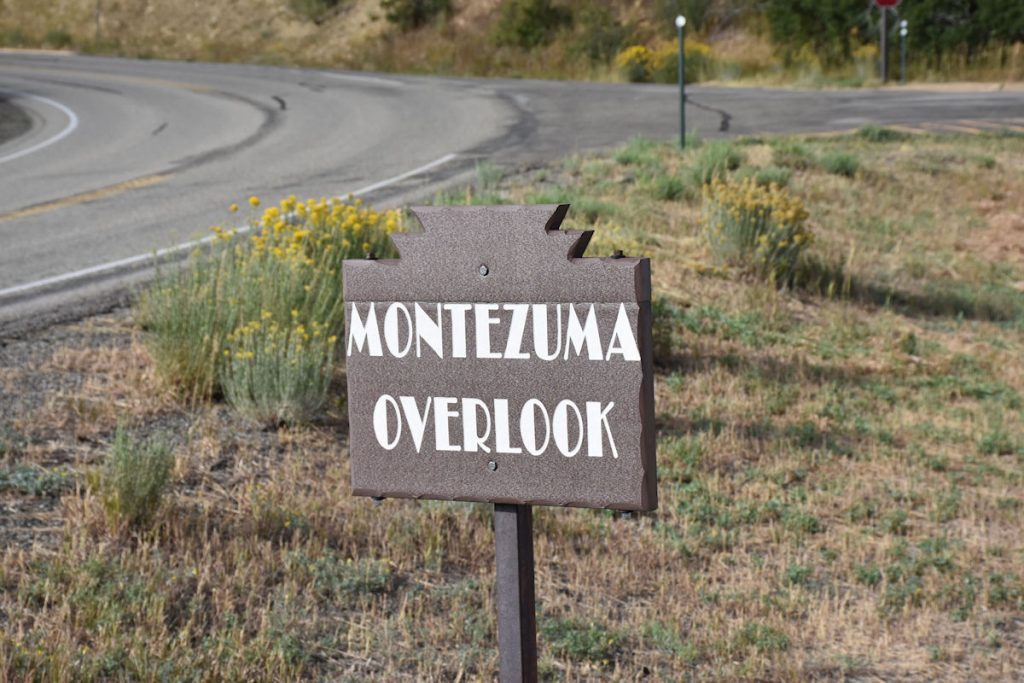
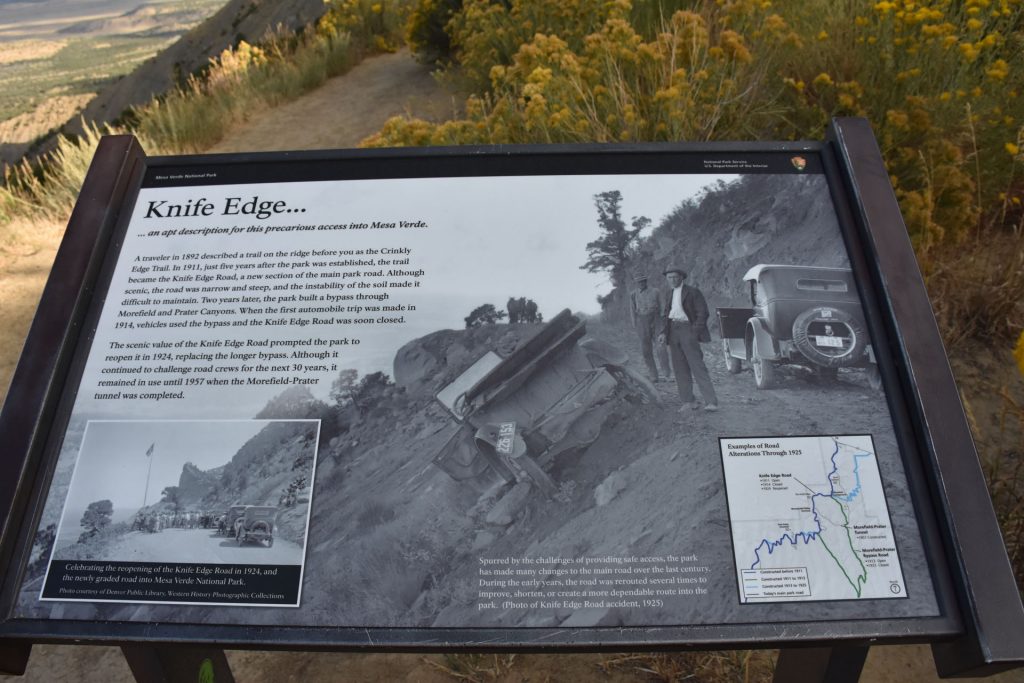
Now, the tunnel offers a more direct route without having to take this narrow road.
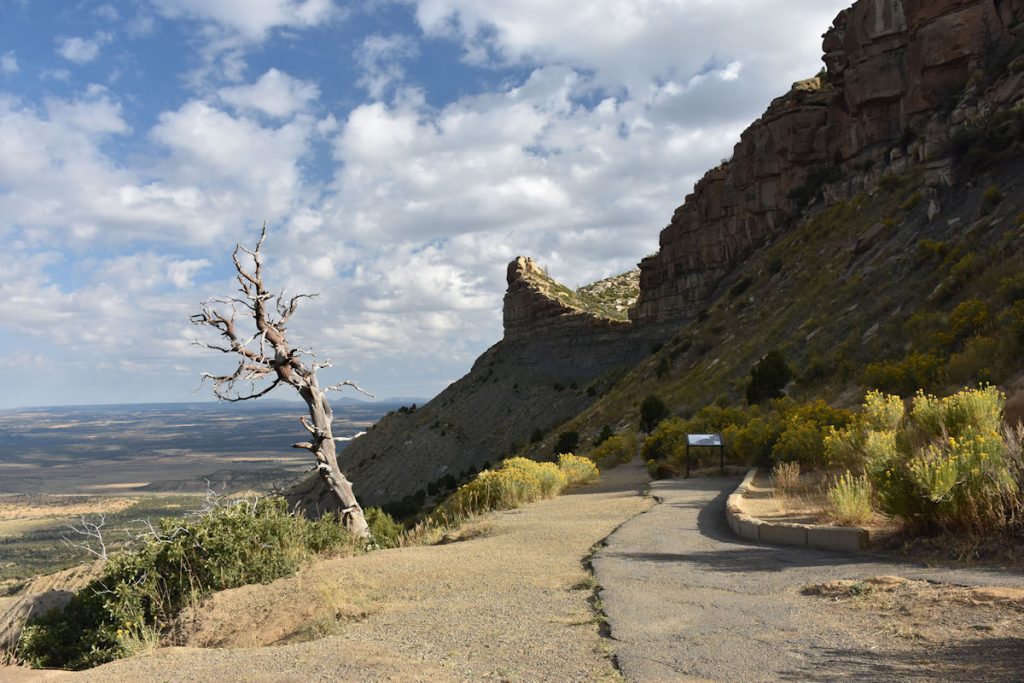
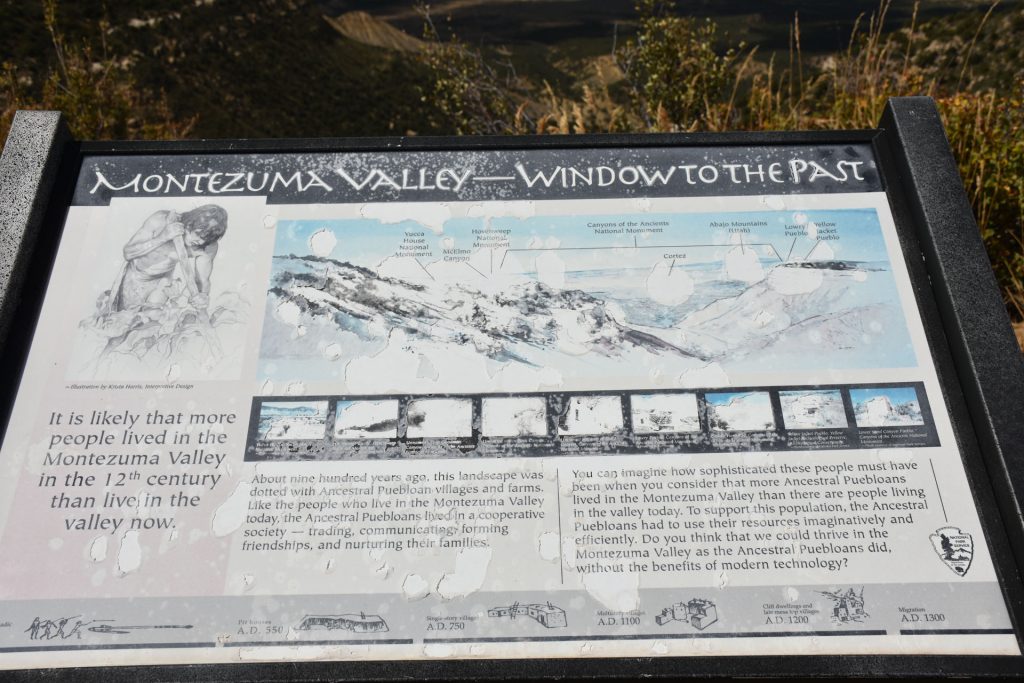

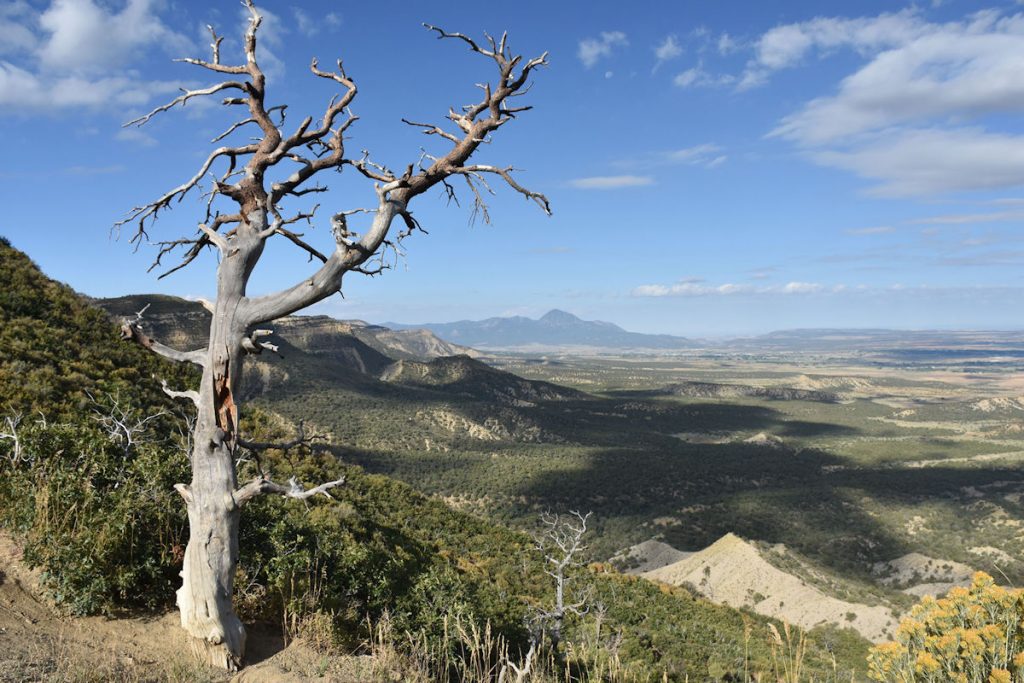
SQUARE TOWER HOUSE (South End of Park)
Our first view of a cliff dwelling was at Square Tower House at the south end of the park.

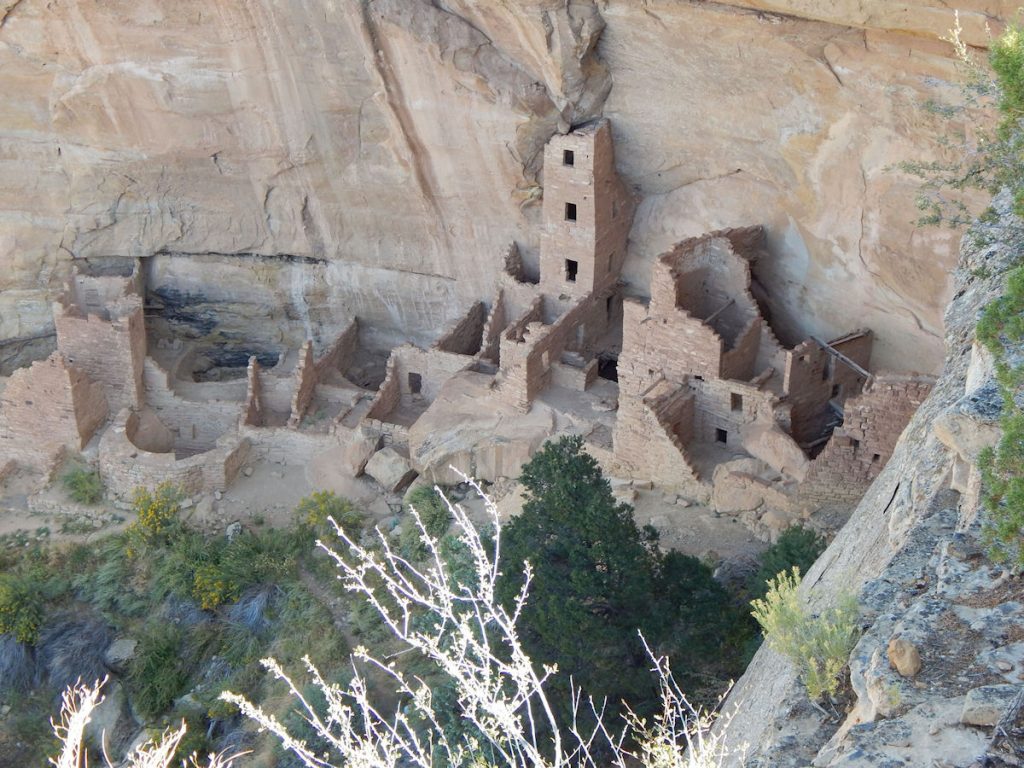
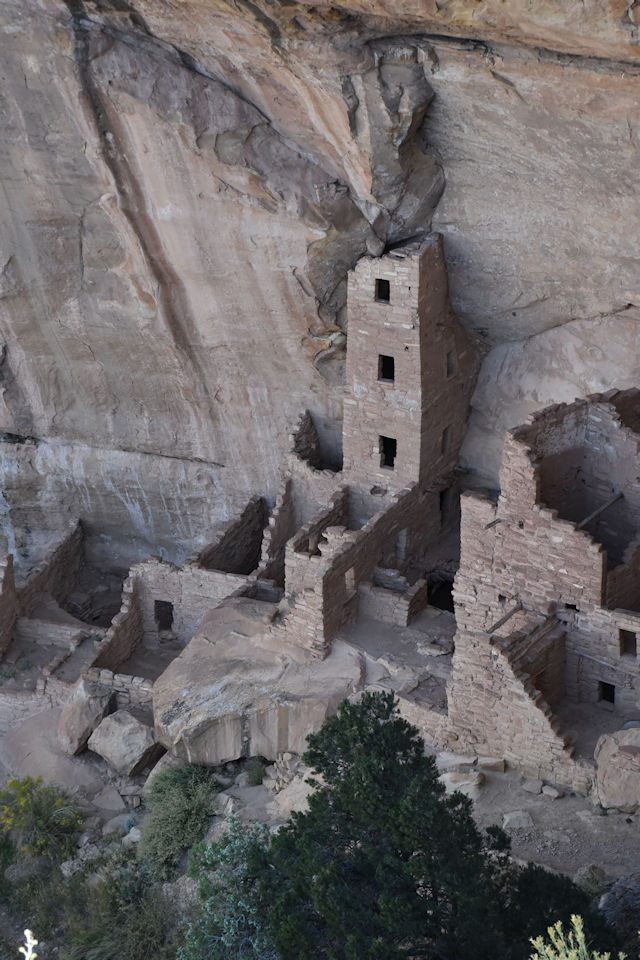
The tower is the tallest structure in Mesa Verde NP.
TRAILS
Throughout the park, there are walking trails connecting various sites.
Here are some photos of flowers and interesting things we saw along the trails.
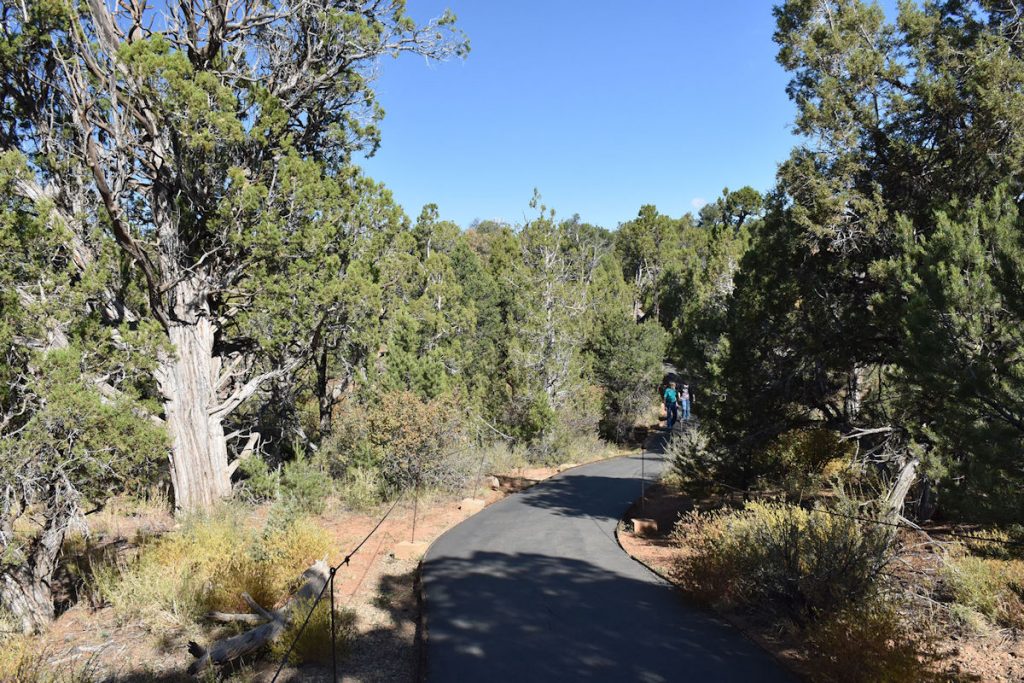
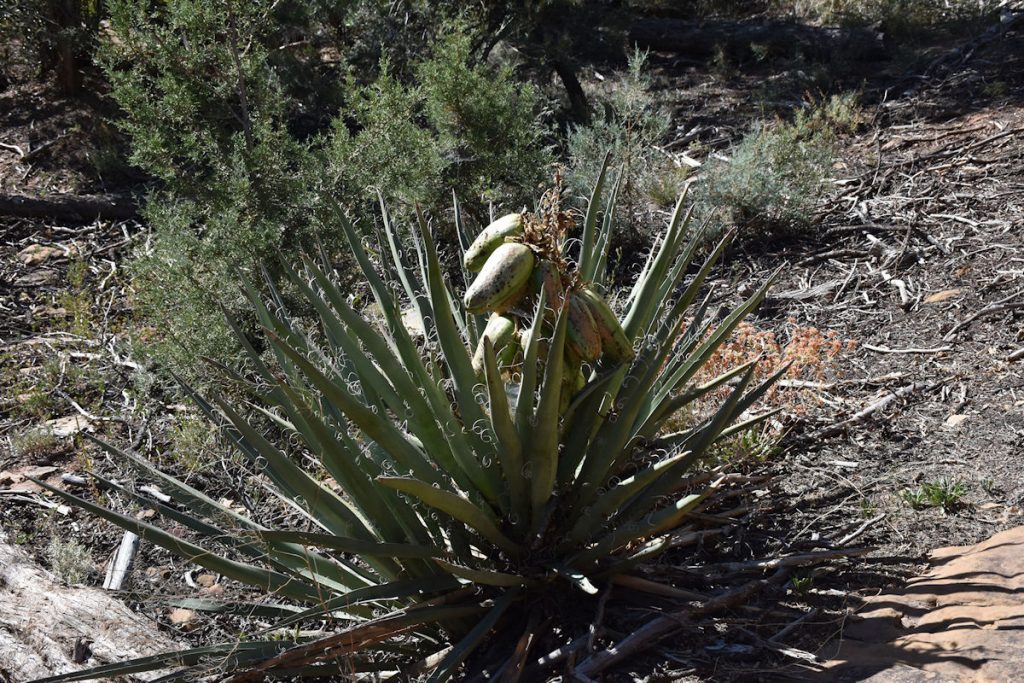
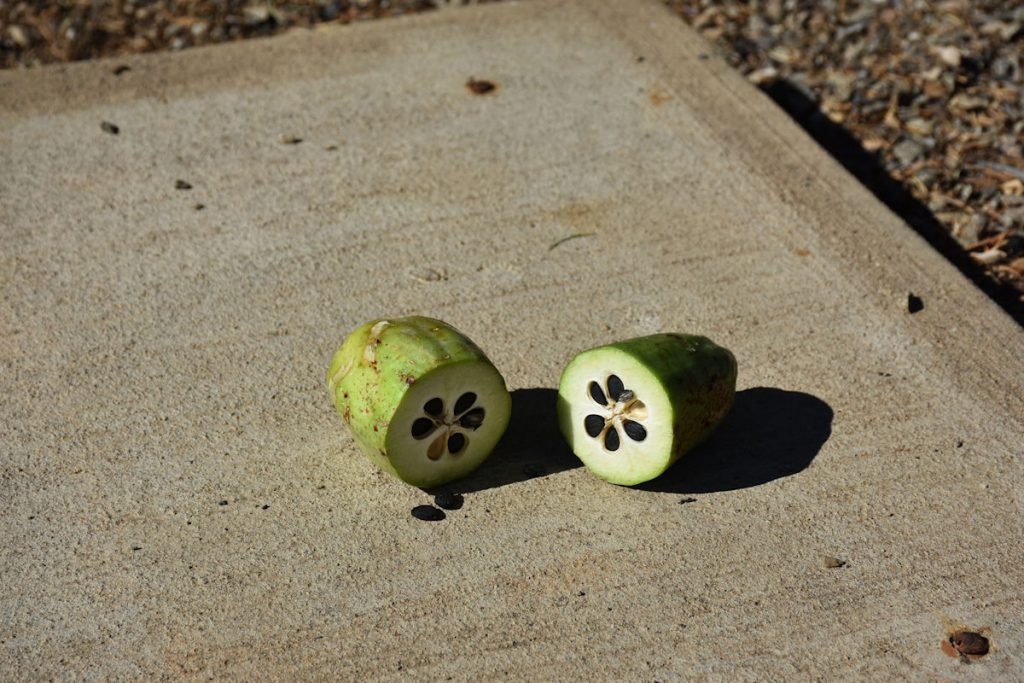
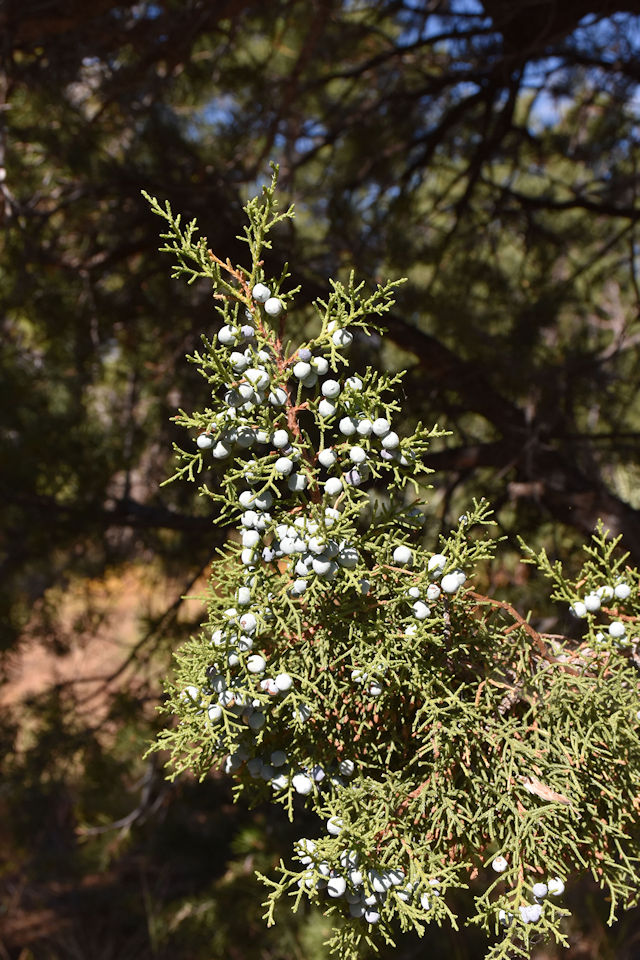

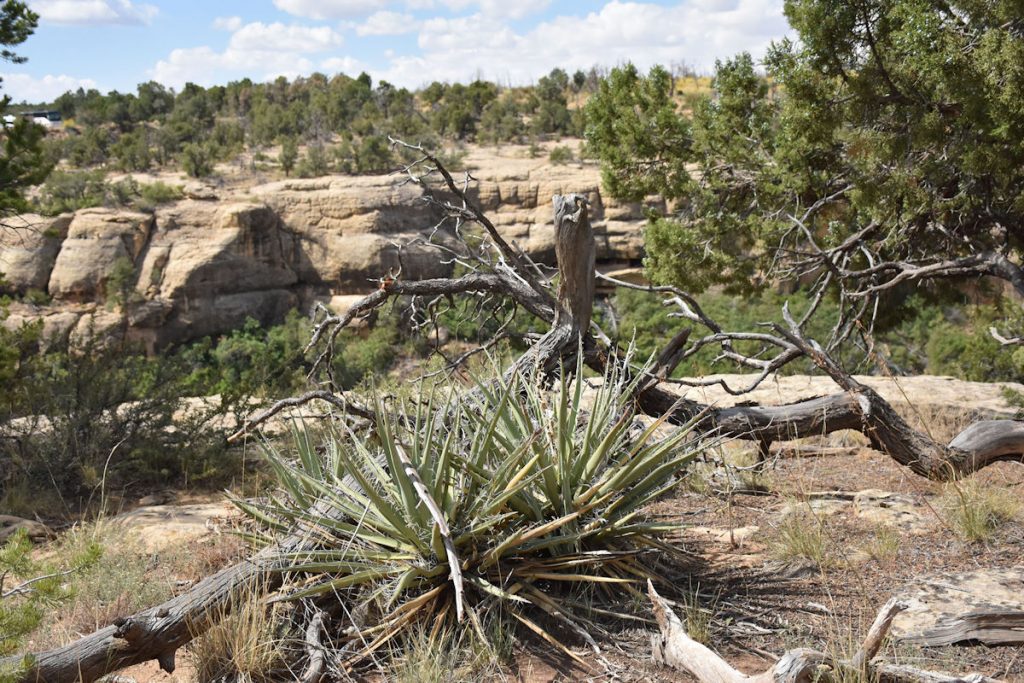
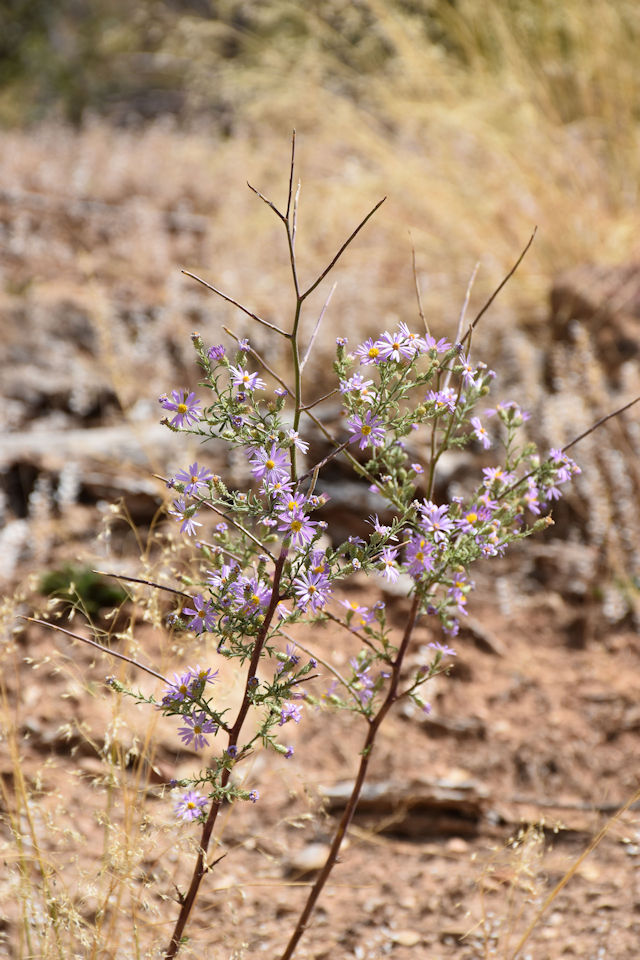
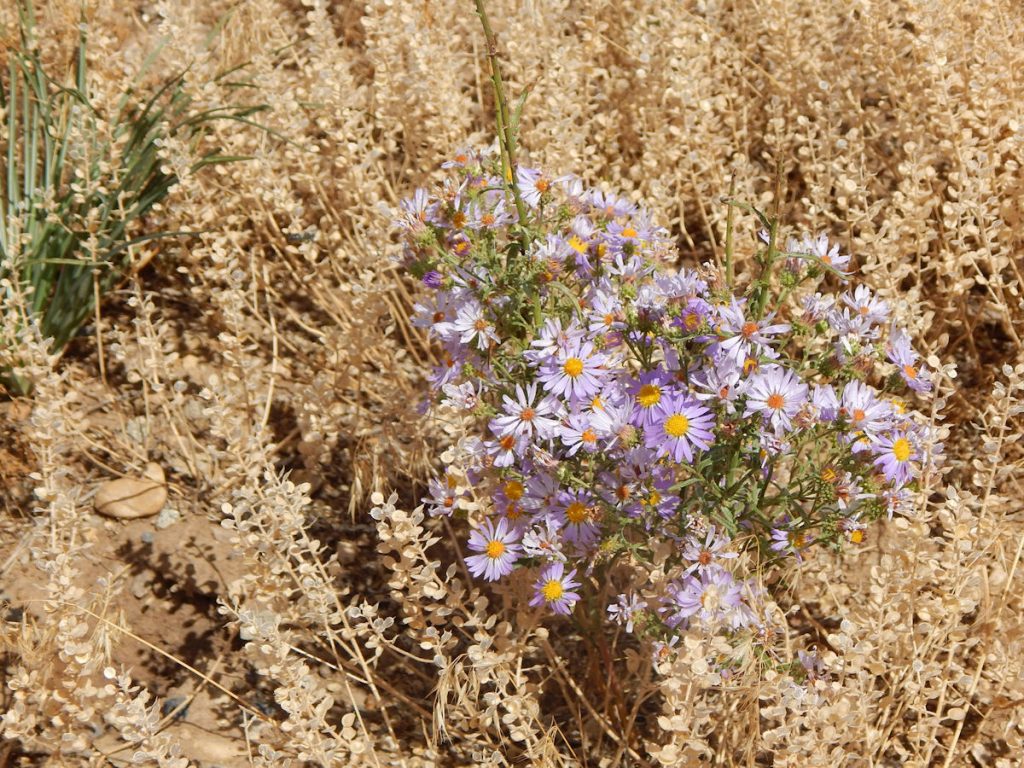
PIT HOUSES AND VILLAGES
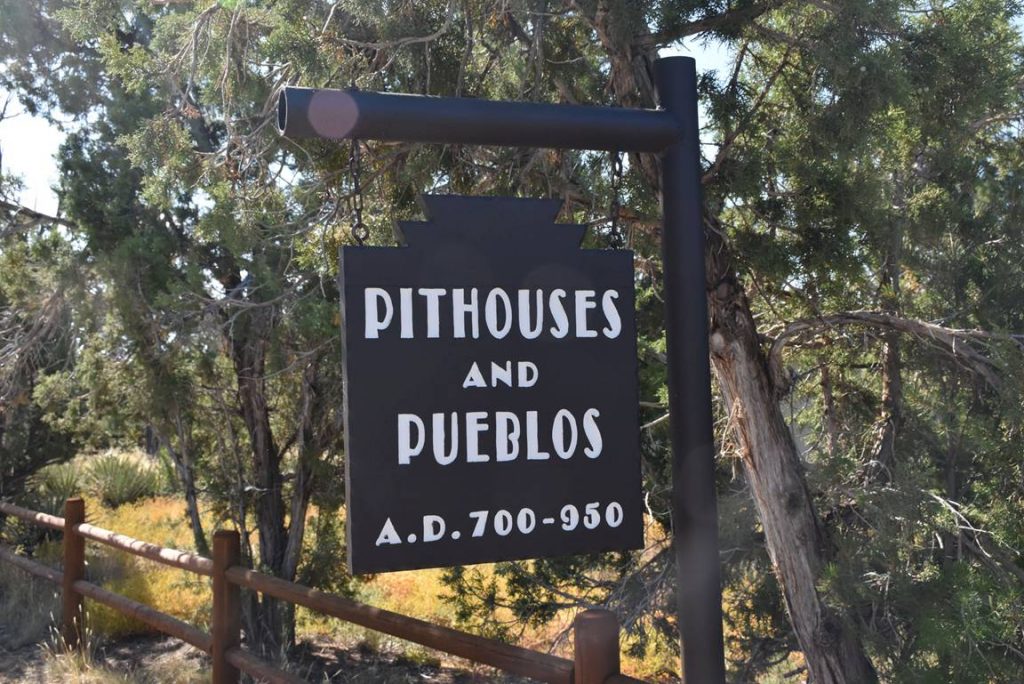
They did this so the homes would be cooler in the summer and warmer in the winter.
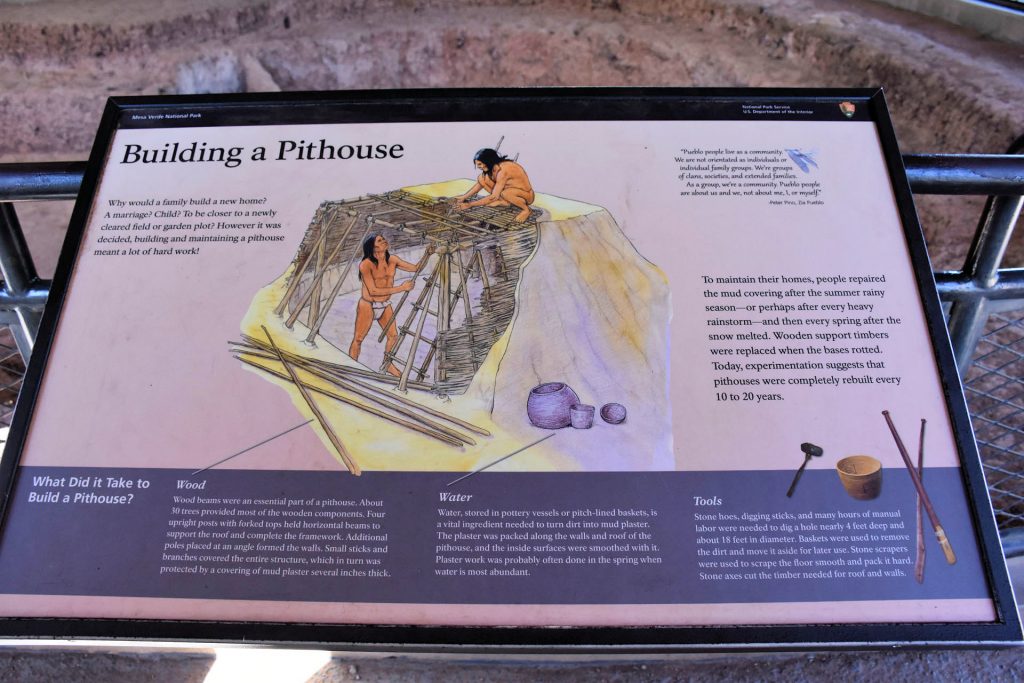
It looks like many were built over the same pit as the previous home.
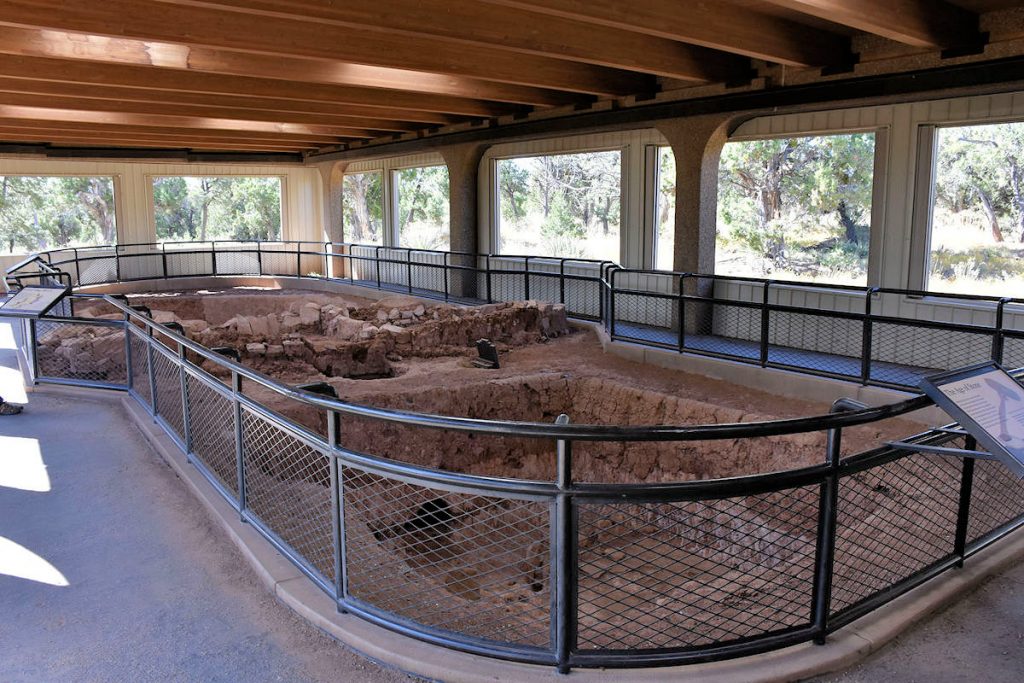
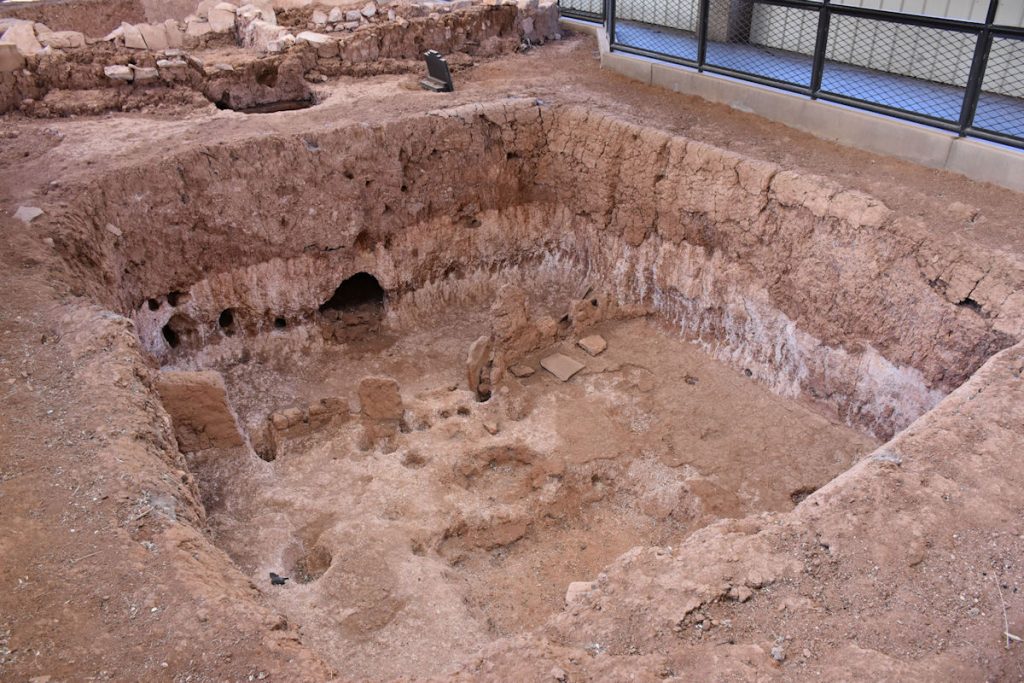
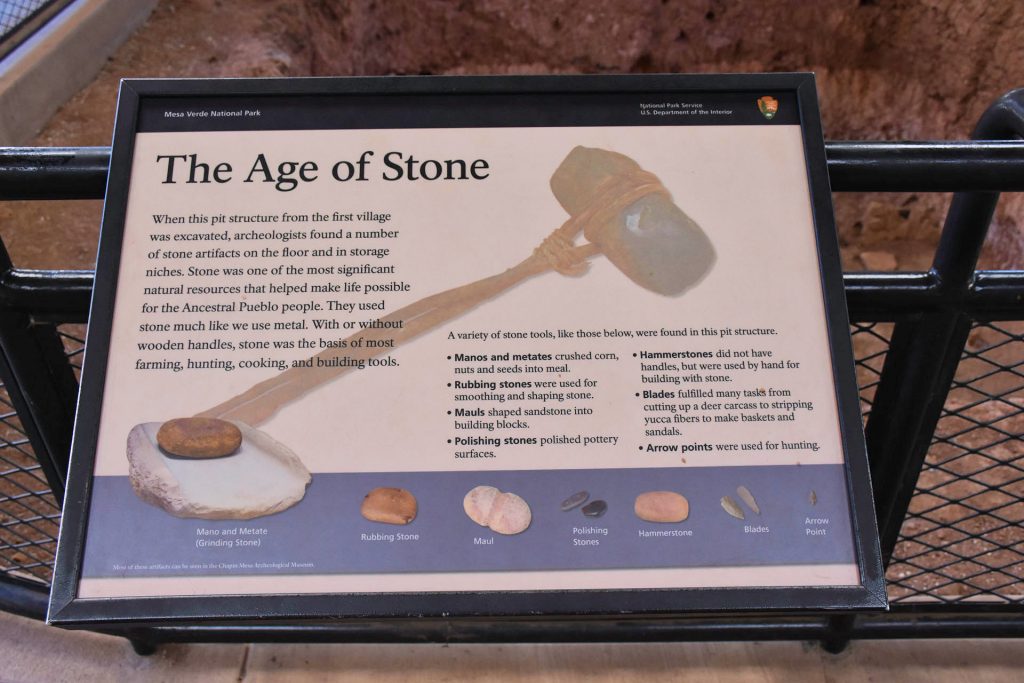
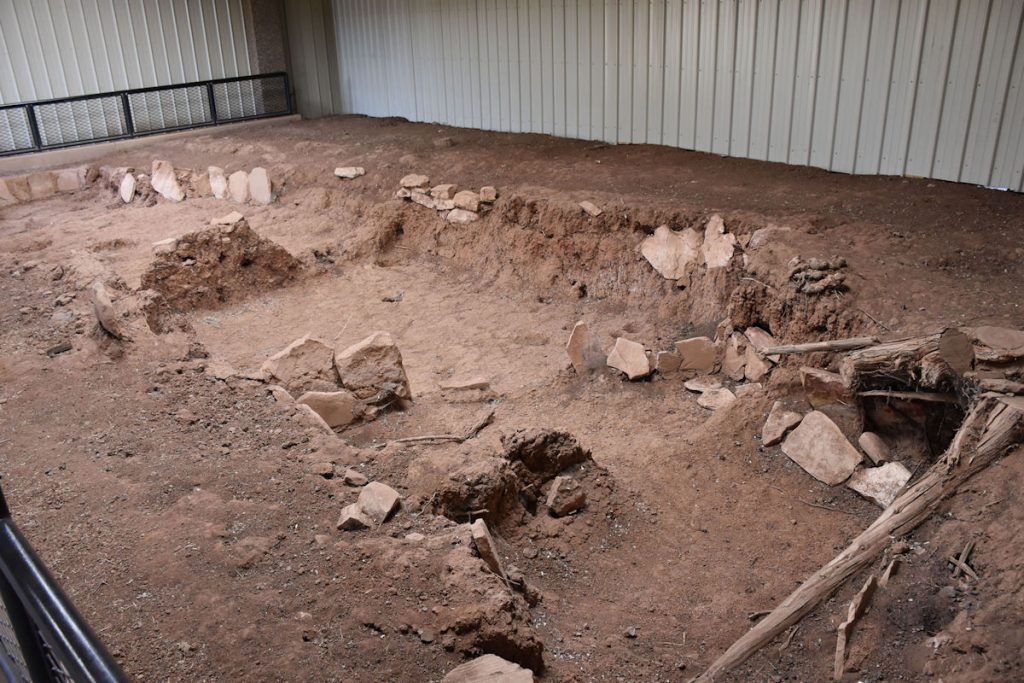
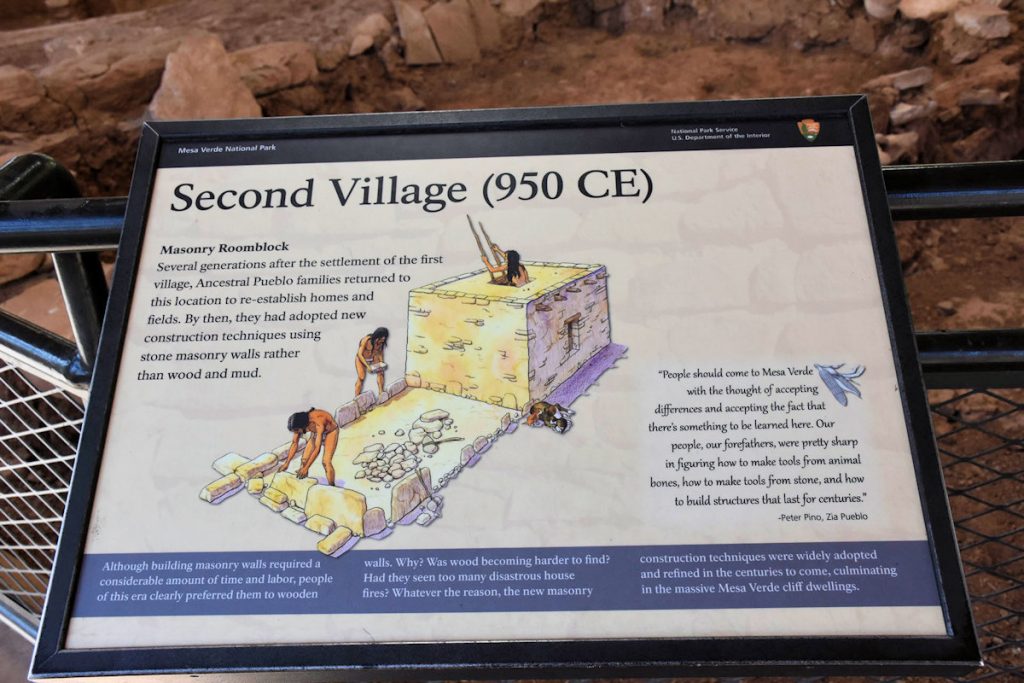
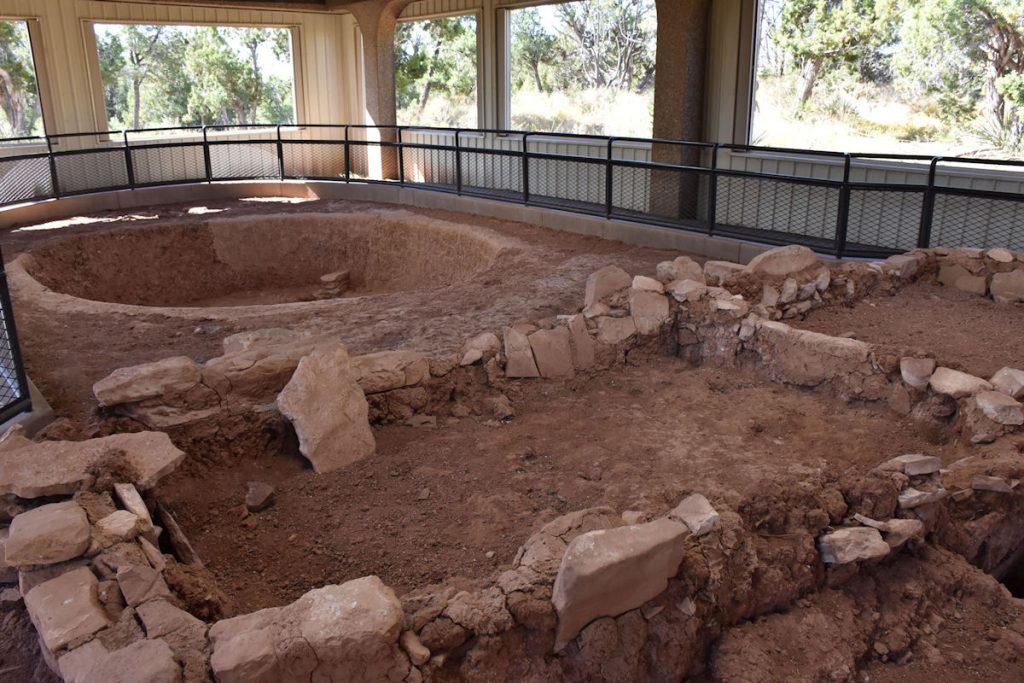
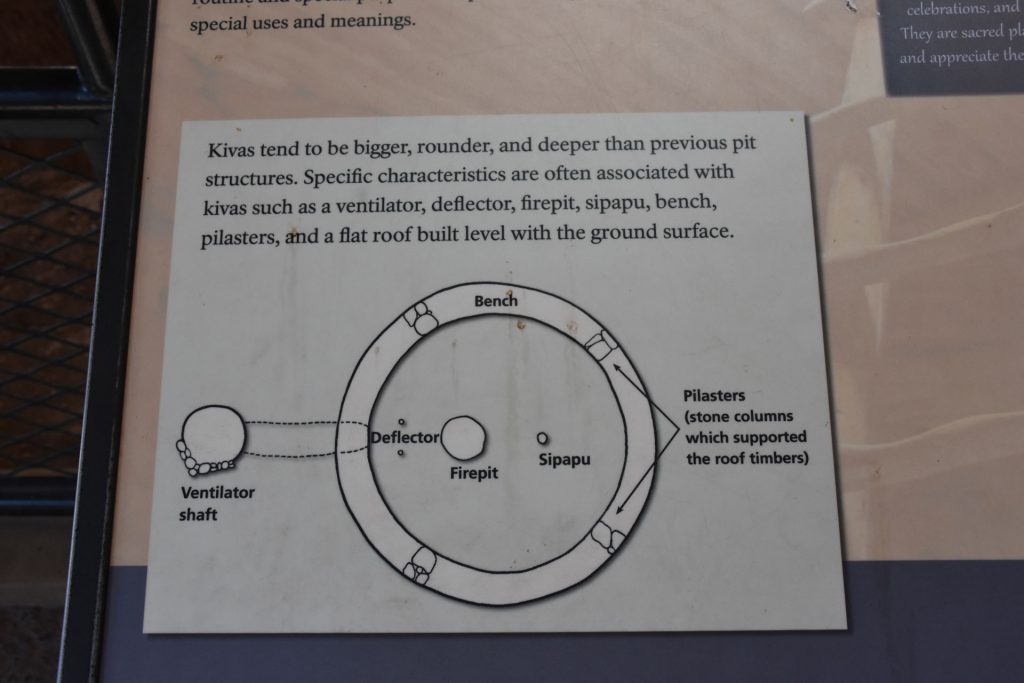
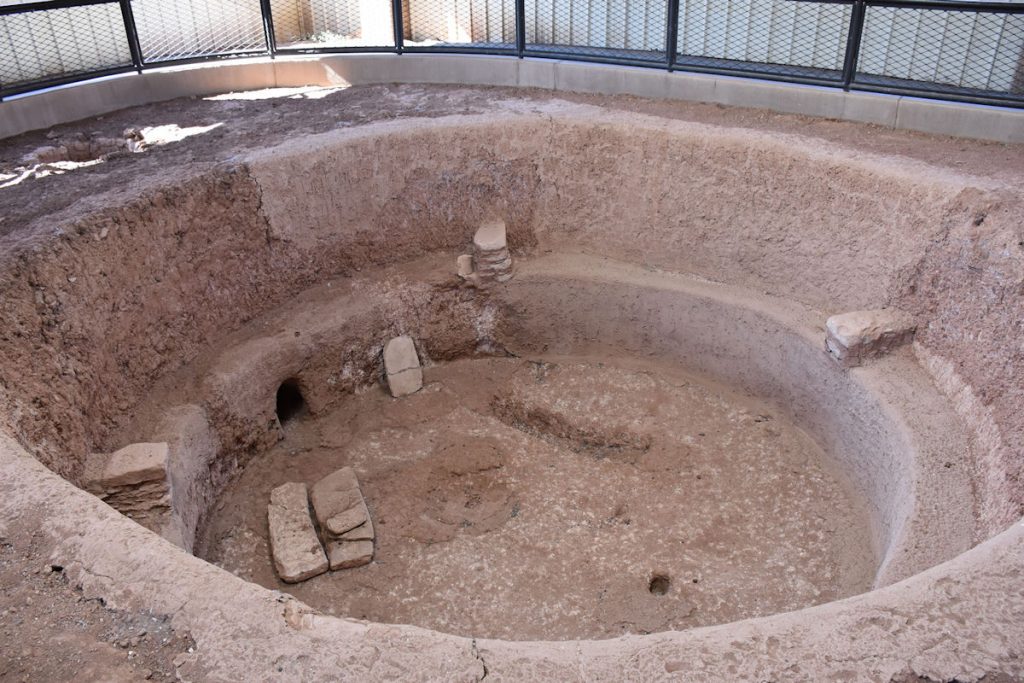
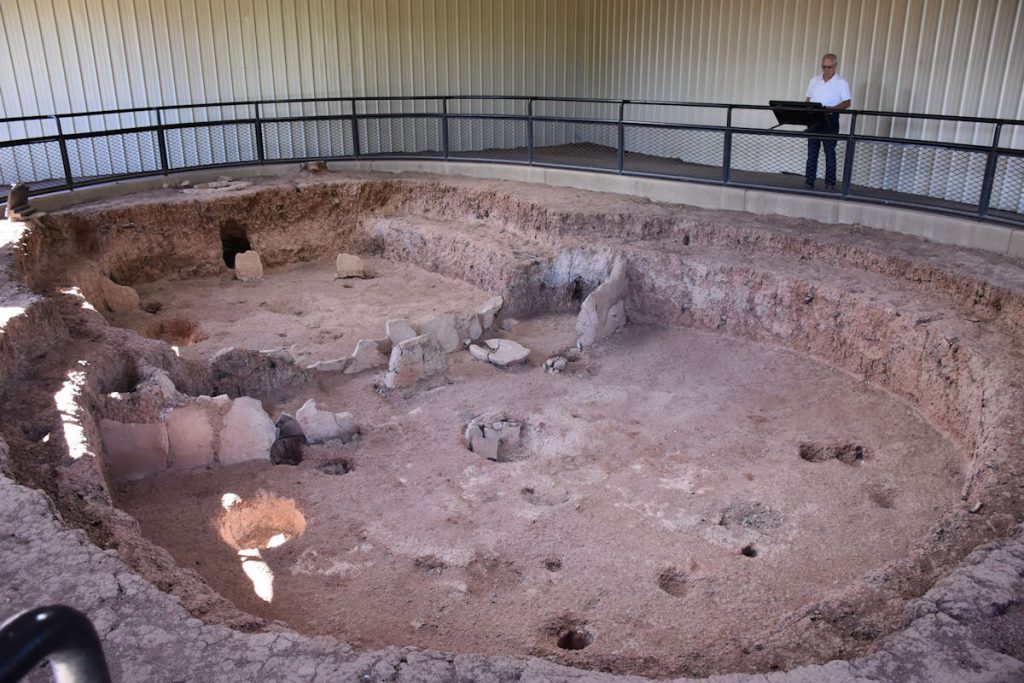
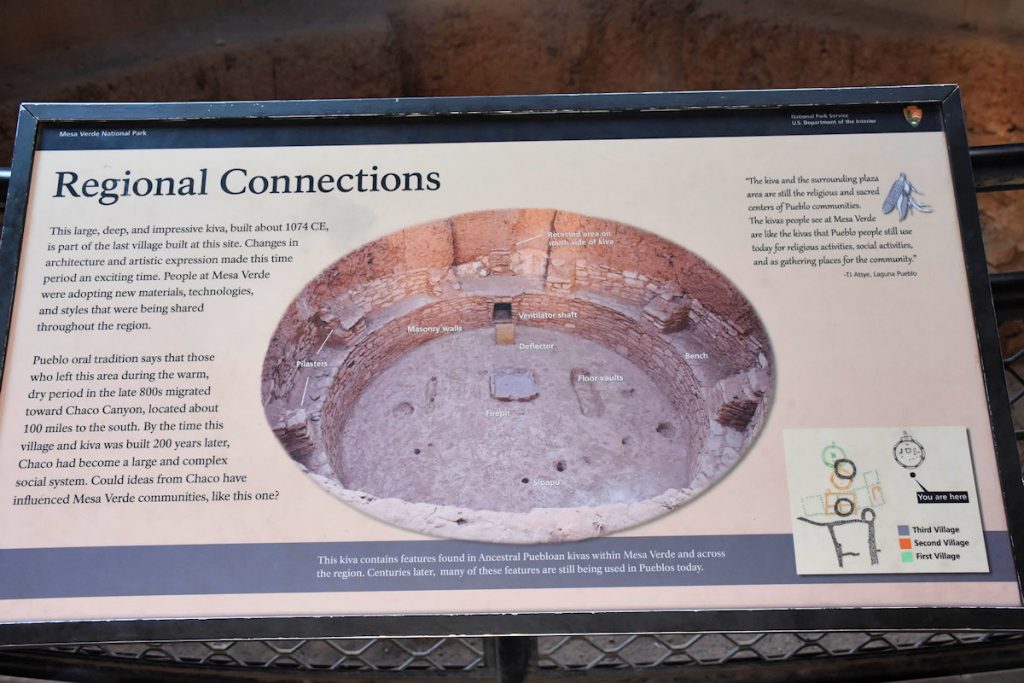
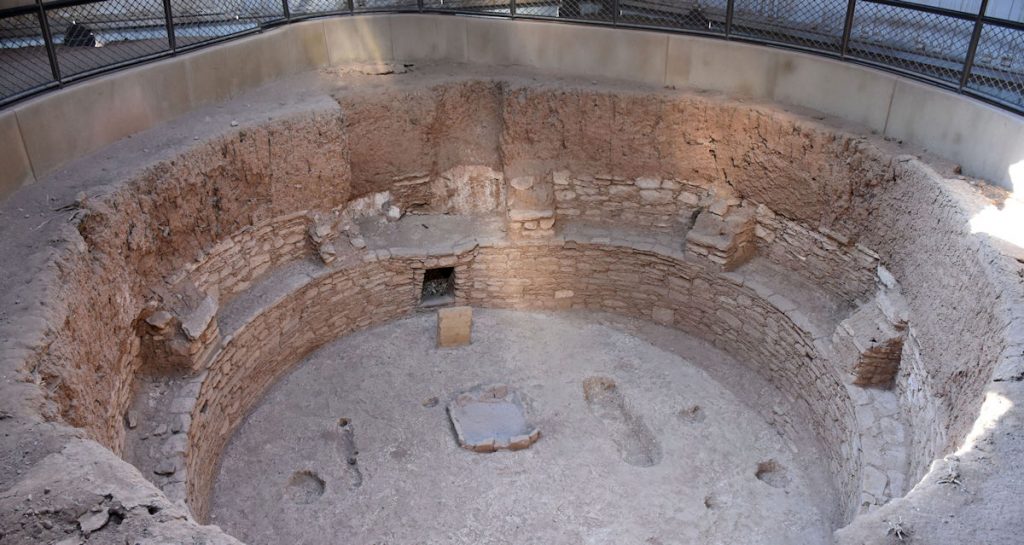
SUN POINT PUEBLO
Our next stop on the Mesa Top Loop was the Sun Point Pueblo.
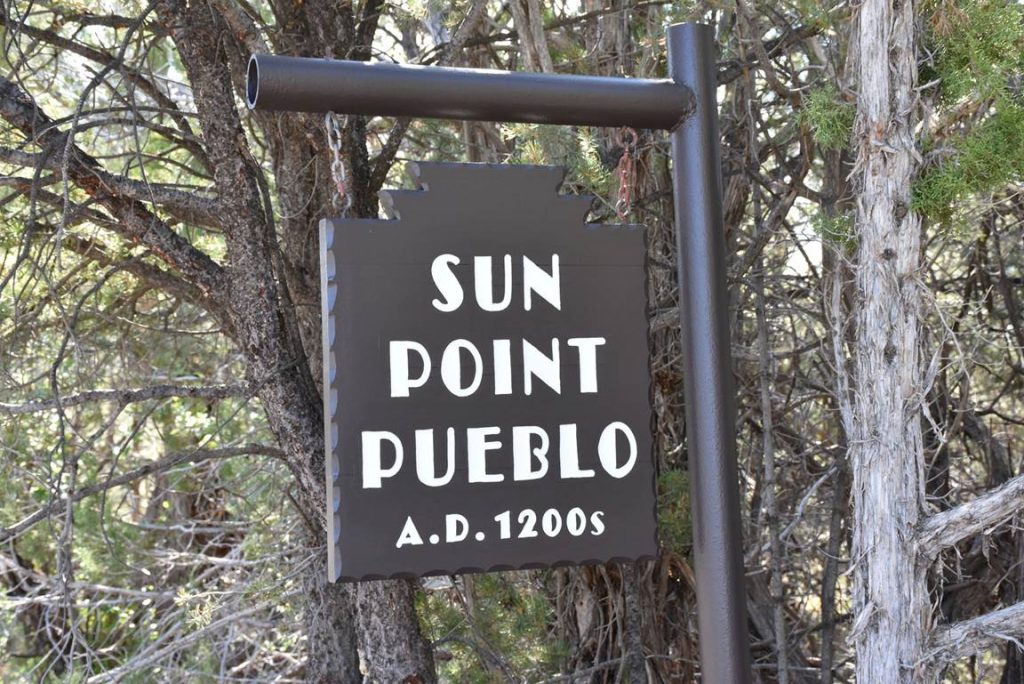
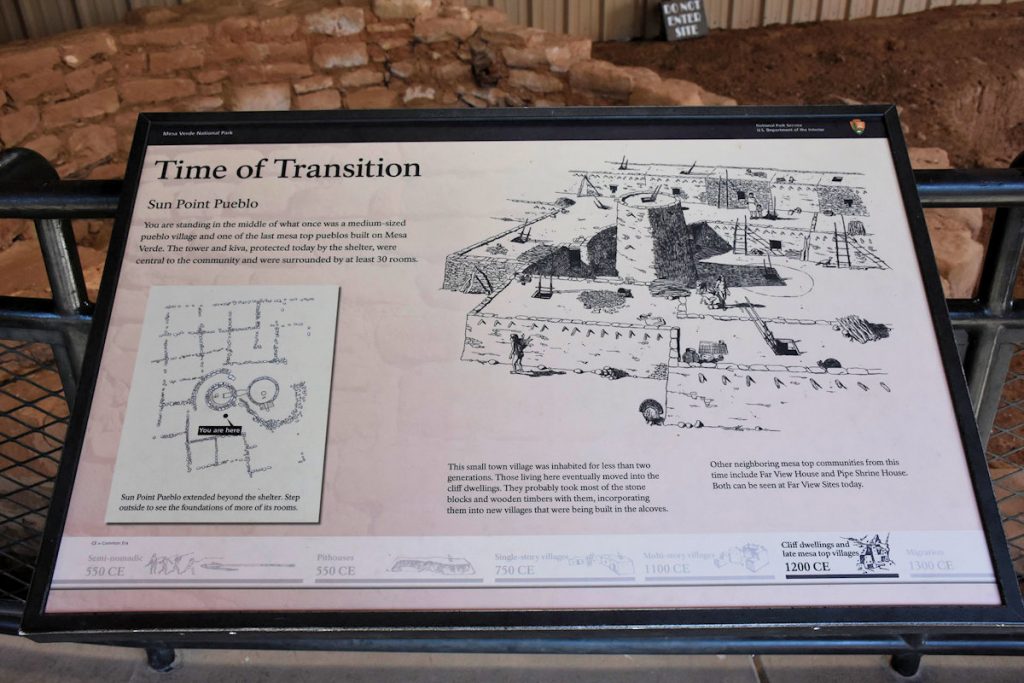
After living here just 2 generations, the next villages were cliff dwellings.
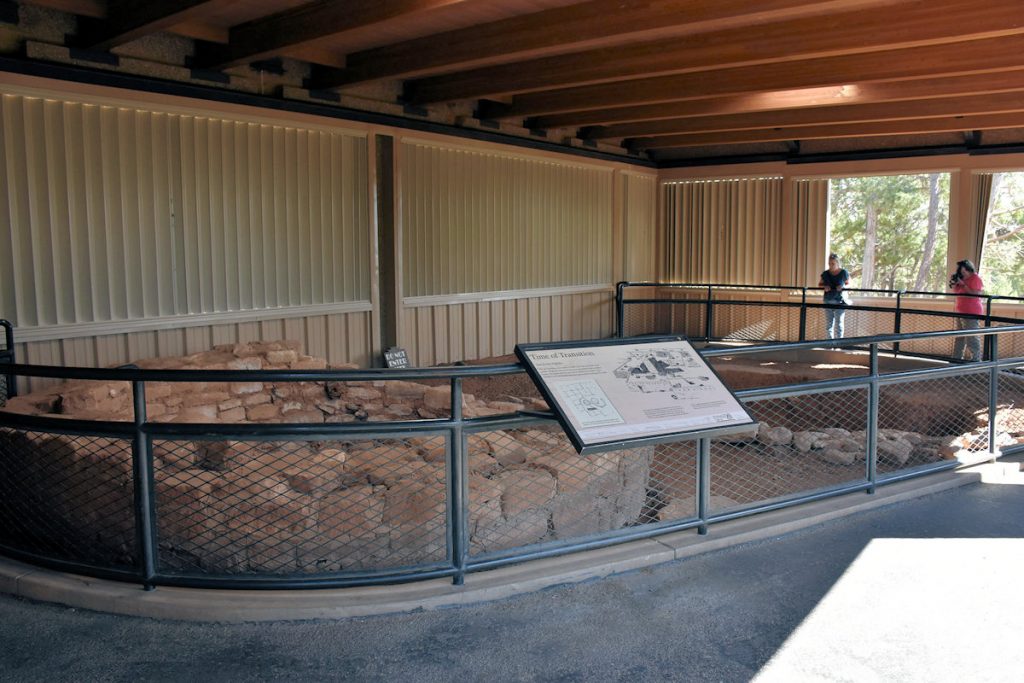
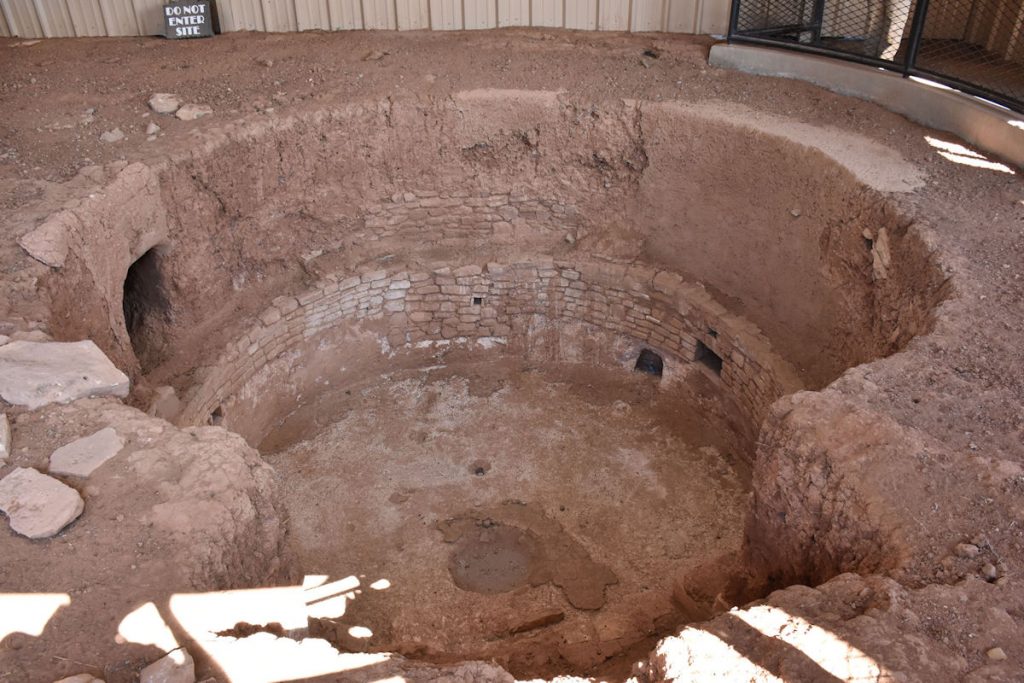
SUN POINT VIEW
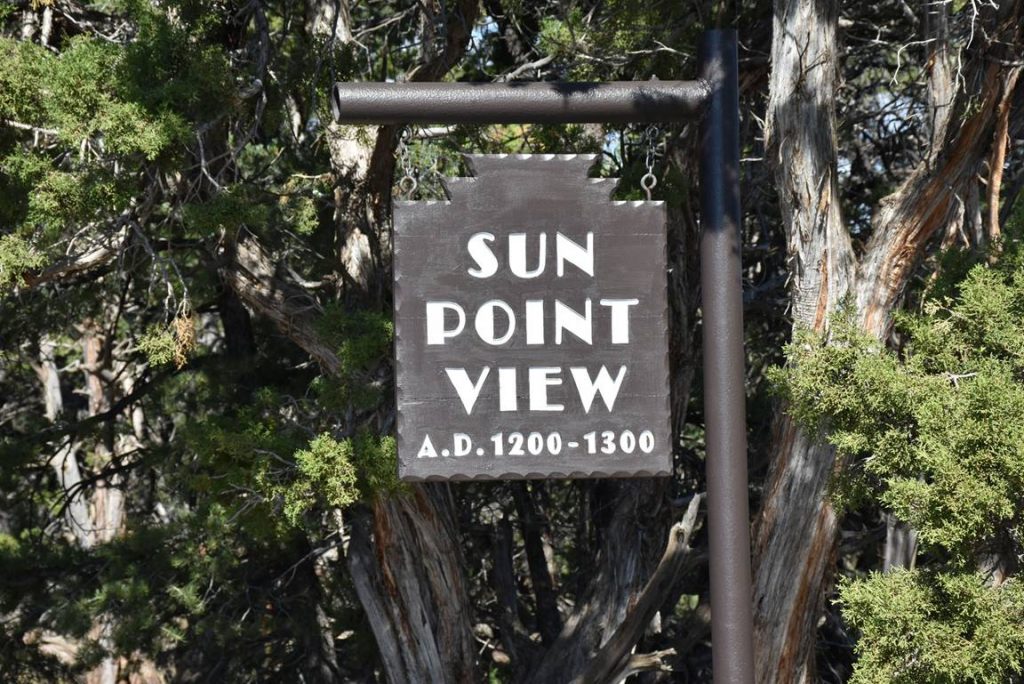
great view up the canyon where there are several cliffside dwellings.
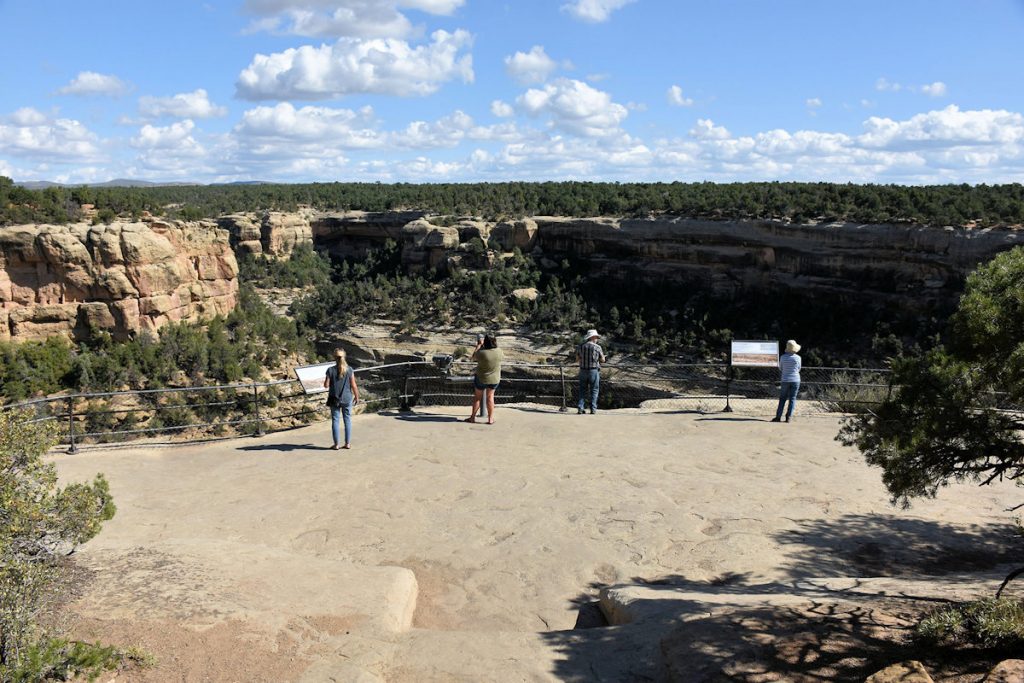
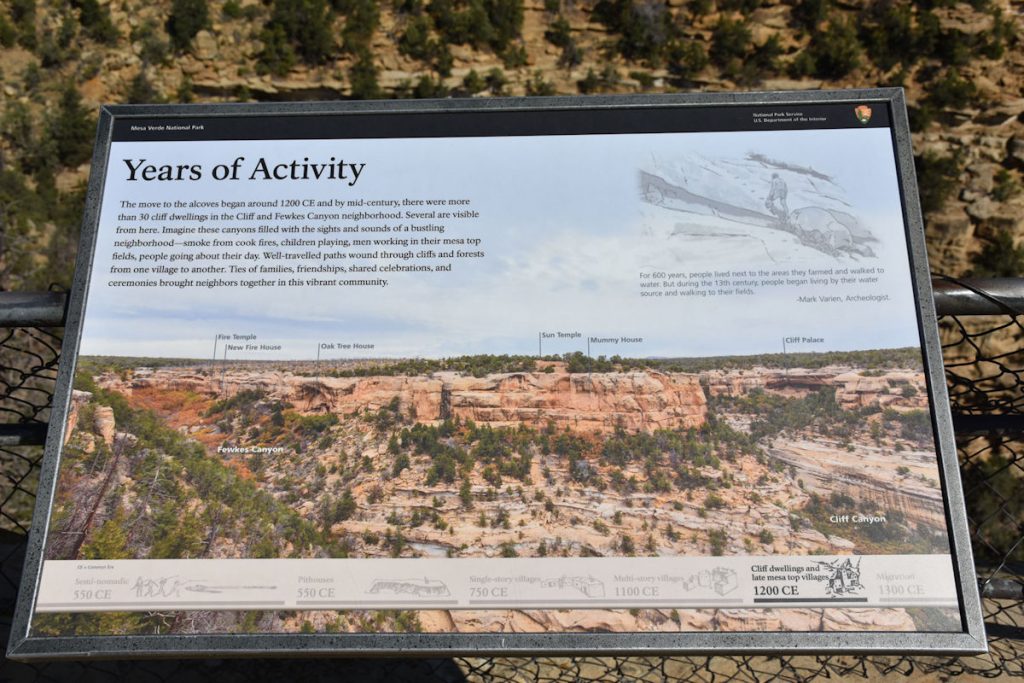
Since the road loops around from the left, we will be seeing Oak Tree House first, then Fire Temple,
and then Sun Temple and Cliff Palace.
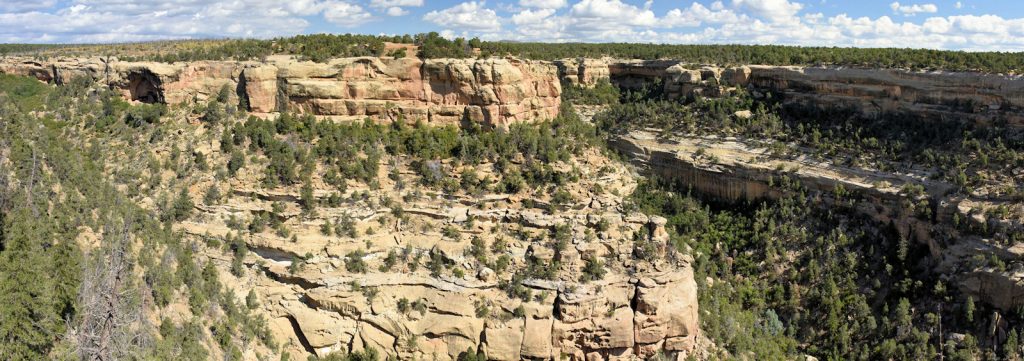
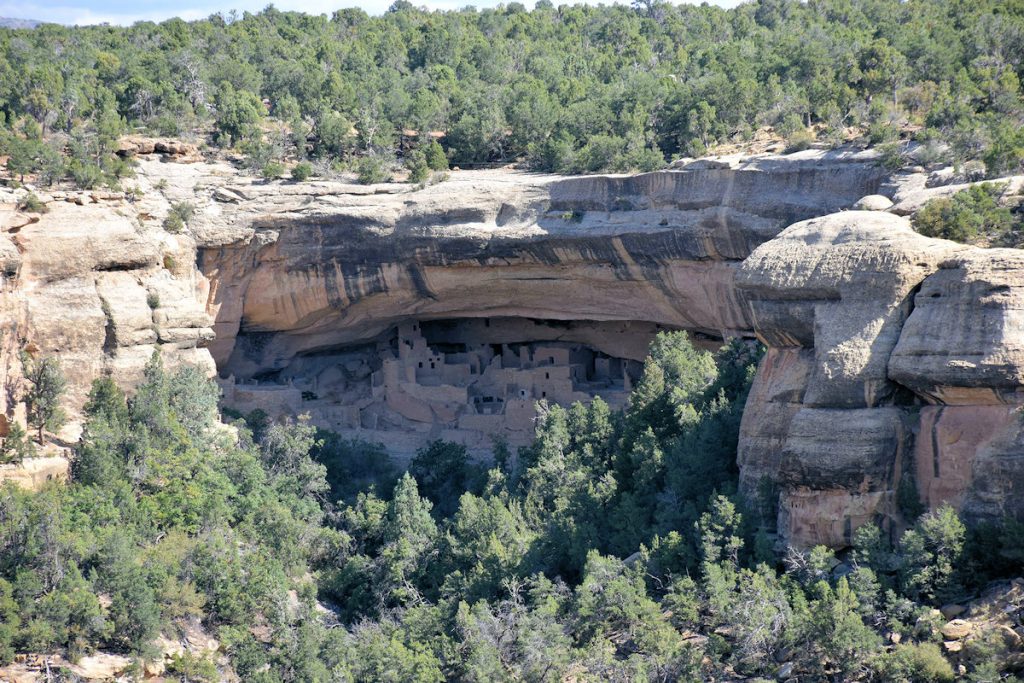
OAK TREE HOUSE
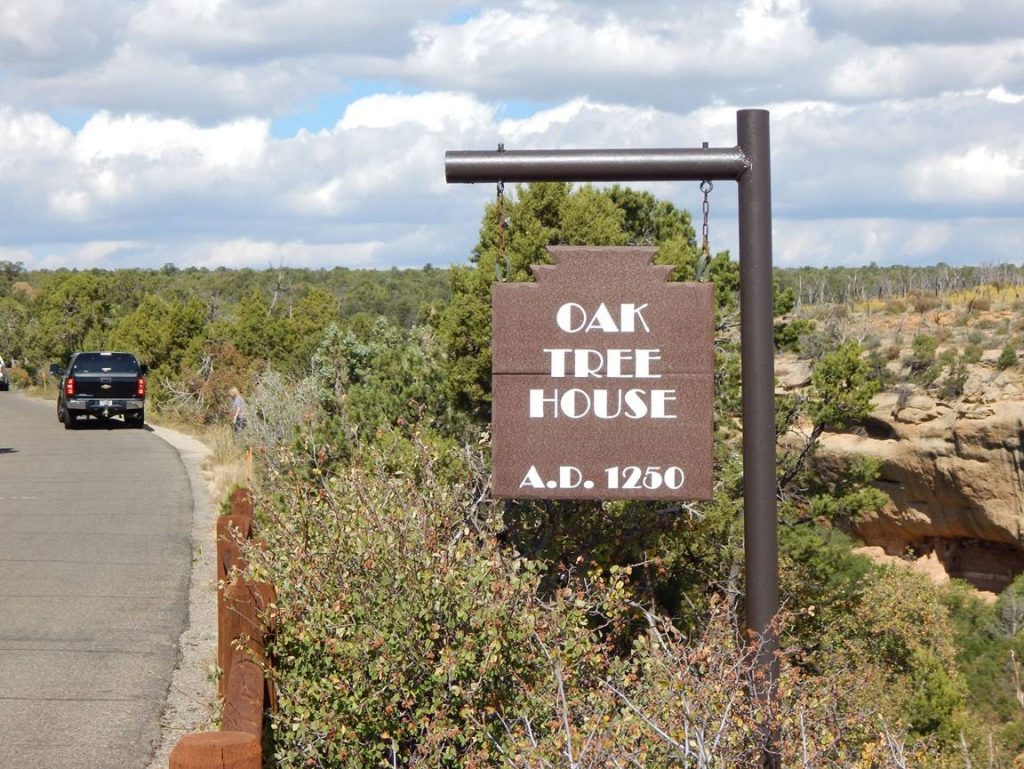
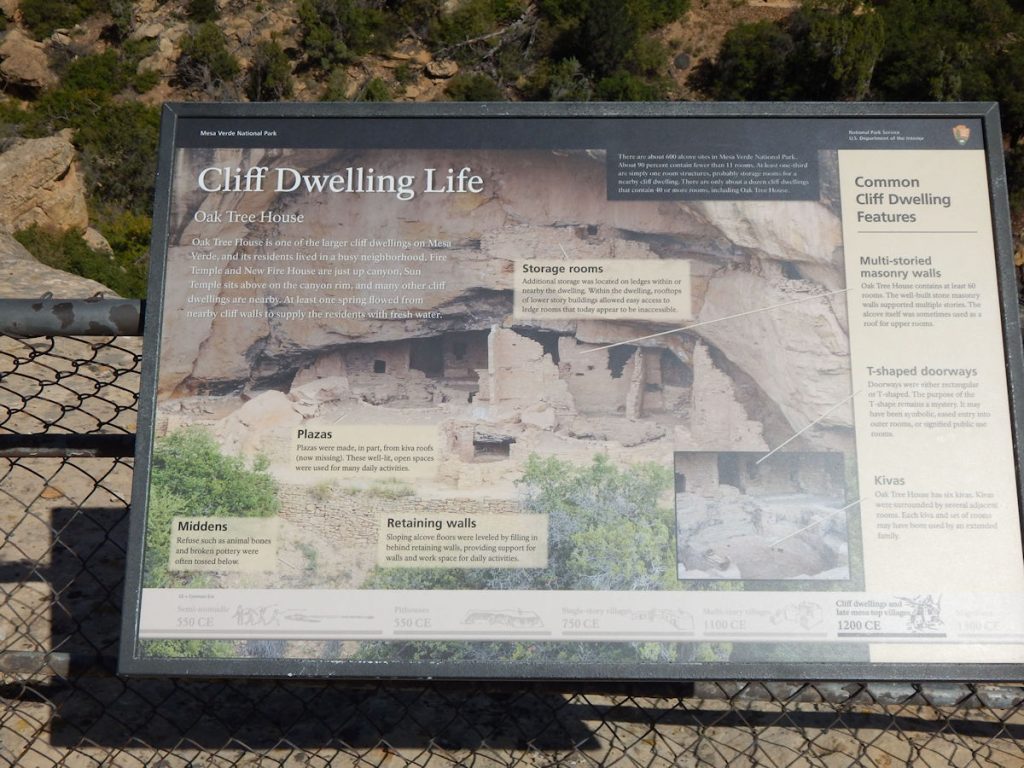
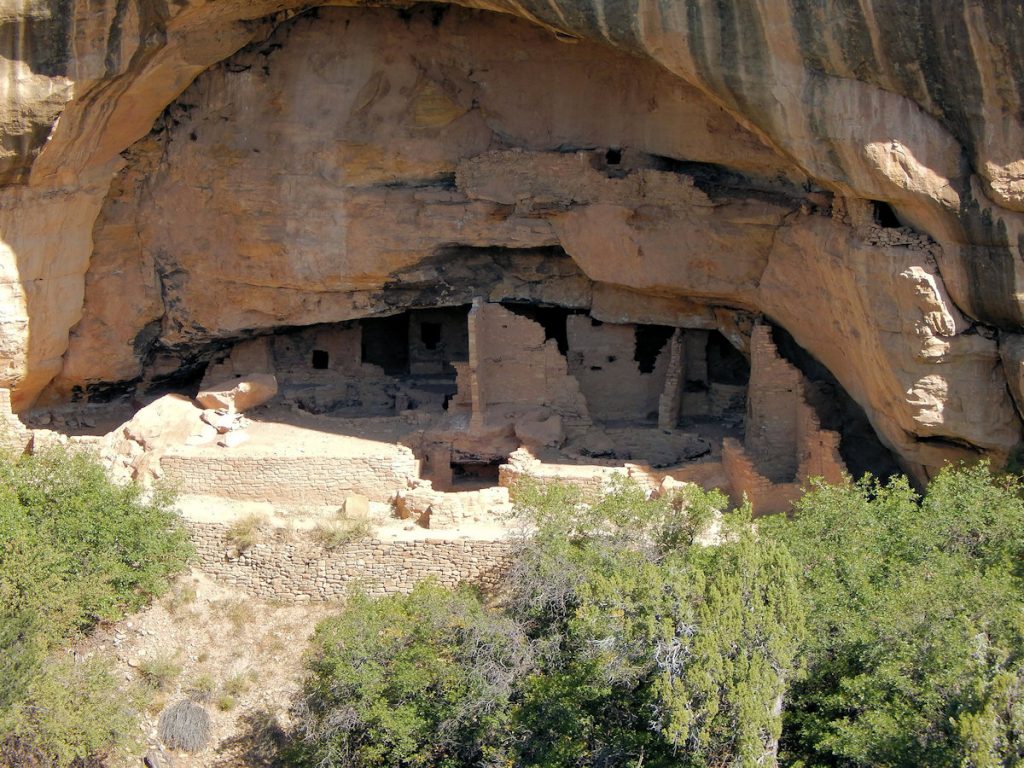
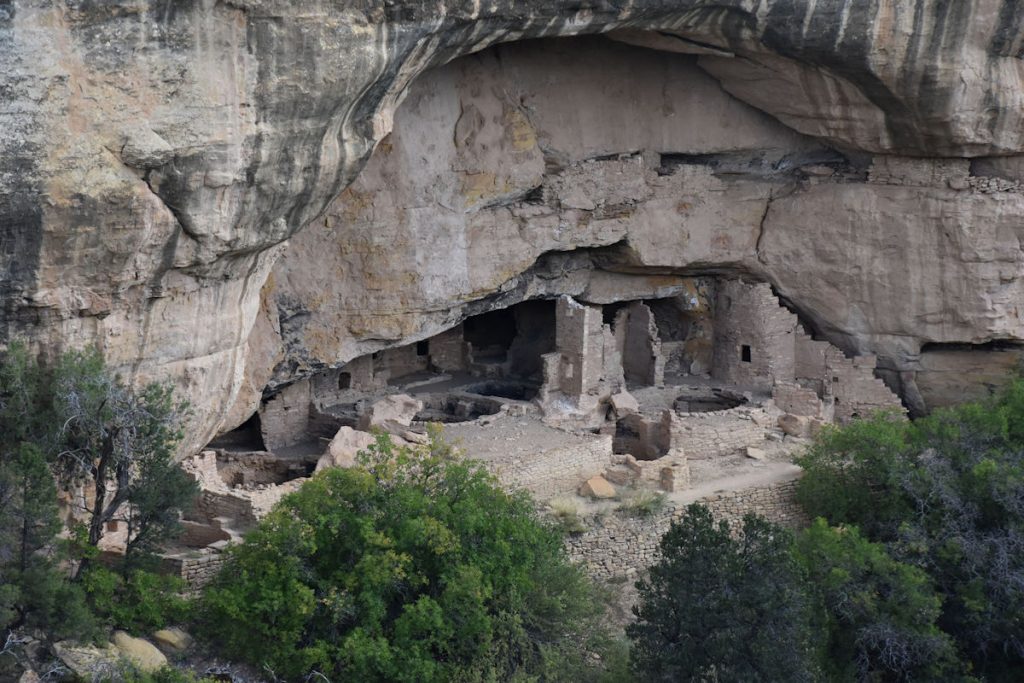
FIRE TEMPLE
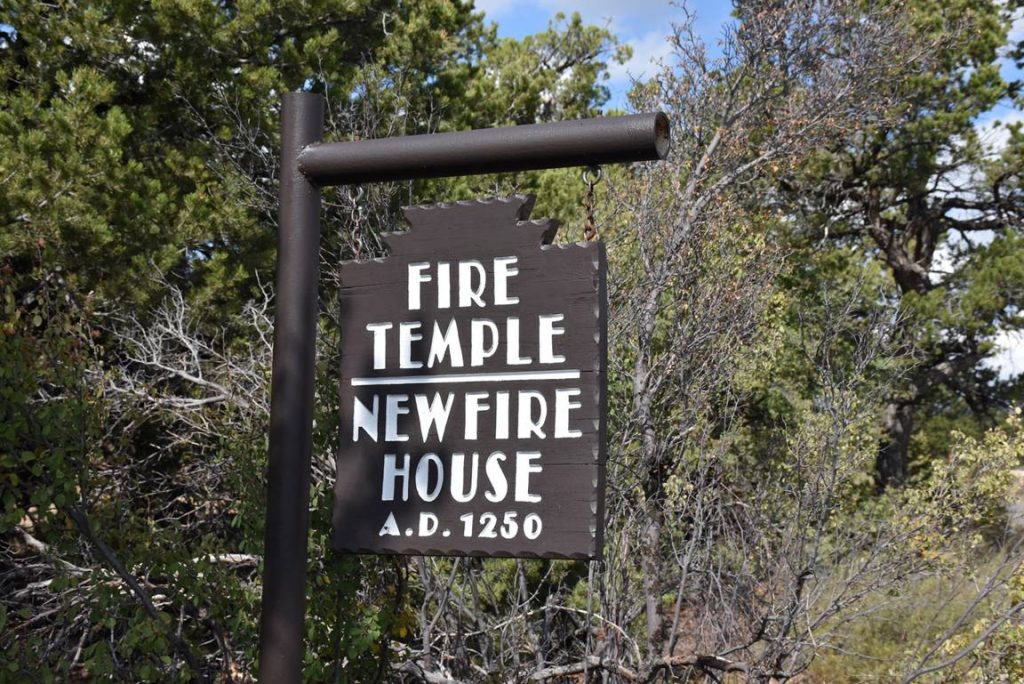
According to the Cultural Preservation site Cy Ark:
“While archaeological evidence points to the construction and primary use of Fire Temple as being late in the chronology of Mesa Verde (1200 CE – 1300 CE), its religious significance likely has far deeper roots in the belief systems of Puebloan peoples.”
“Both Fire Temple and the nearby Sun Temple were linked with sun-fire-serpent worship in the service of fertility and agricultural productivity, as practiced by the inhabitants of Mesa Verde. Evidence indicates that the inhabitants of nearby New Fire House may have been the tenders of the ‘eternal flame’ of Fire Temple, whose large central fire pit was seemingly kept burning at all times for both religious and practical use. Fire Temple fell into disuse and abandonment in the late 1200s, as did the surrounding communities at Mesa Verde.”
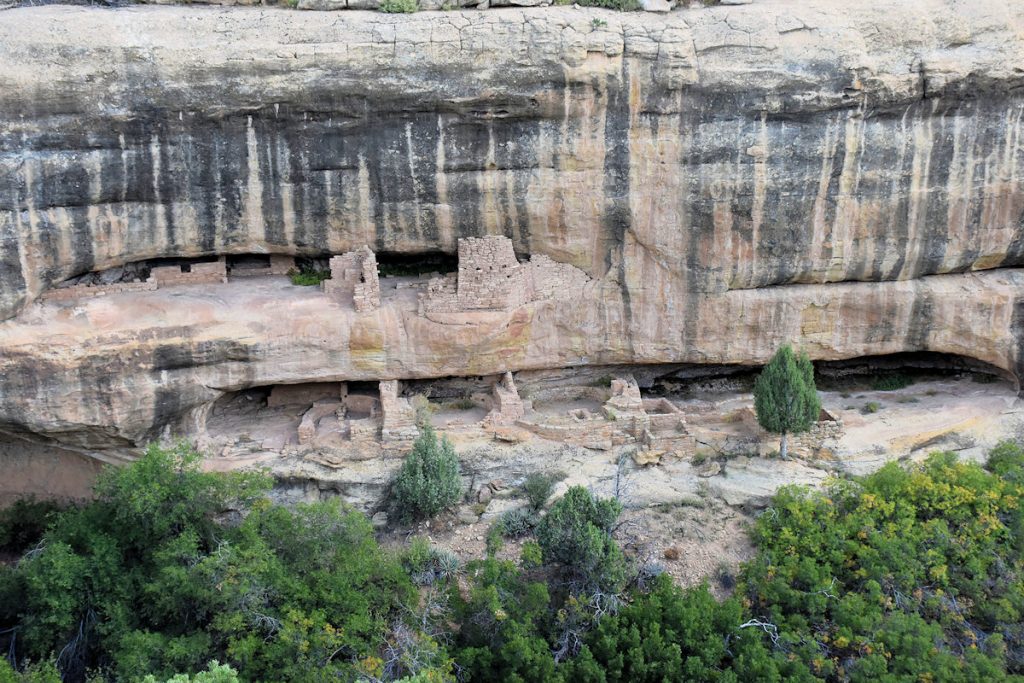
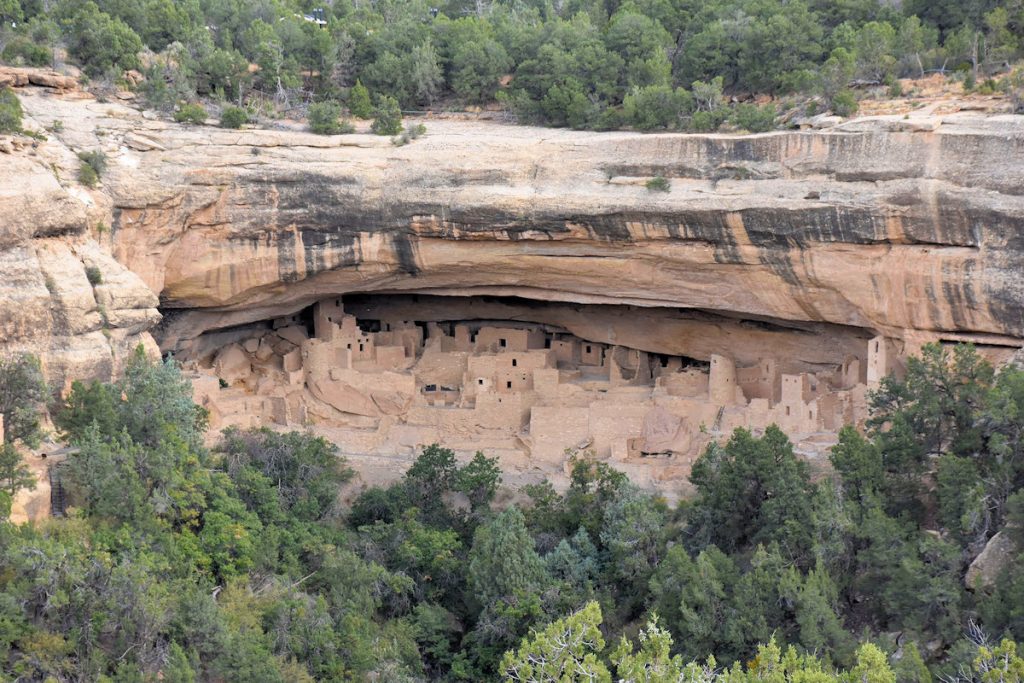
SUN TEMPLE
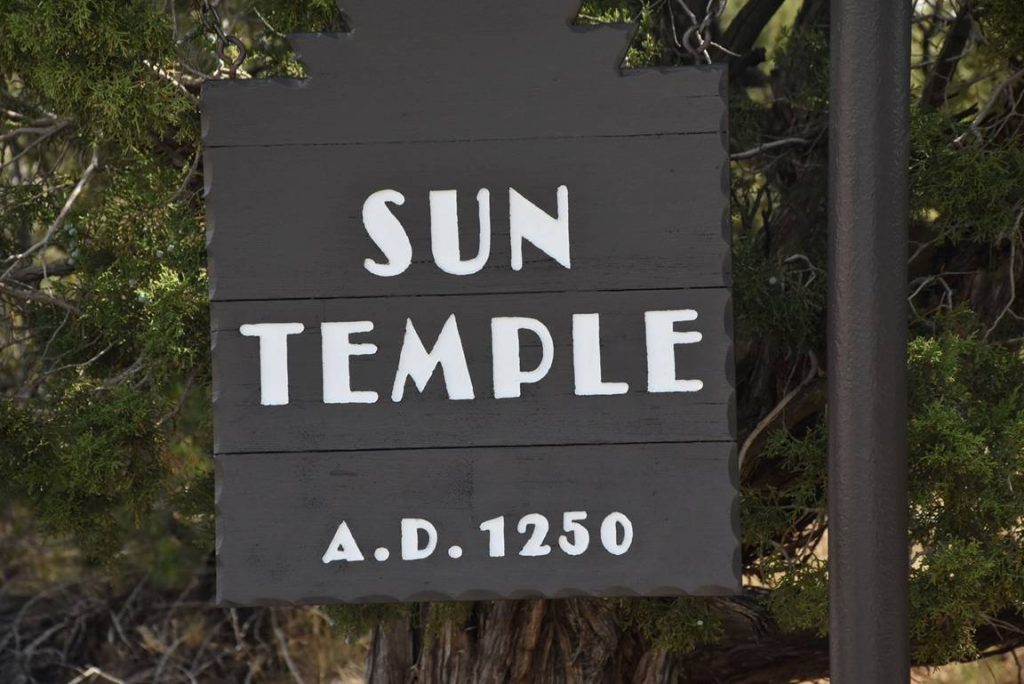
great close-up view of Cliff Palace. In fact, it’s the closest you can get to Cliff Palace without paying and taking a tour.

Only part of it remains today.
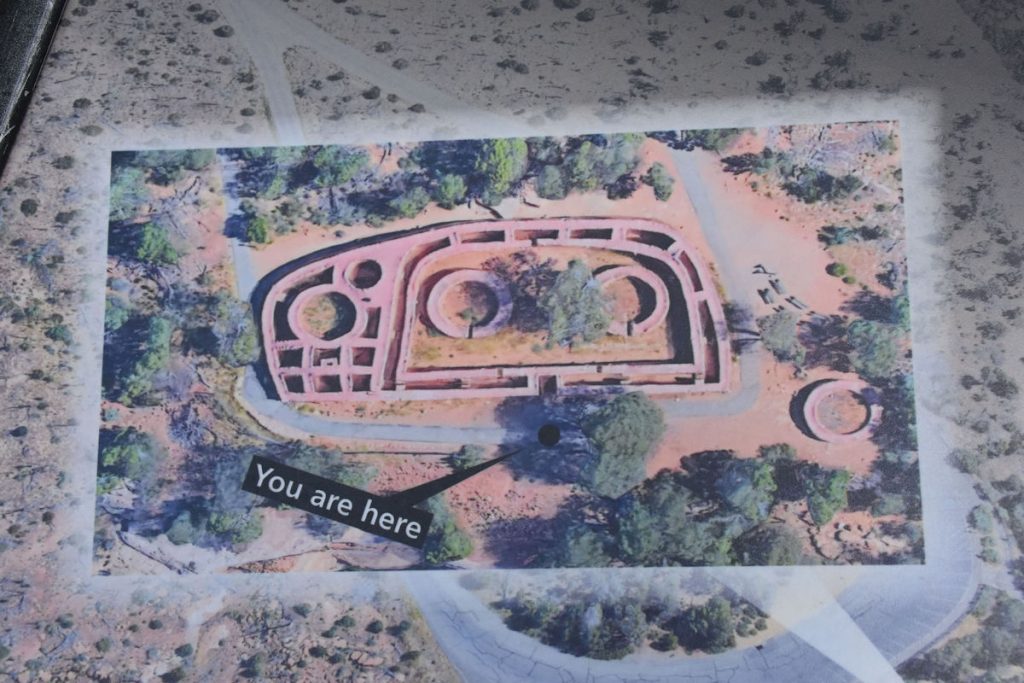
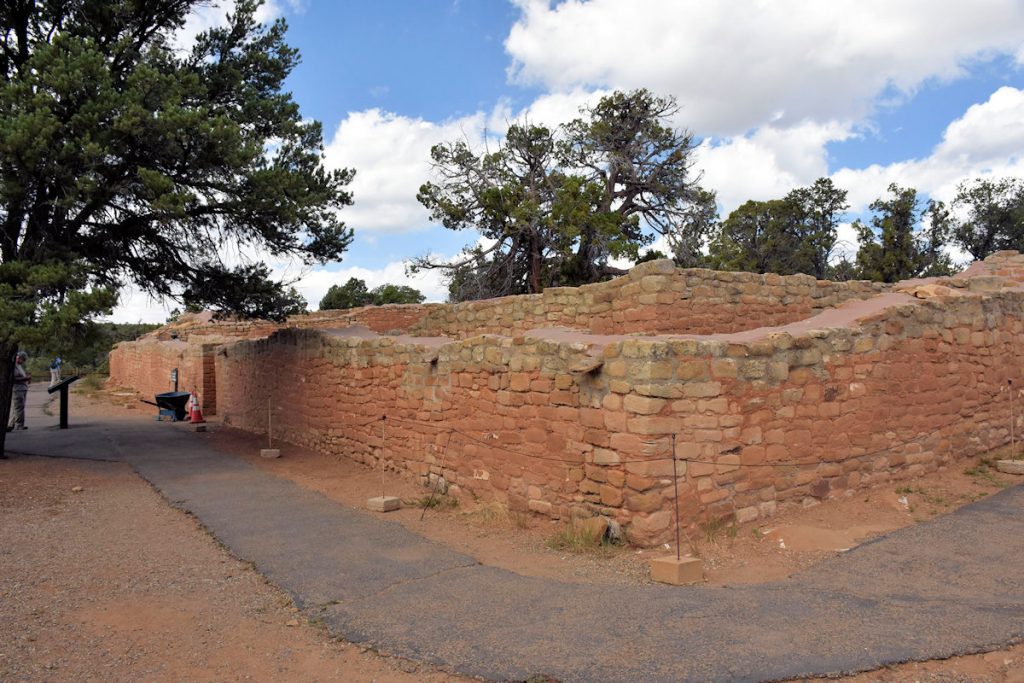
Restoration and research work is in progress.
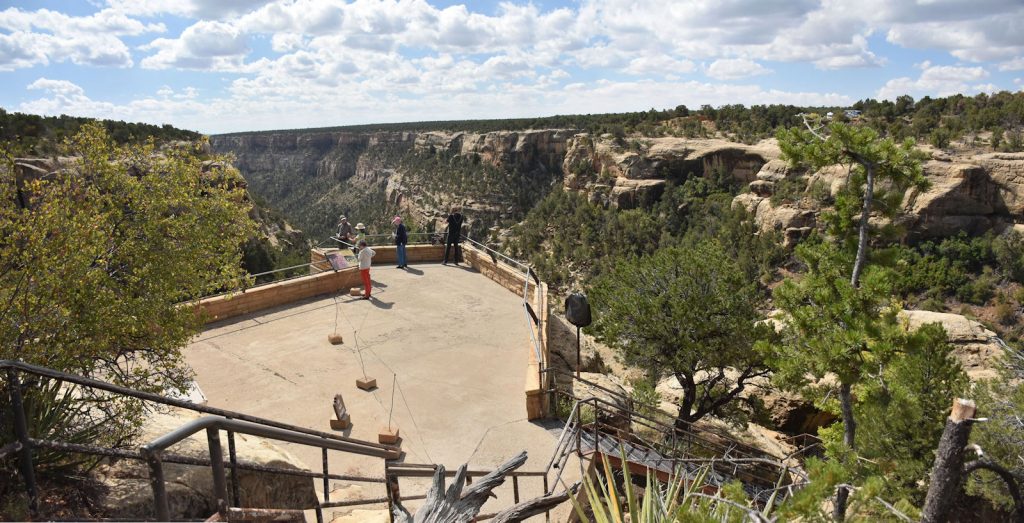
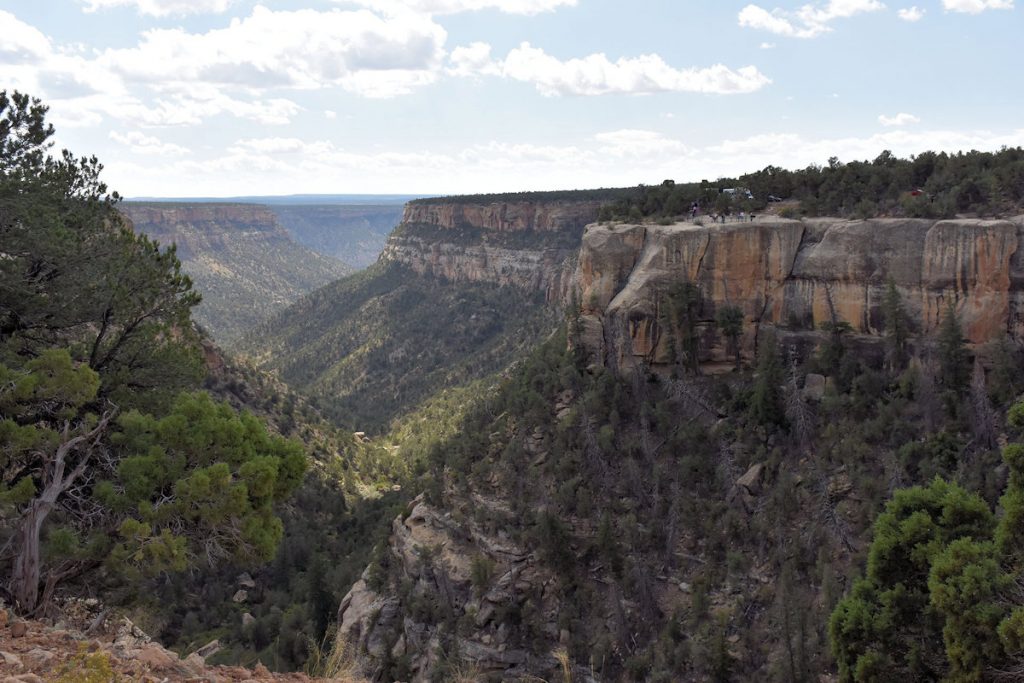
(Remember – we were there just a few minutes ago)

These are perhaps the most-recognized dwellings in the park.
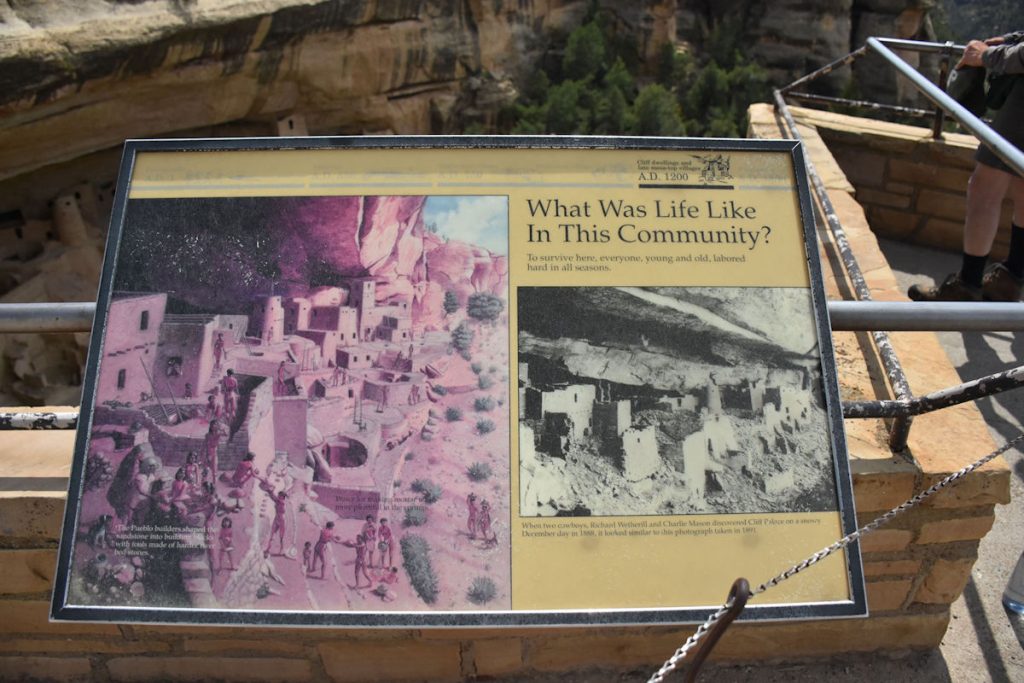
Some quick facts:
— The alcove is about 215 feet wide by 90 feet deep by 60 feet high
— It included about 150 rooms, 75 open areas, and 21 kivas
— Construction occurred from AD 1190 through 1280
— It was inhabited by 100-120 people
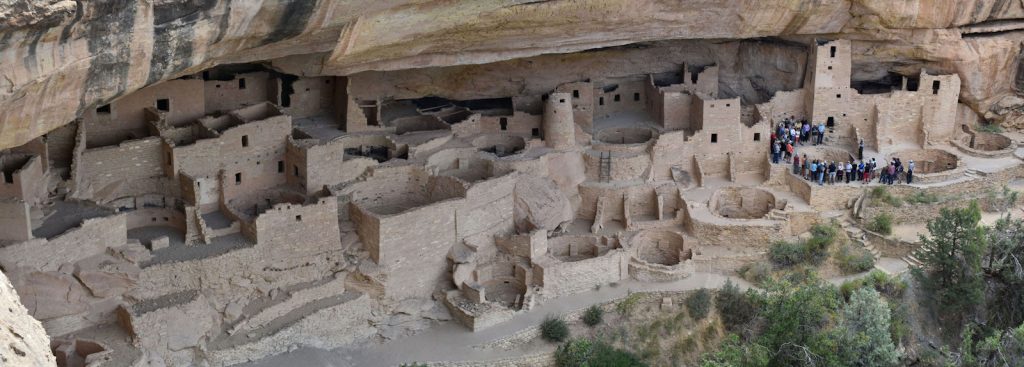
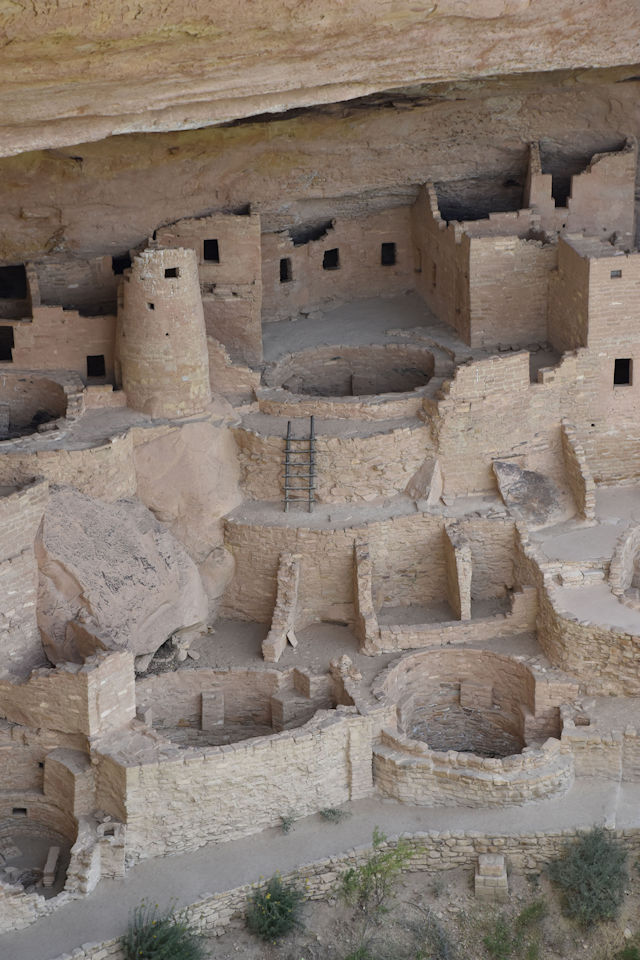
Hemenway House
OK, I had to look twice because I thought it say Hemingway House.
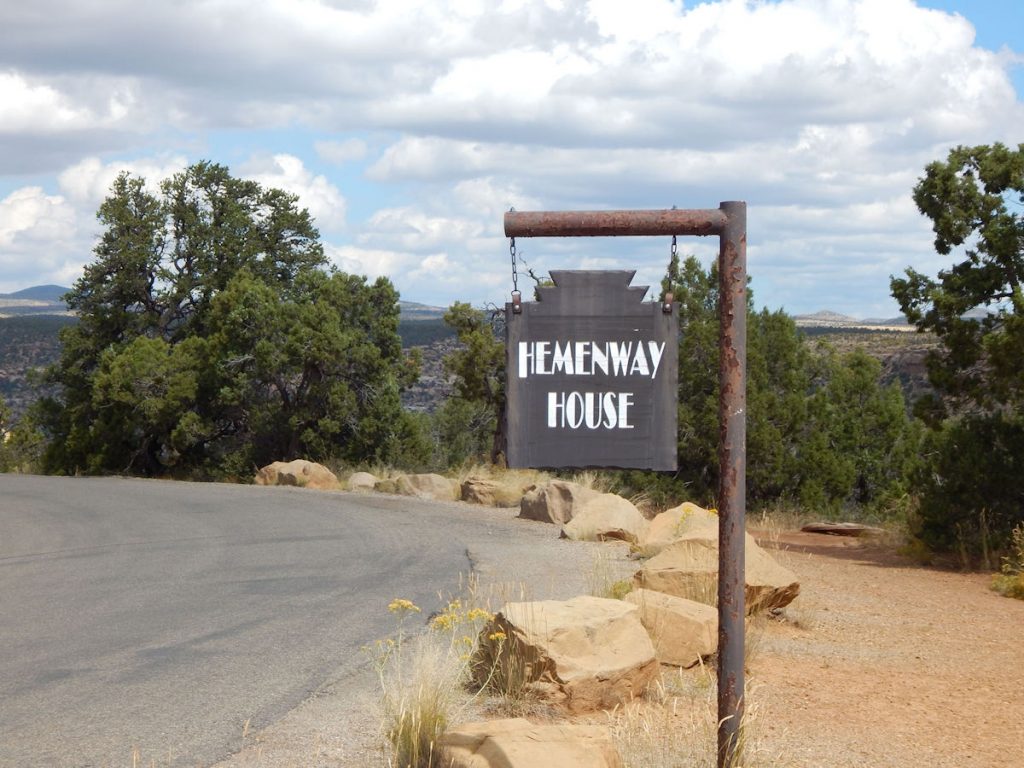
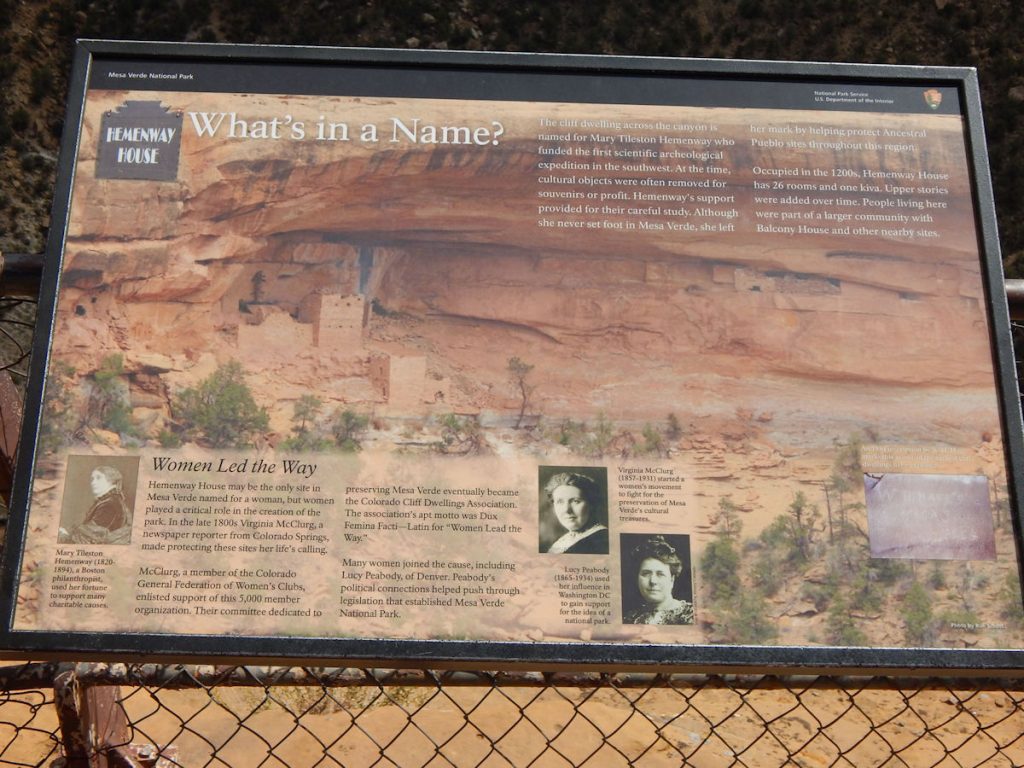
Her support allowed cultural objects to be studied and preserved.
Although she never set foot in Mesa Verde, she helped protect sites throughout this region.
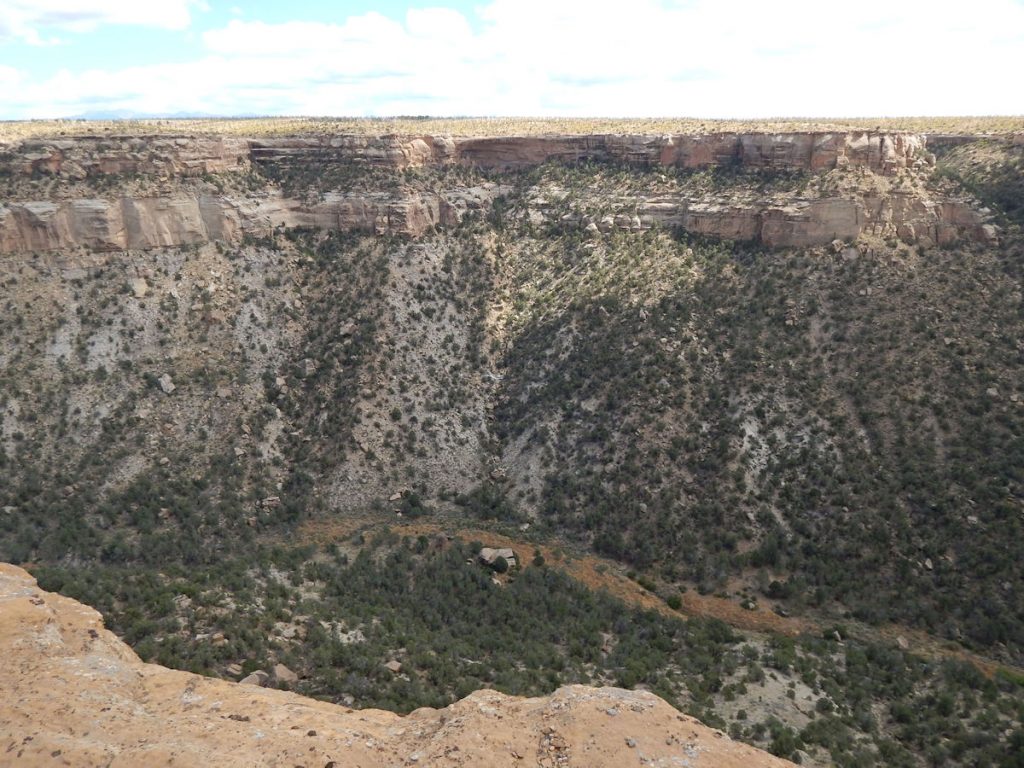
SPRUCE TREE HOUSE AND MUSEUM
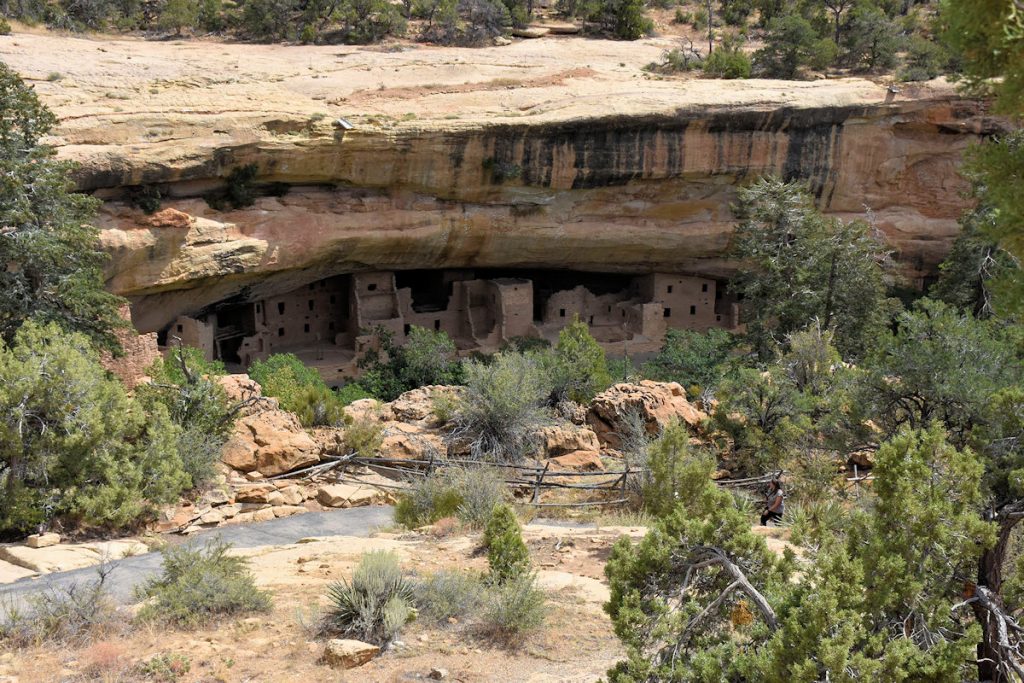
The path down to the dwellings was closed due to a rockslide.
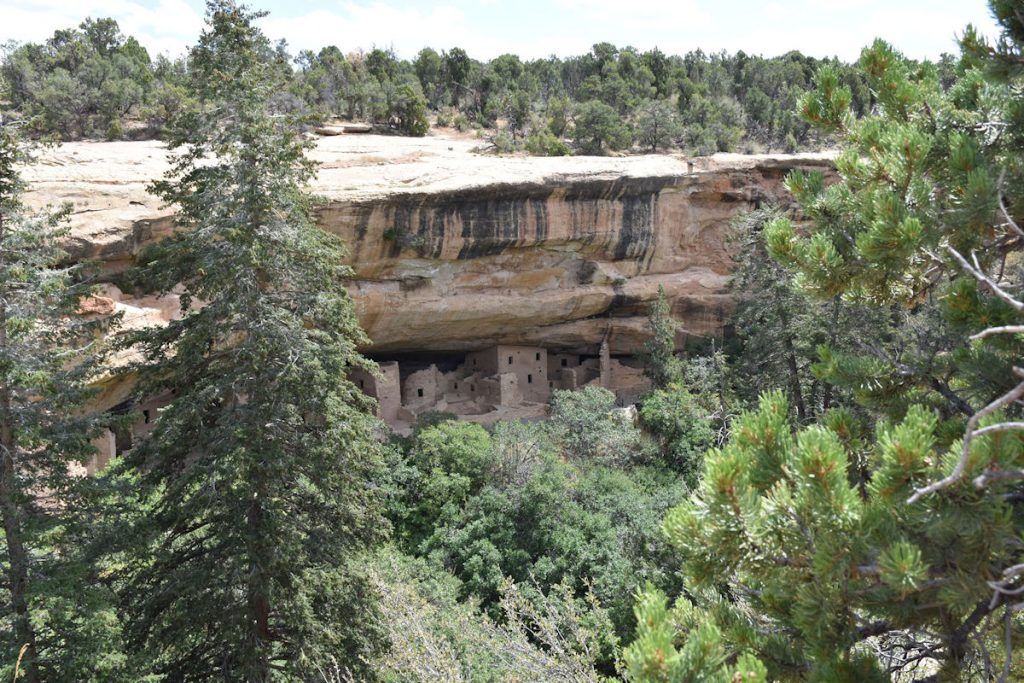
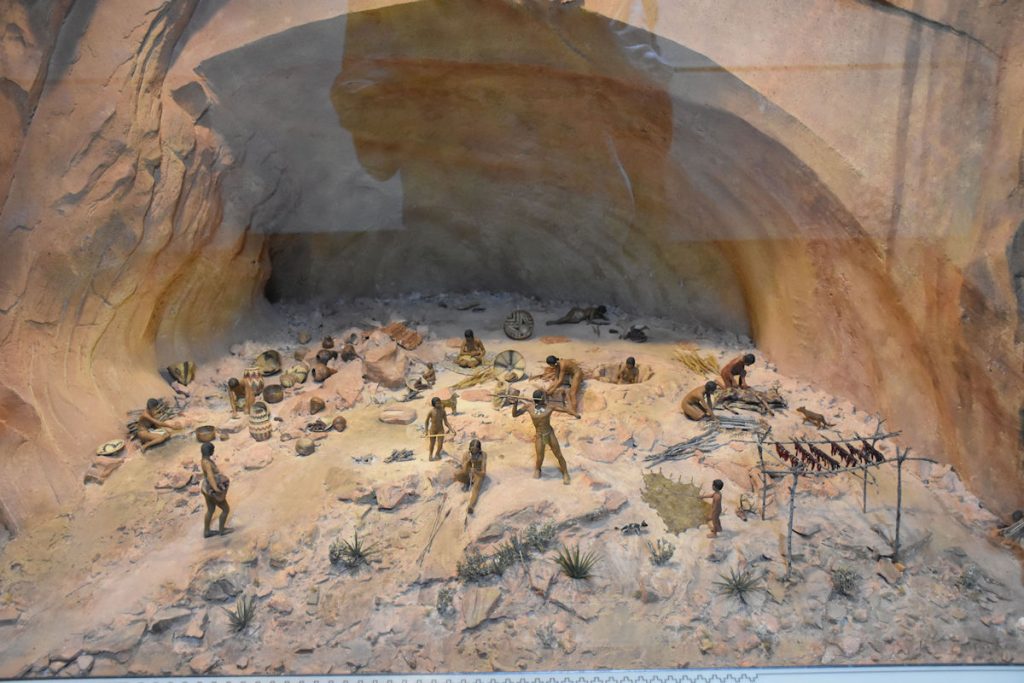
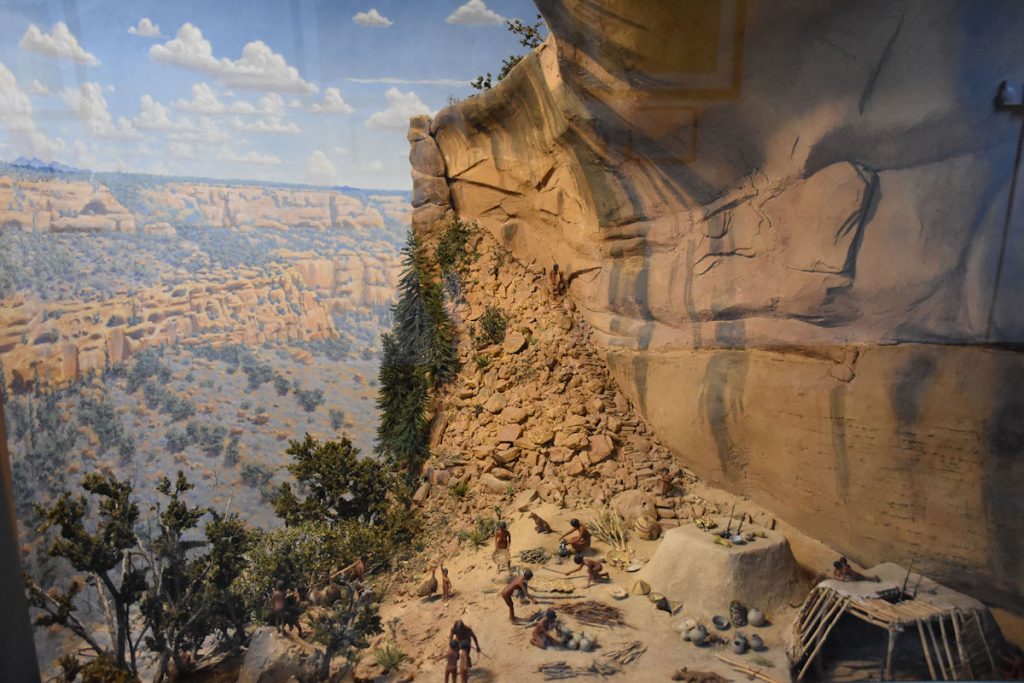
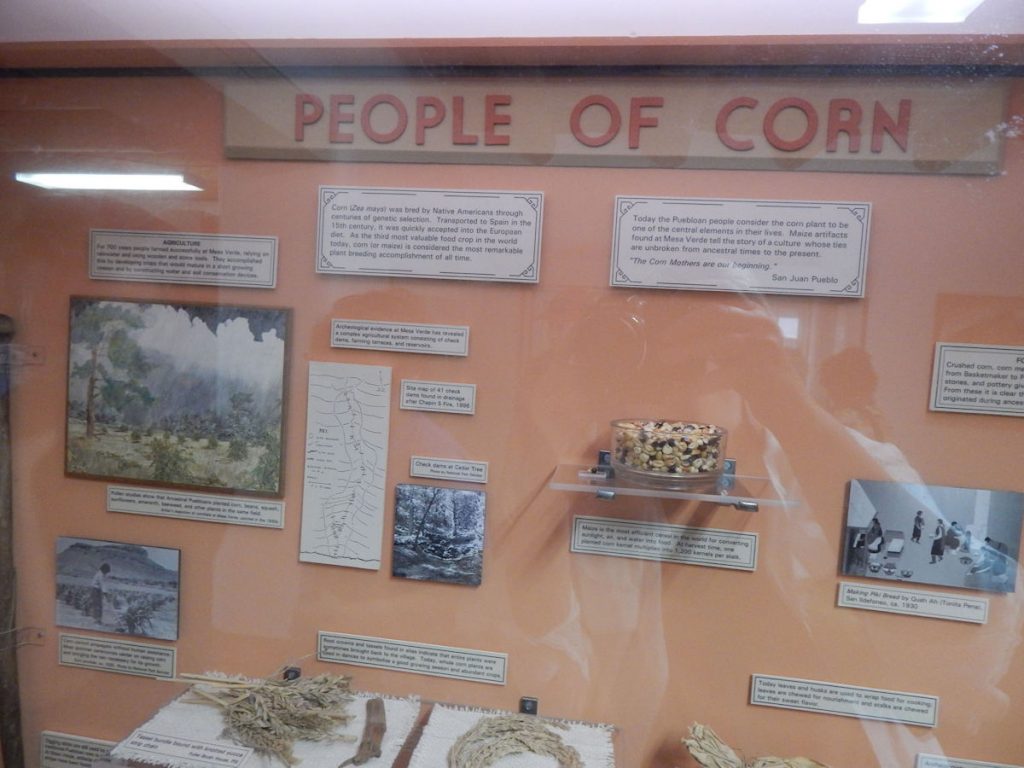
Corn was originally bred by Native Americans through centuries of genetic selection.
It was transported to Spain in the 15th Century, and quickly accepted into European diet.
(Side note: When I was in Germany from 2000-2003, a German friend (Hans, who spoke no English) once referred
to corn as “Schwein Essen” — Pig Food! Apparently not all Germans have accepted corn into their diet.)
CEDAR TREE TOWER
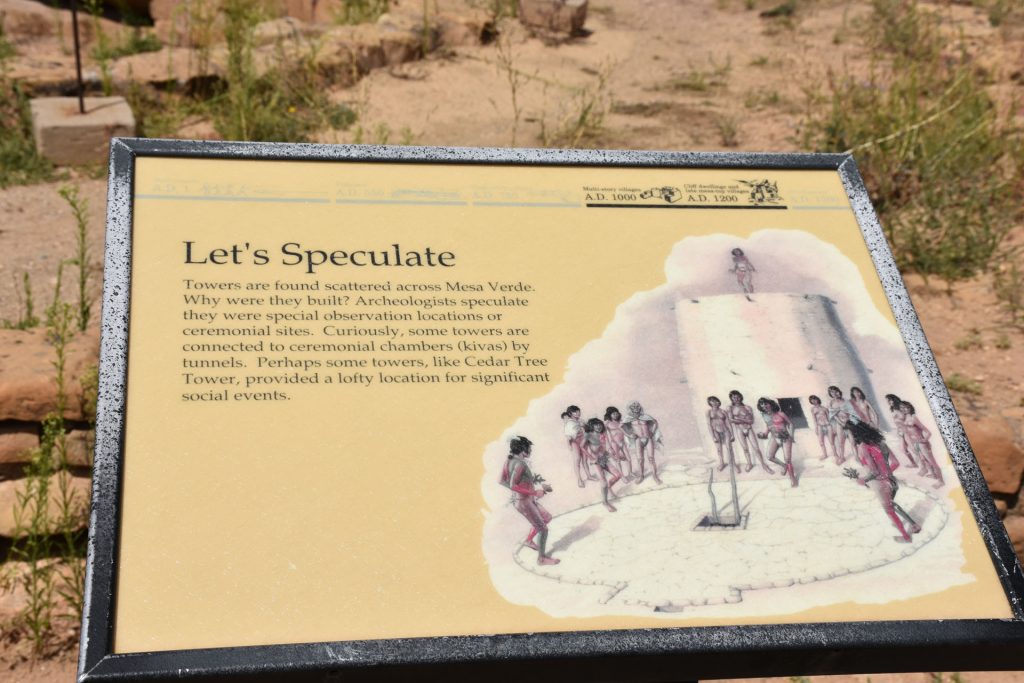
It is still not known for certain what their purpose was.
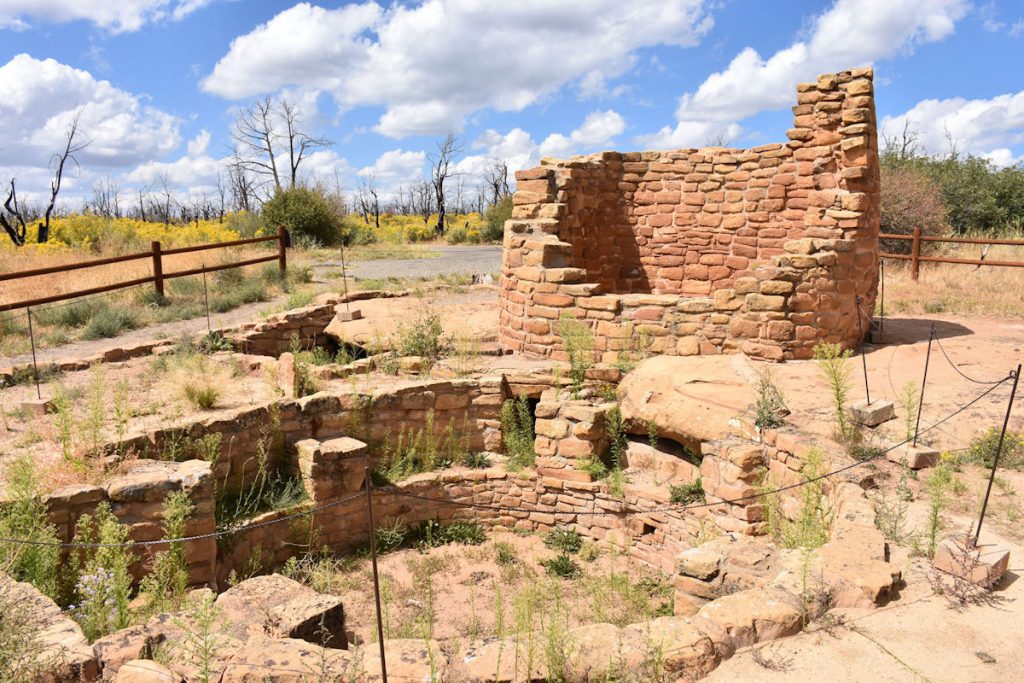
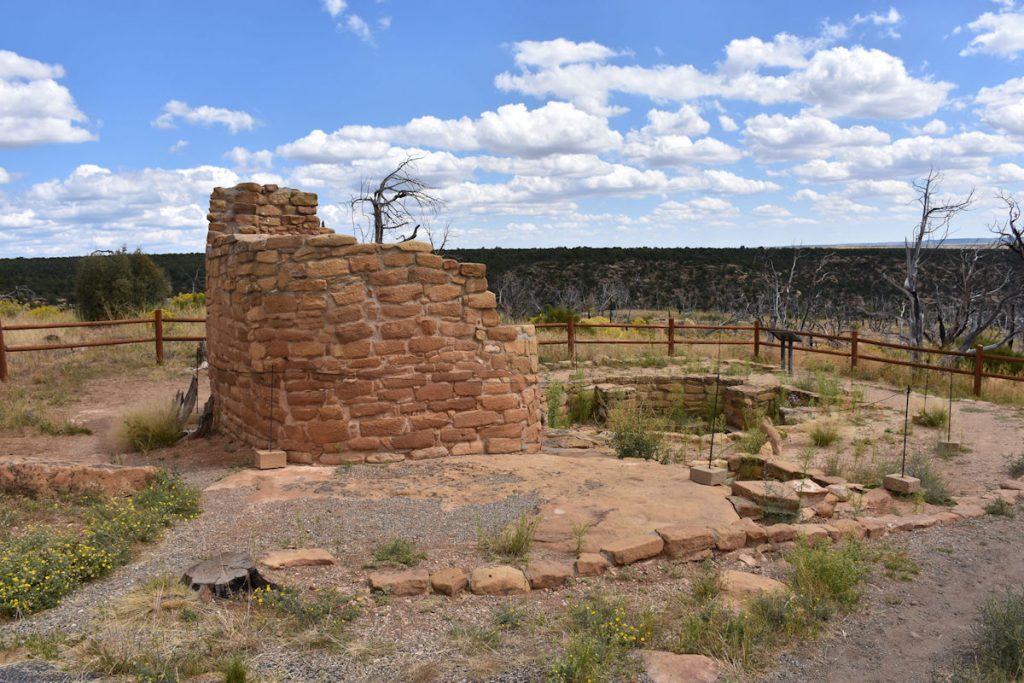

FOREST FIRES
As we drove around the park, there were several areas where there was
evidence of large fires similar to what we saw in Alaska when we lived there.
Although burned tree trunks remain, new life is sprouting up from the forest floor.
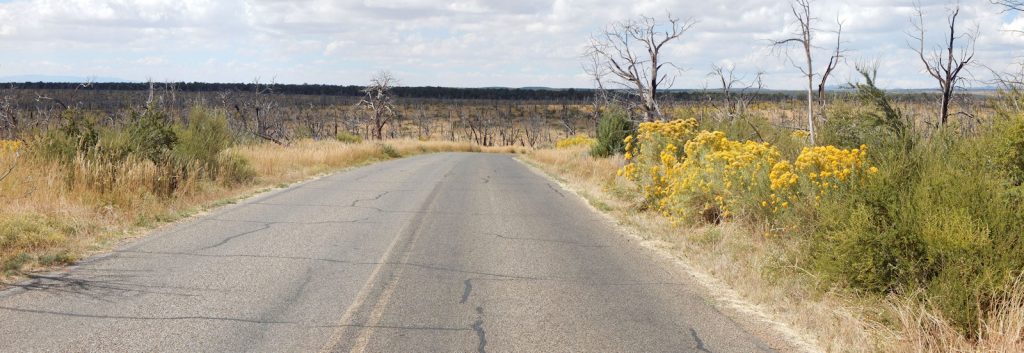
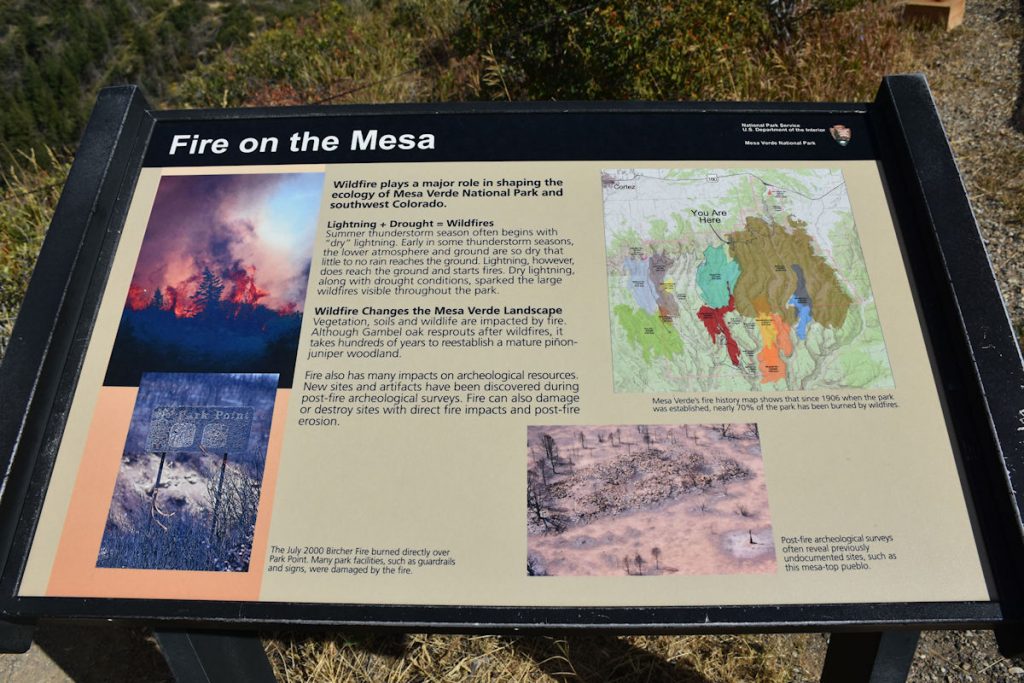
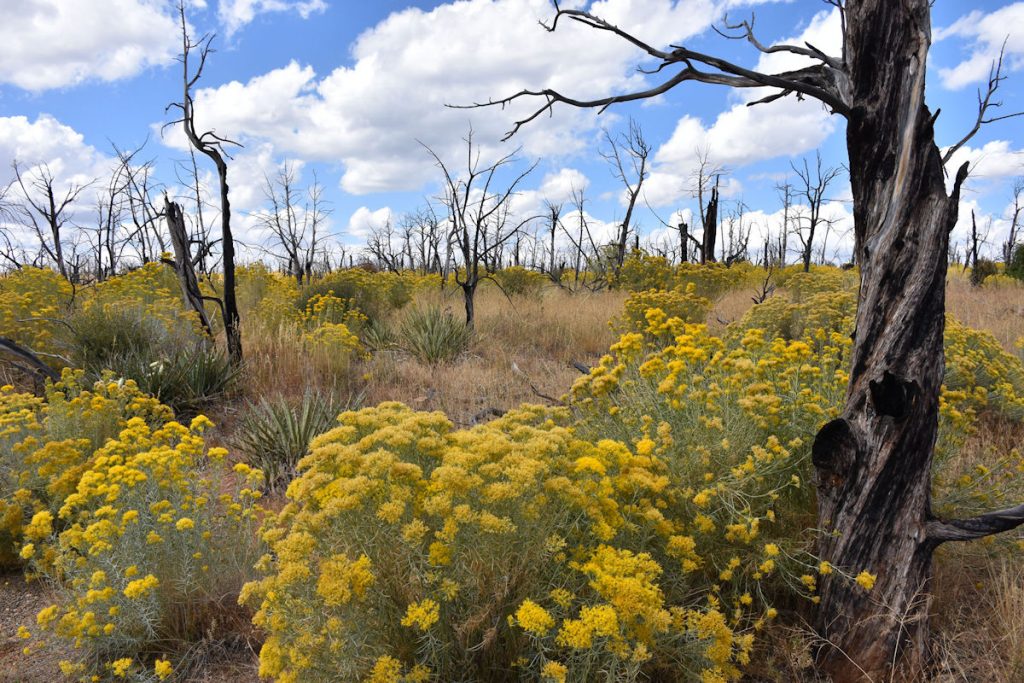
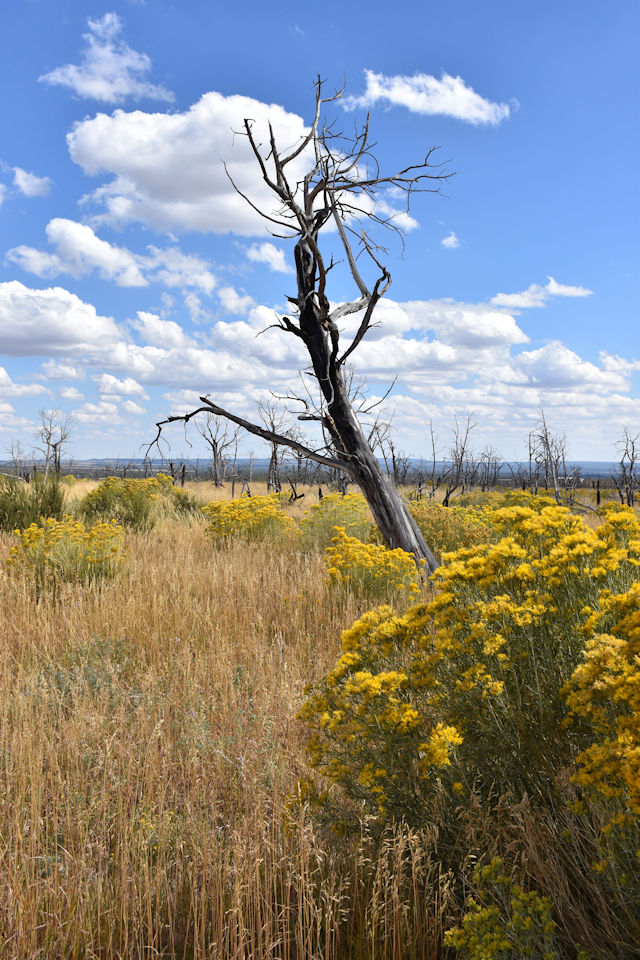
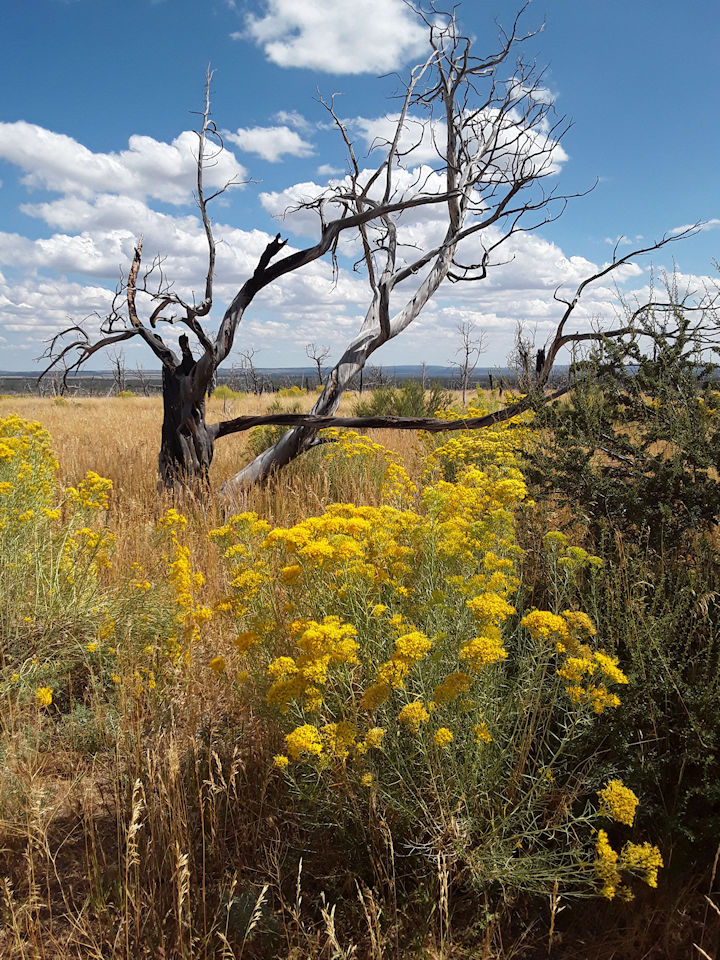
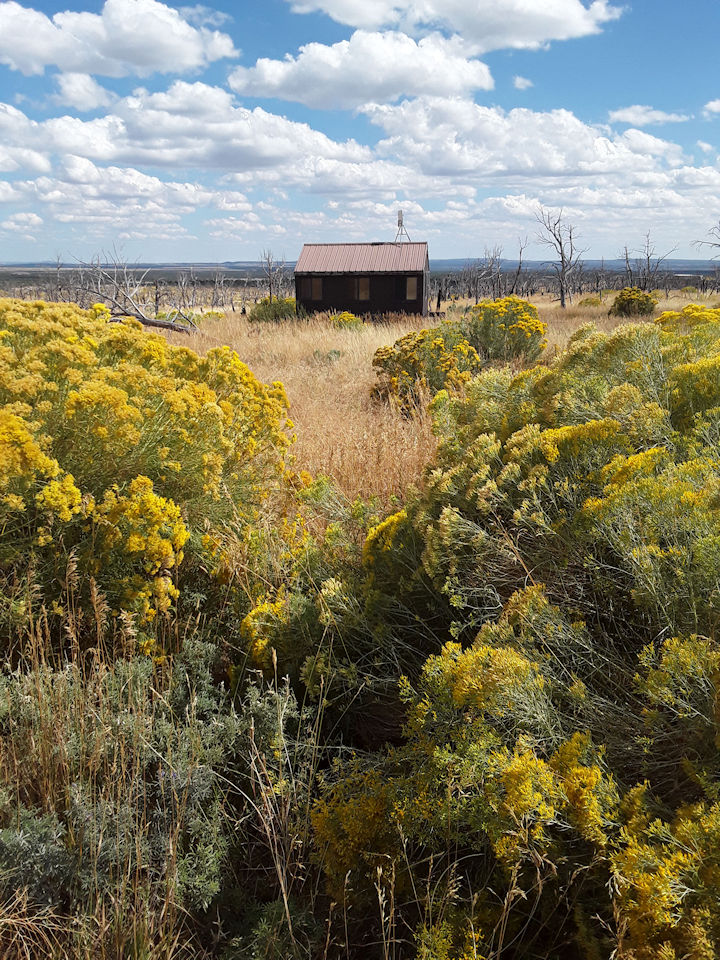
Nearing the center of the park – Far View Area.
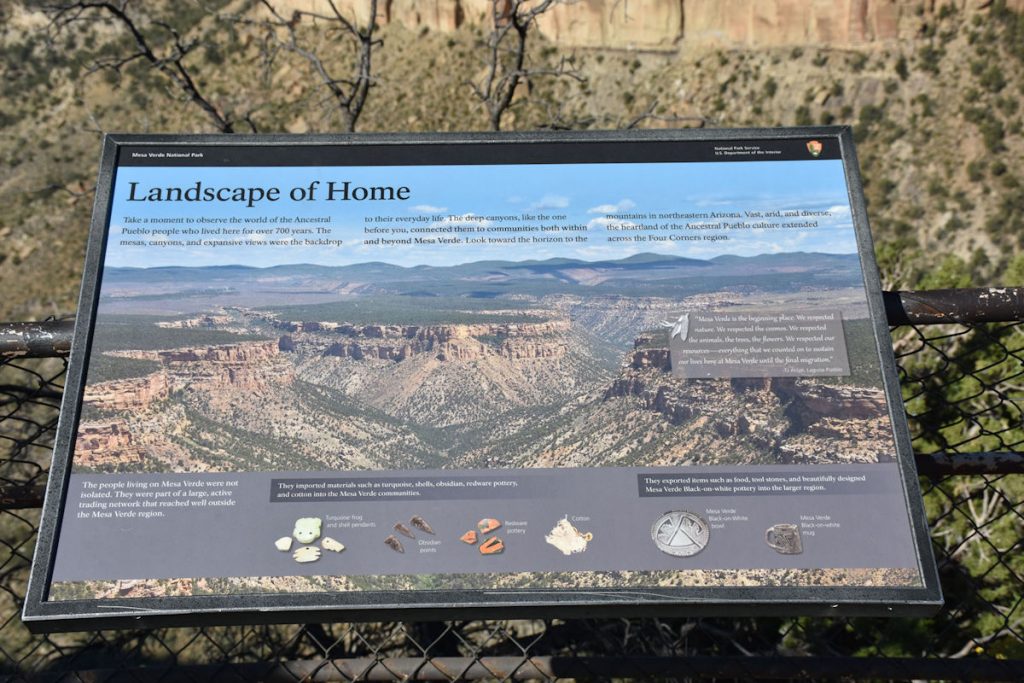
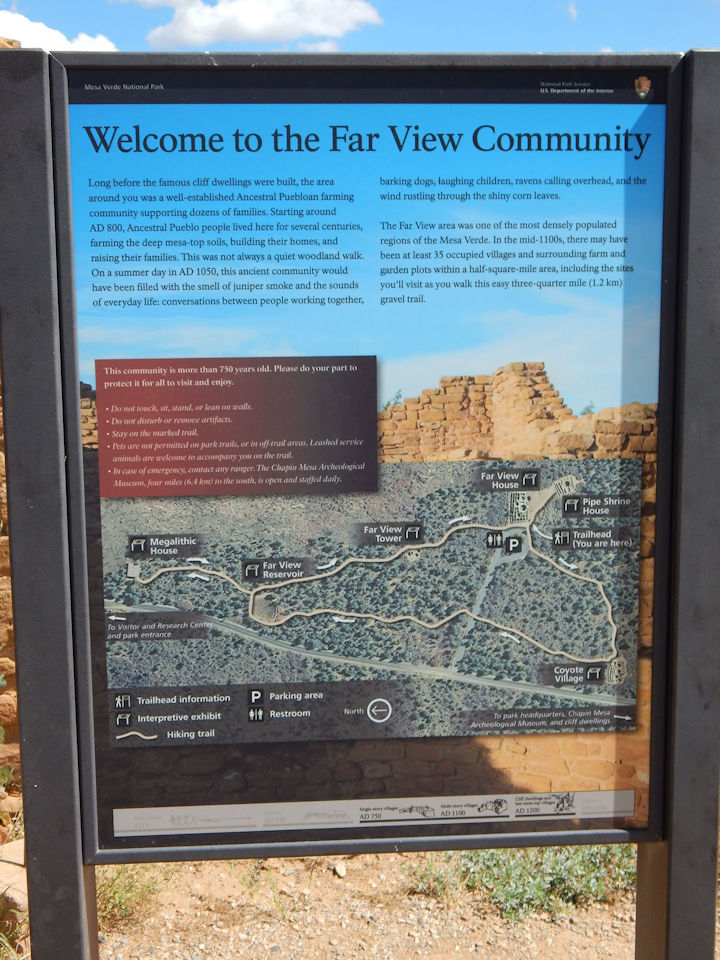
This area was one of the most densely populated areas around.
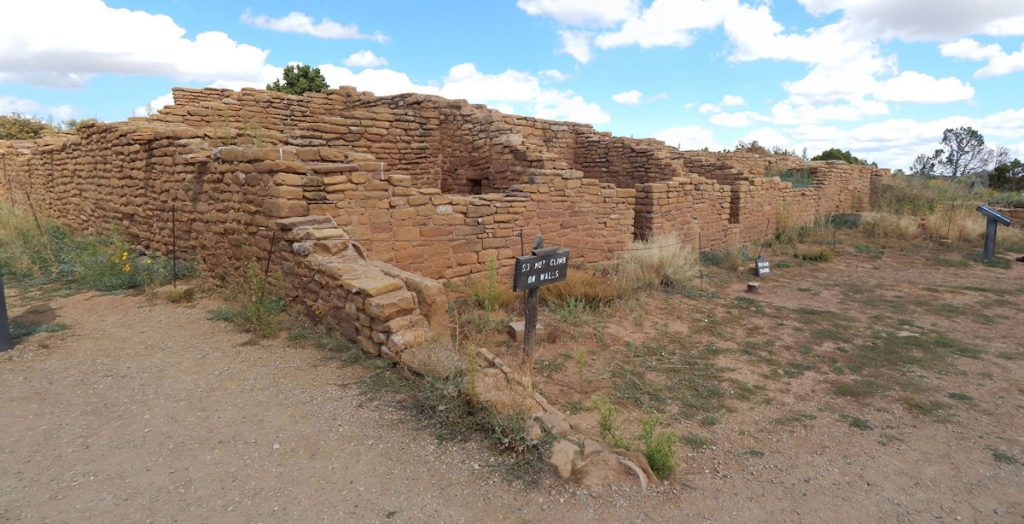
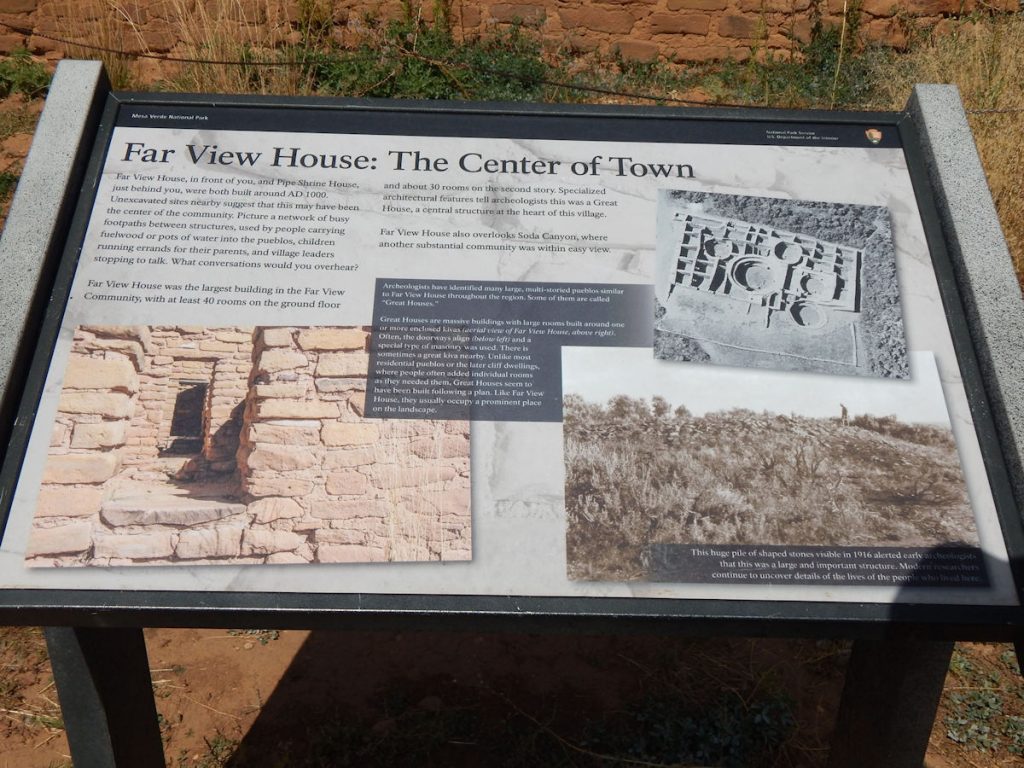
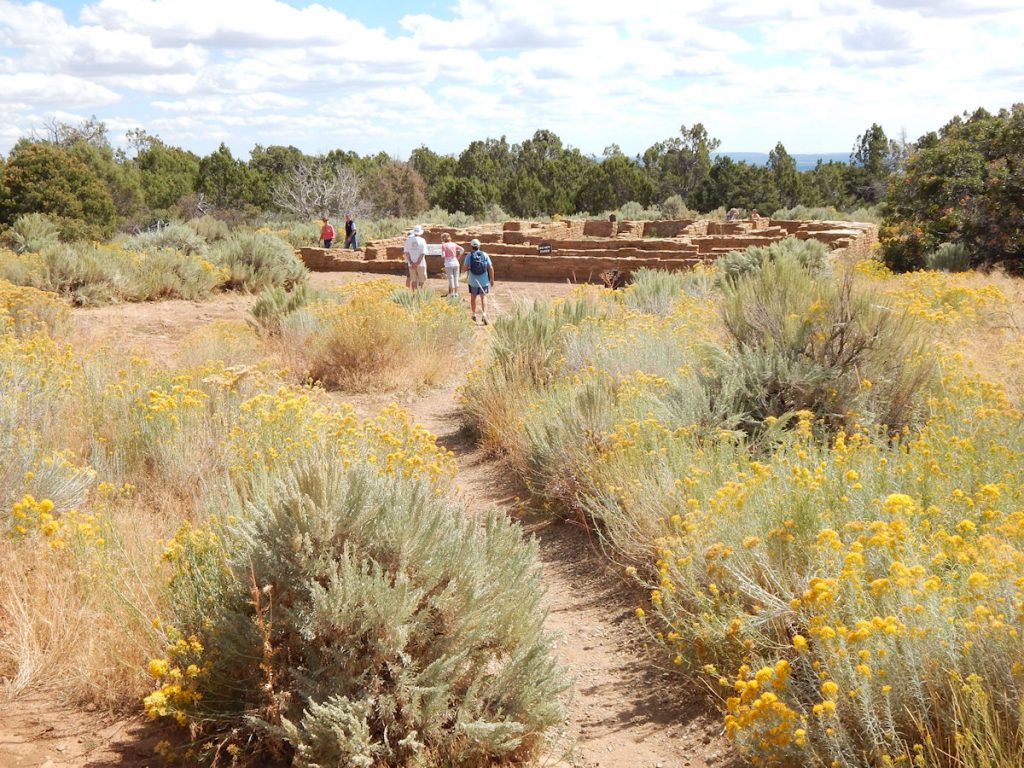

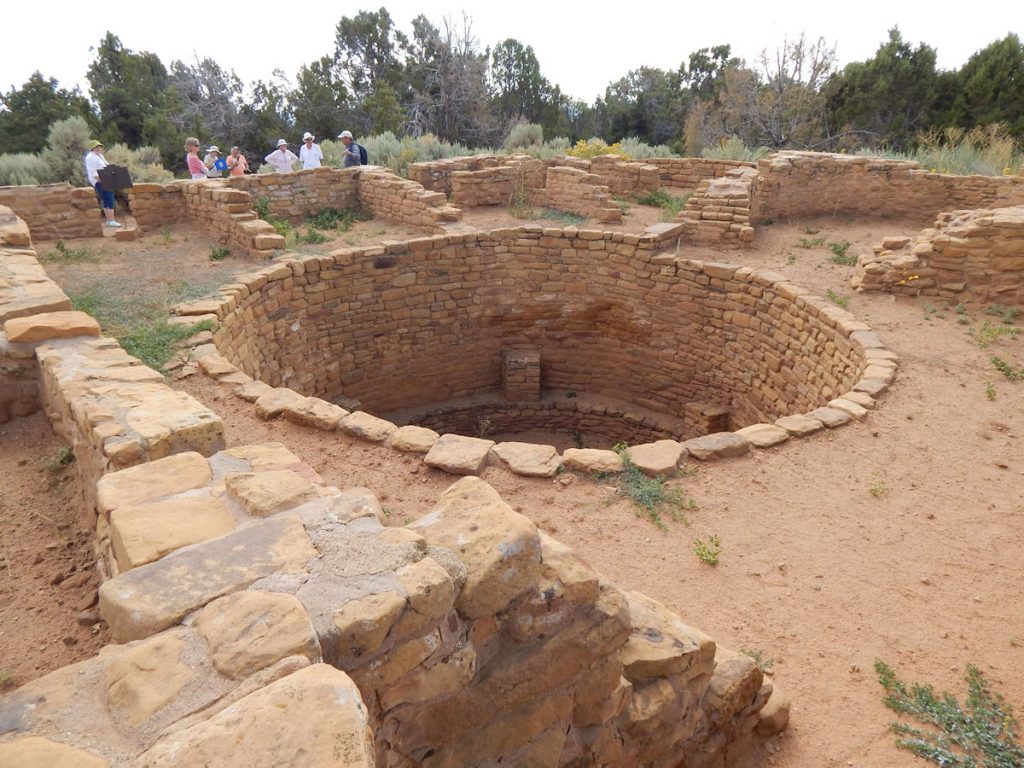
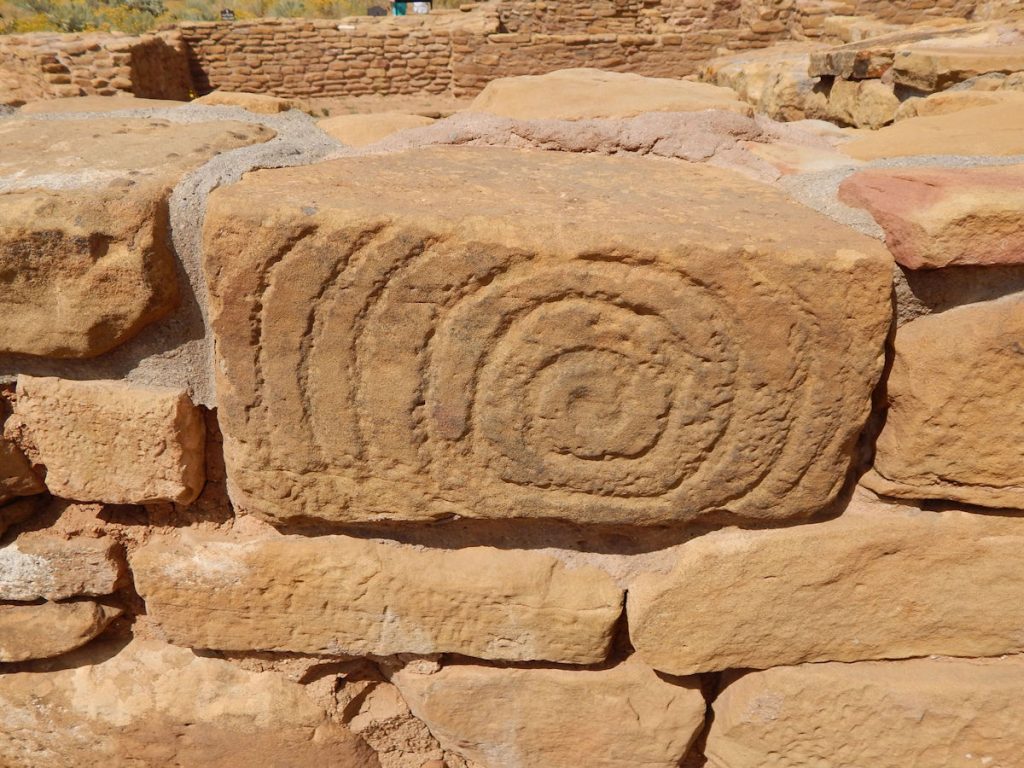
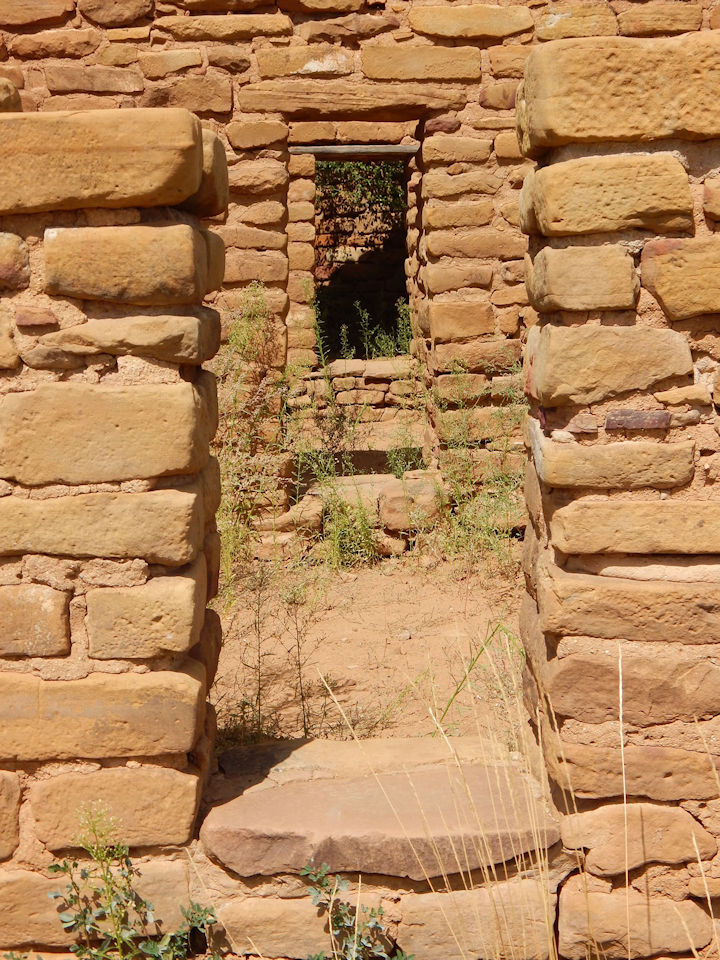
After lunch, we drove down the west side of the park on Wetherill Mesa.
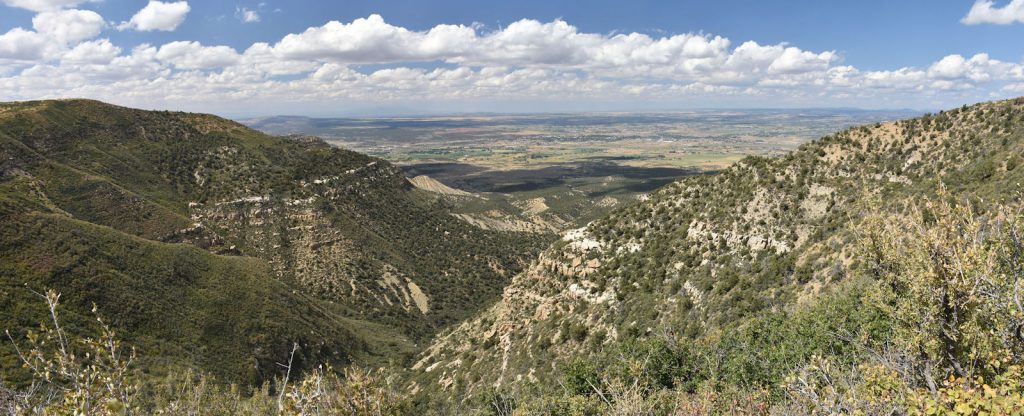

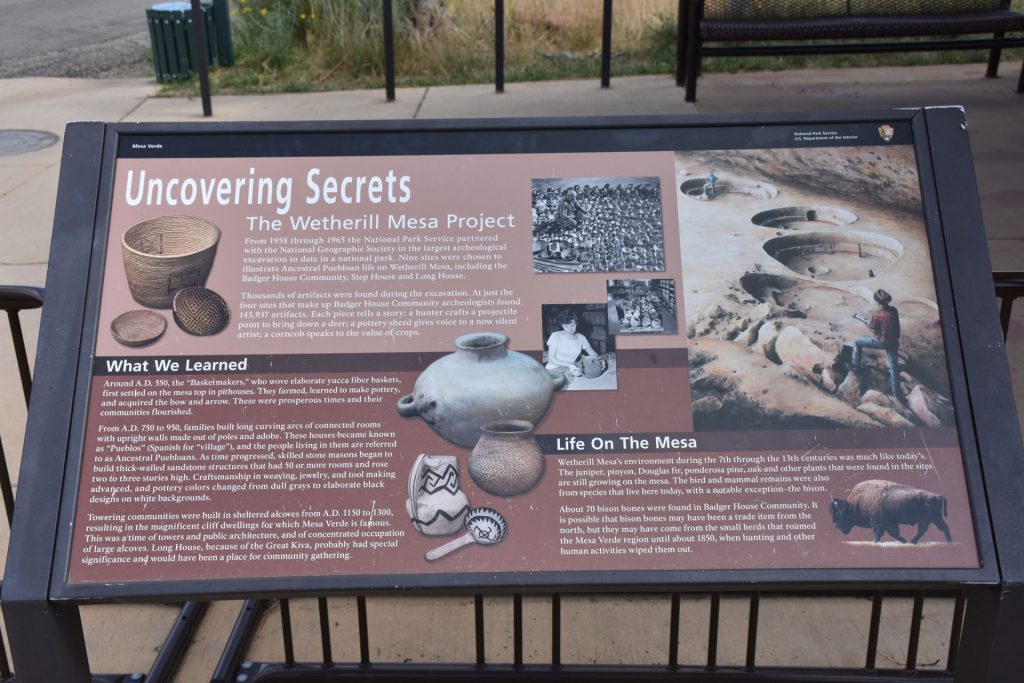
PARK POINT OVERLOOK
Since we had reached the end of the road, it was time to head back to the entrance.
But first, we want to stop at the Park Point Overlook, the highest point in the park.
We drove by earlier, but wanted to save it for when we were leaving.


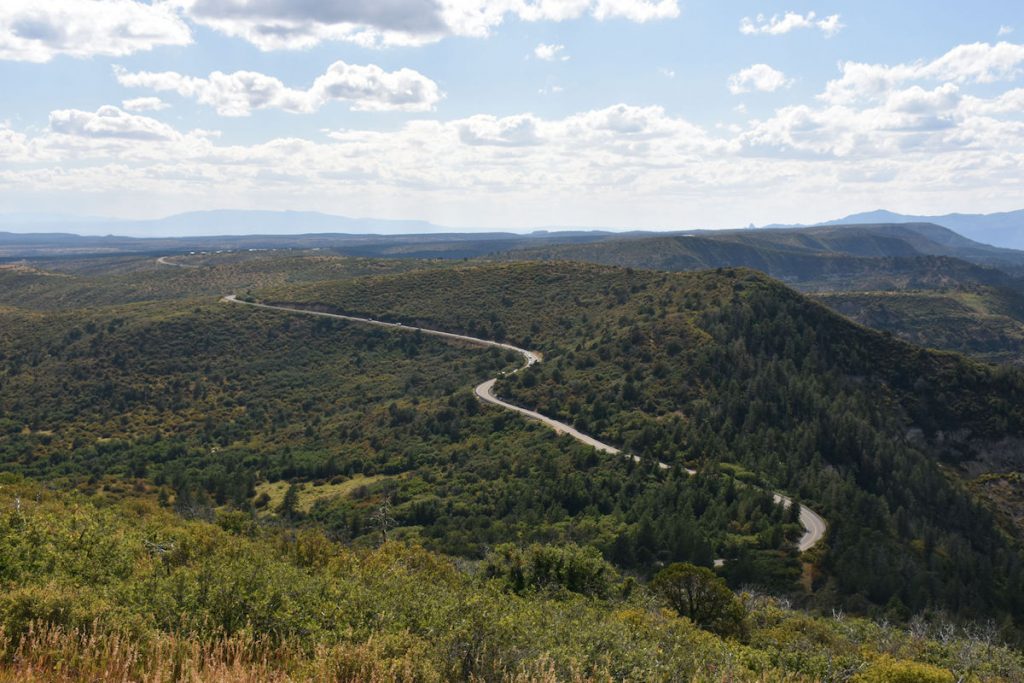
The cliff dwellings are about 10-12 miles straight ahead.
This relatively flat area is still over 8,000 feet elevation.
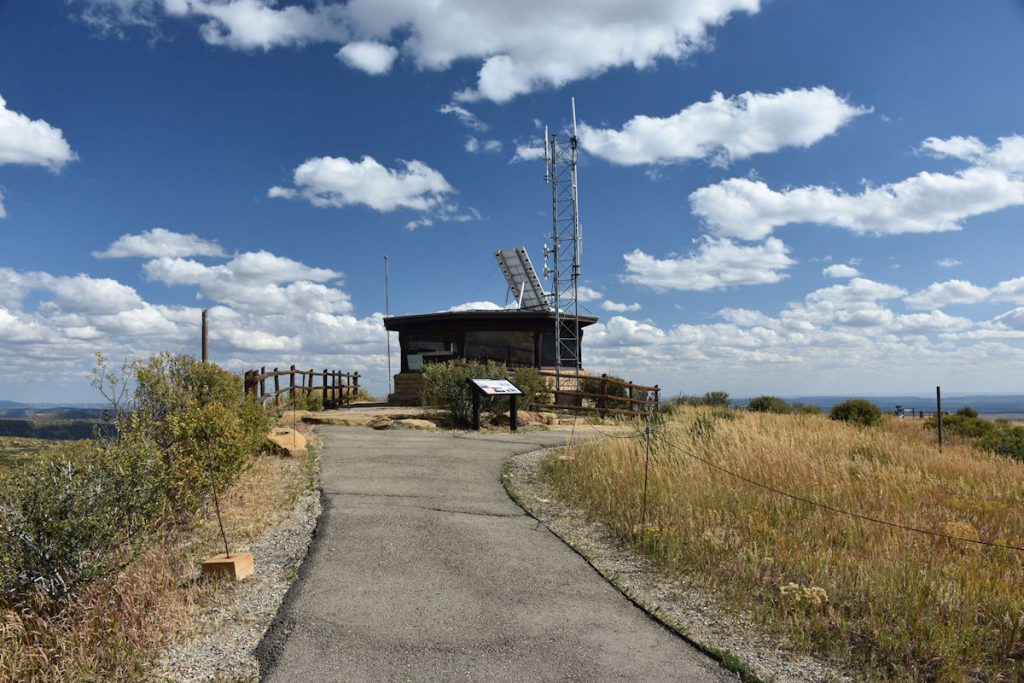
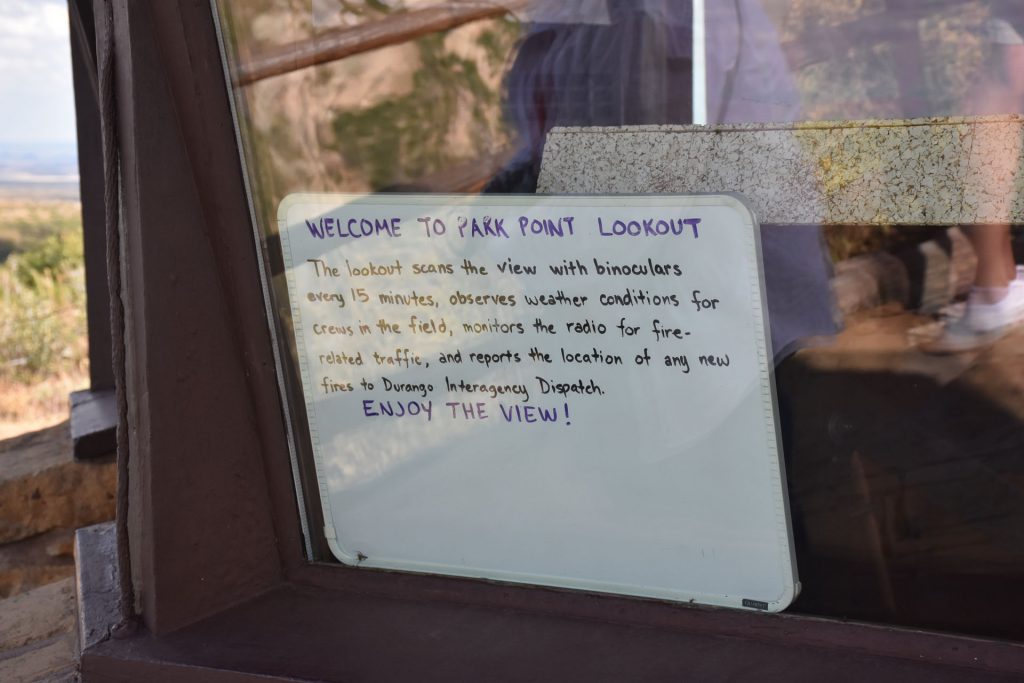
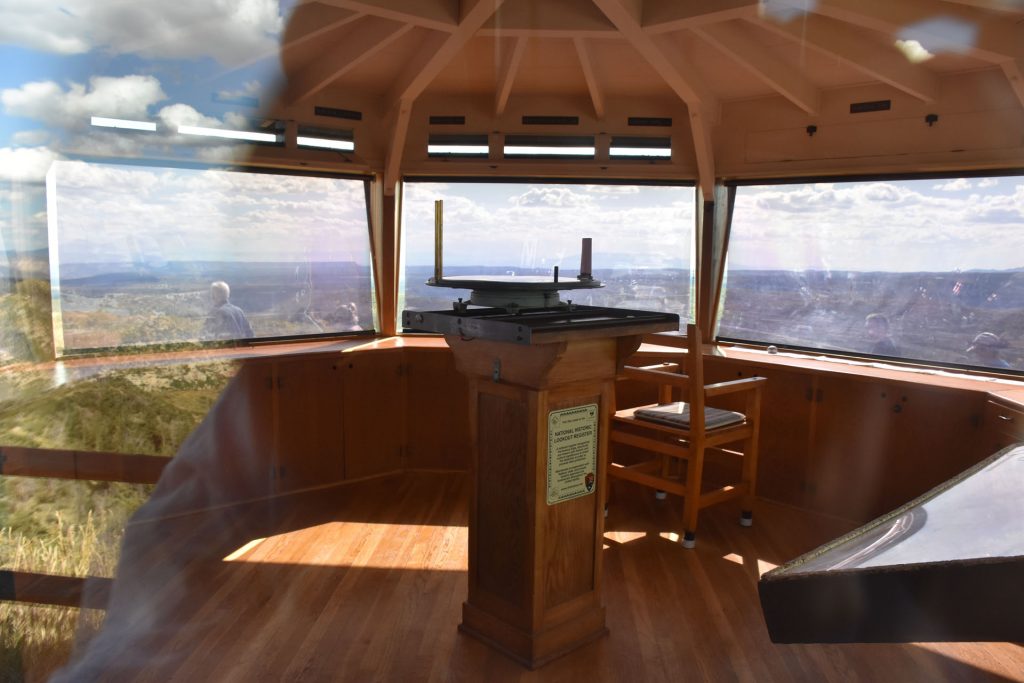
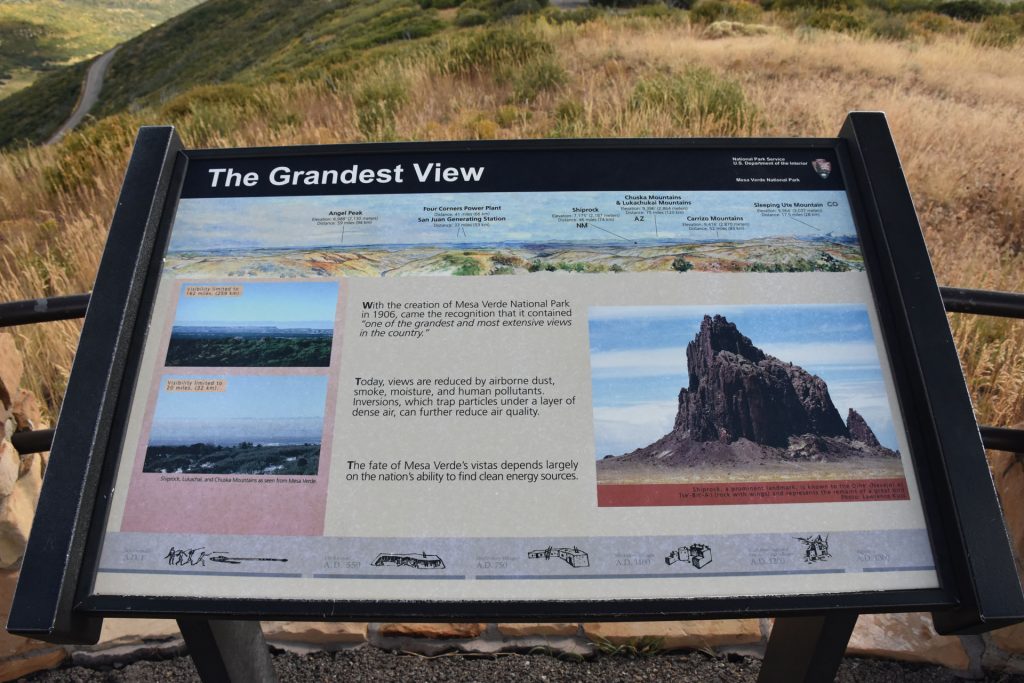

TIME TO HEAD BACK TO THE HOTEL
It’s been a great day exploring Mesa Verde National Park, but we’re tired and ready to call it a day.
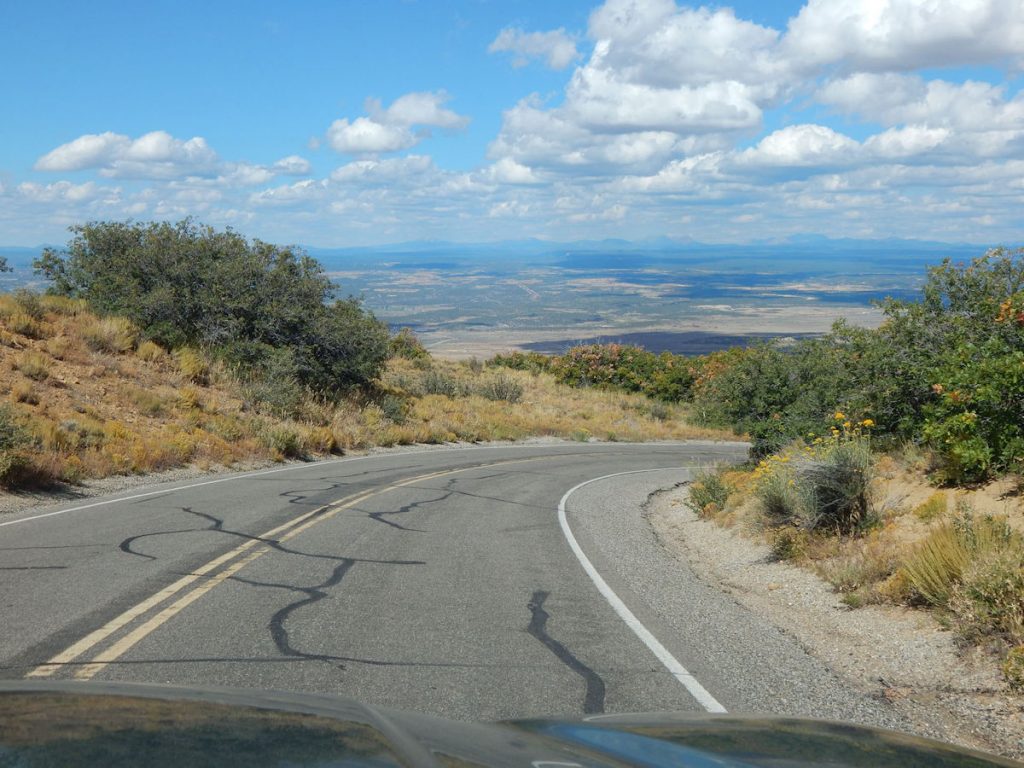
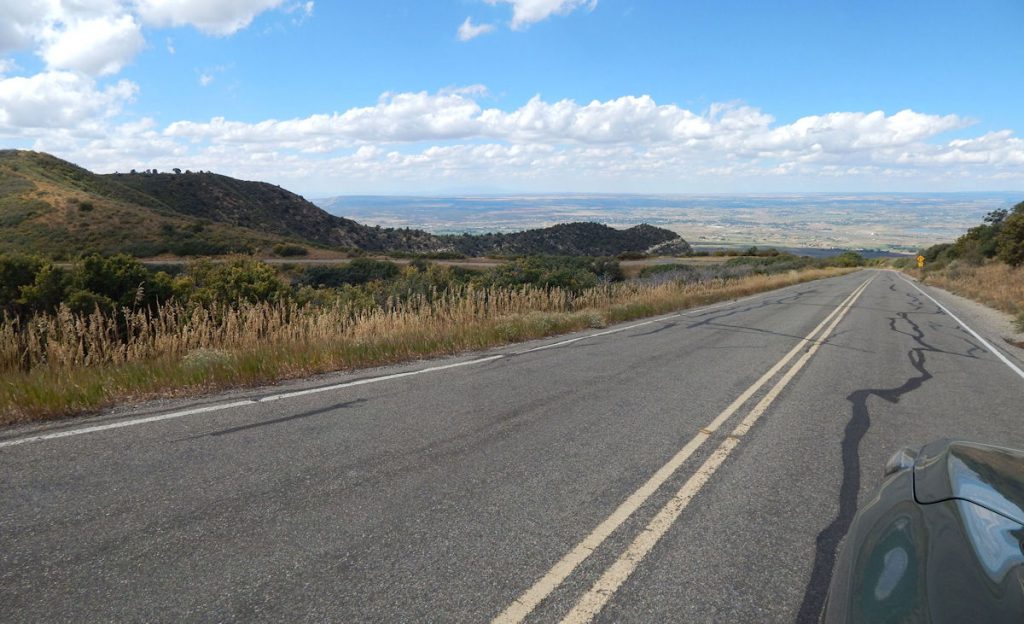
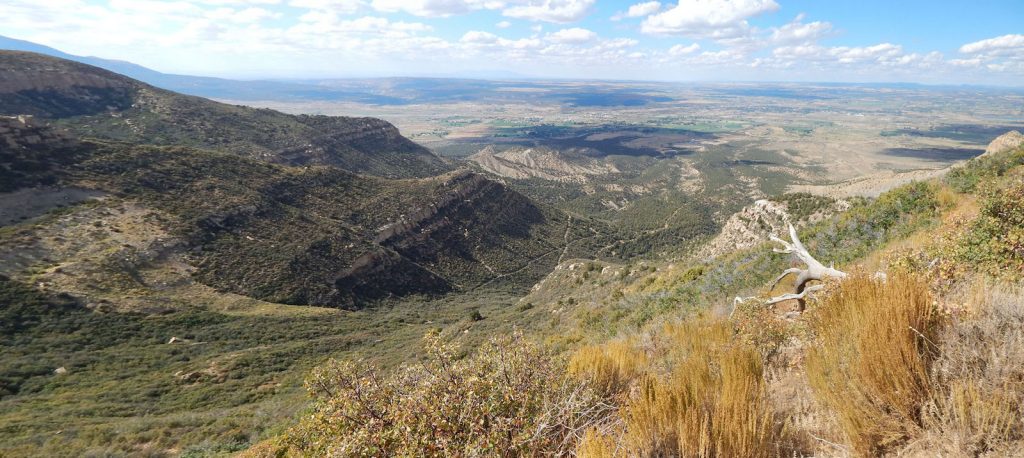
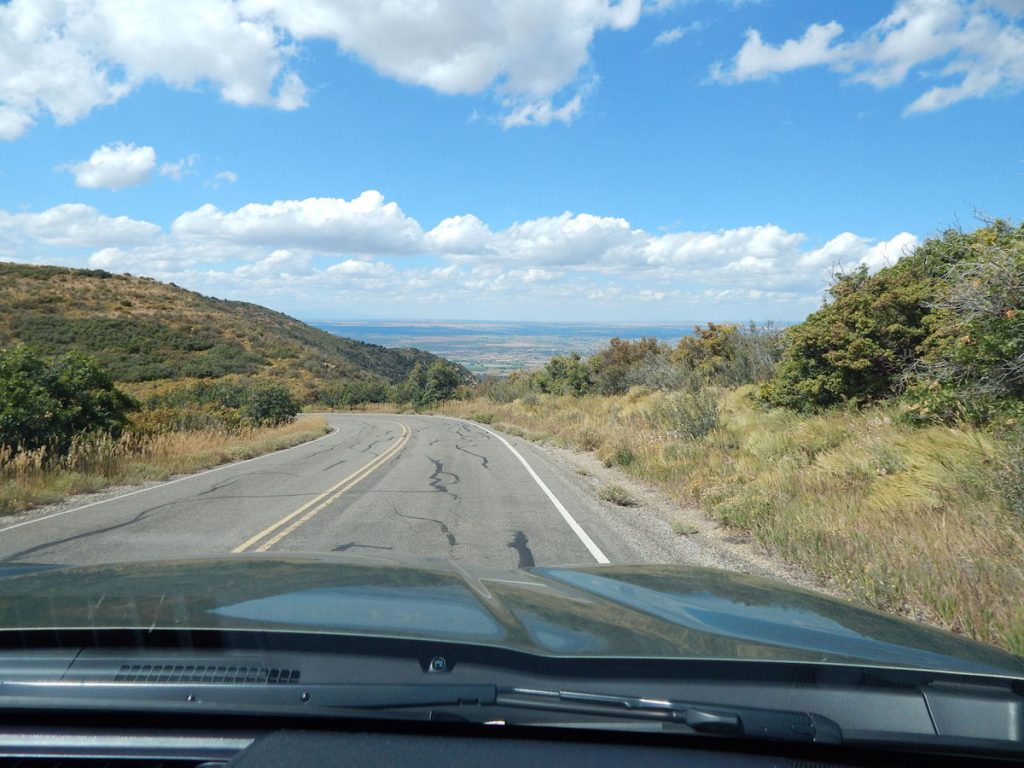
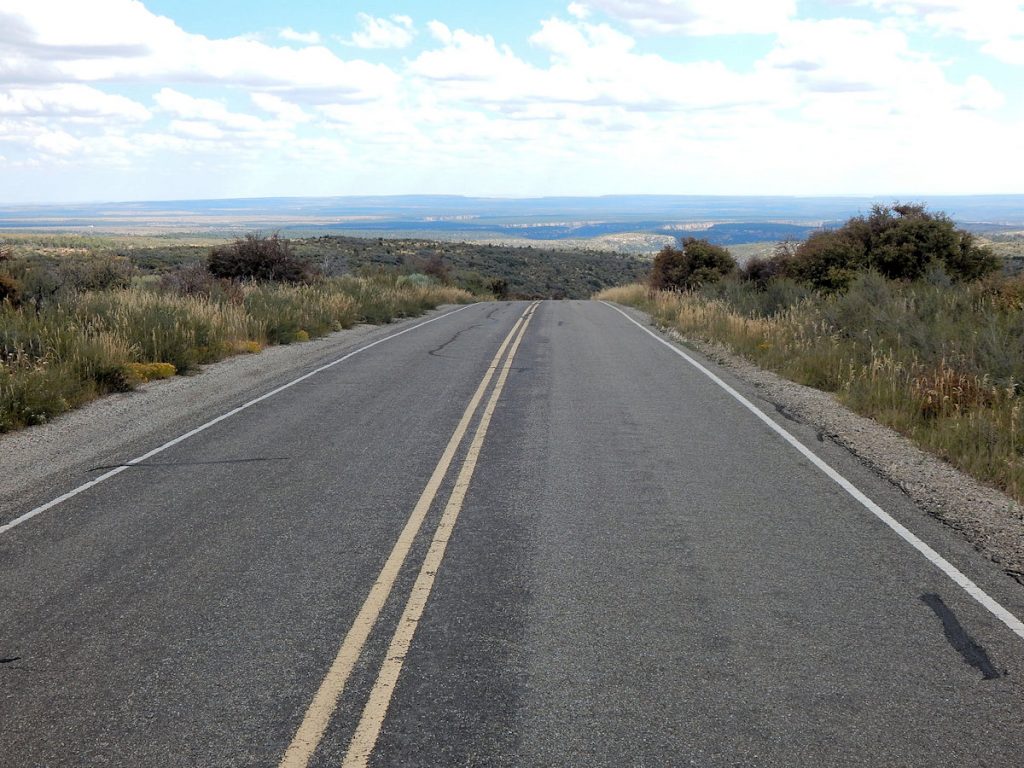
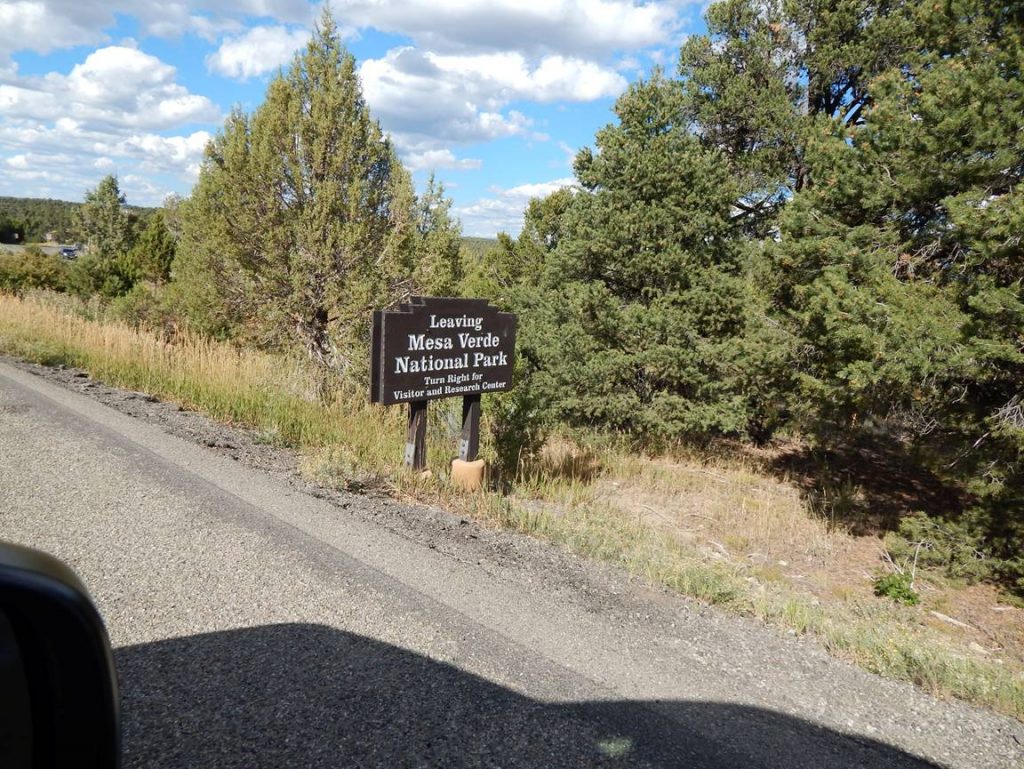
Learn more about Mesa Verde National Park: https://en.wikipedia.org/wiki/Mesa_Verde_National_Park
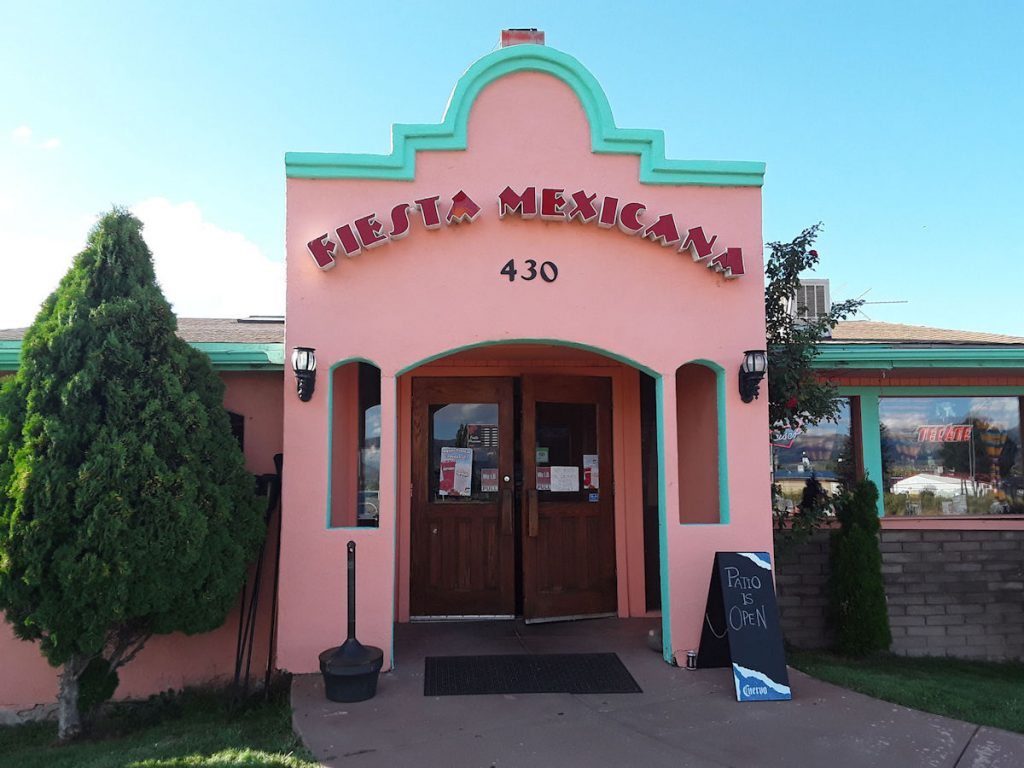
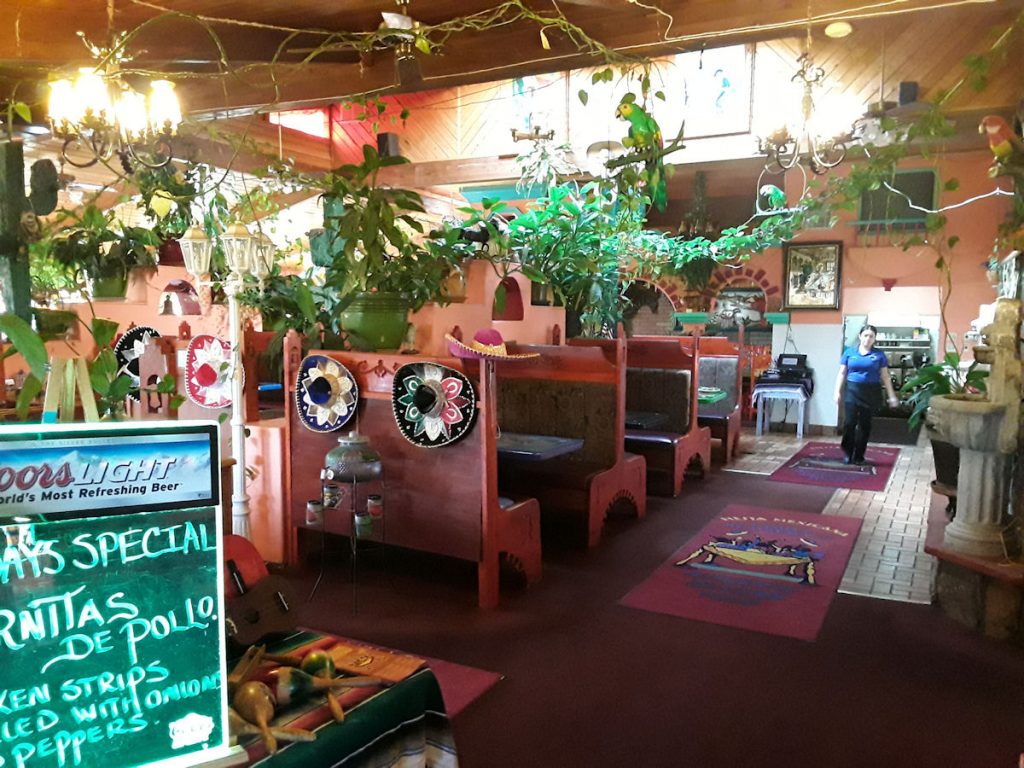
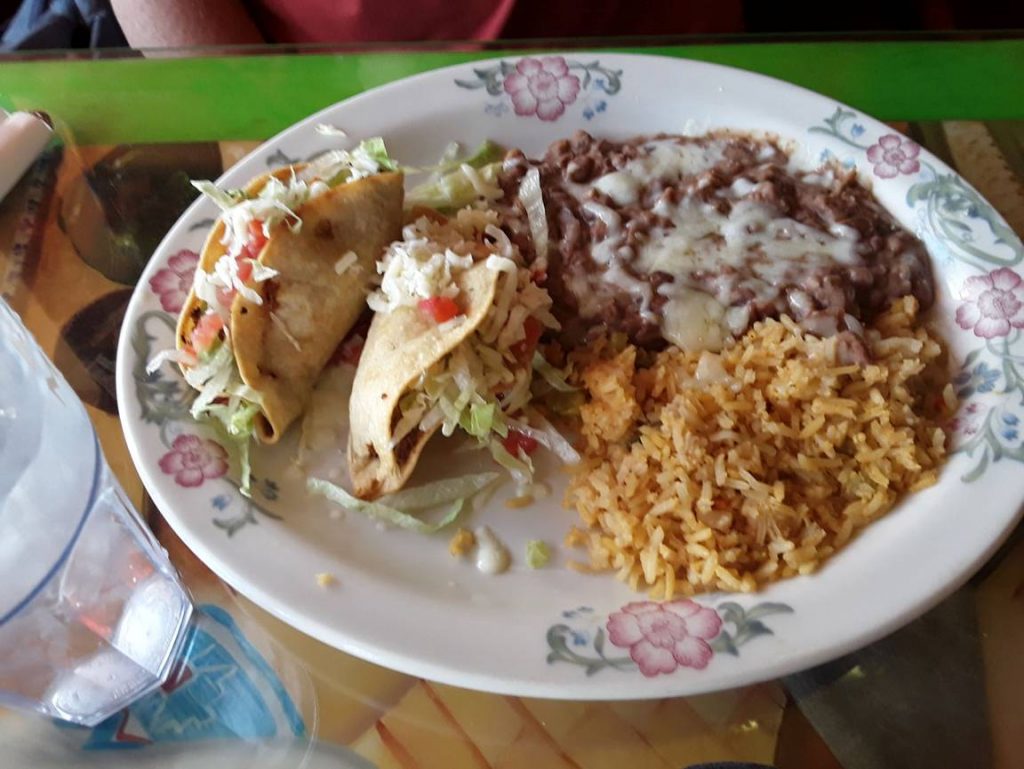
We returned to the hotel and relaxed watching TV until bedtime.
Tomorrow, we return to Utah (for the 4th or 5th time this week!) to go to Arches NP.
Hope you will join us!
Mileage Today: 101 Miles
Trip Total: 4,132 Miles
PROCEED TO DAY 19 – MESA VERDE NP TO ARCHES NP, UTAH AND GRAND JUNCTION, COLORADO
